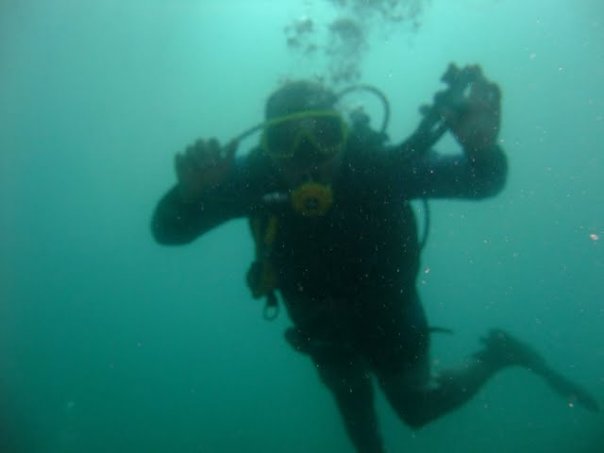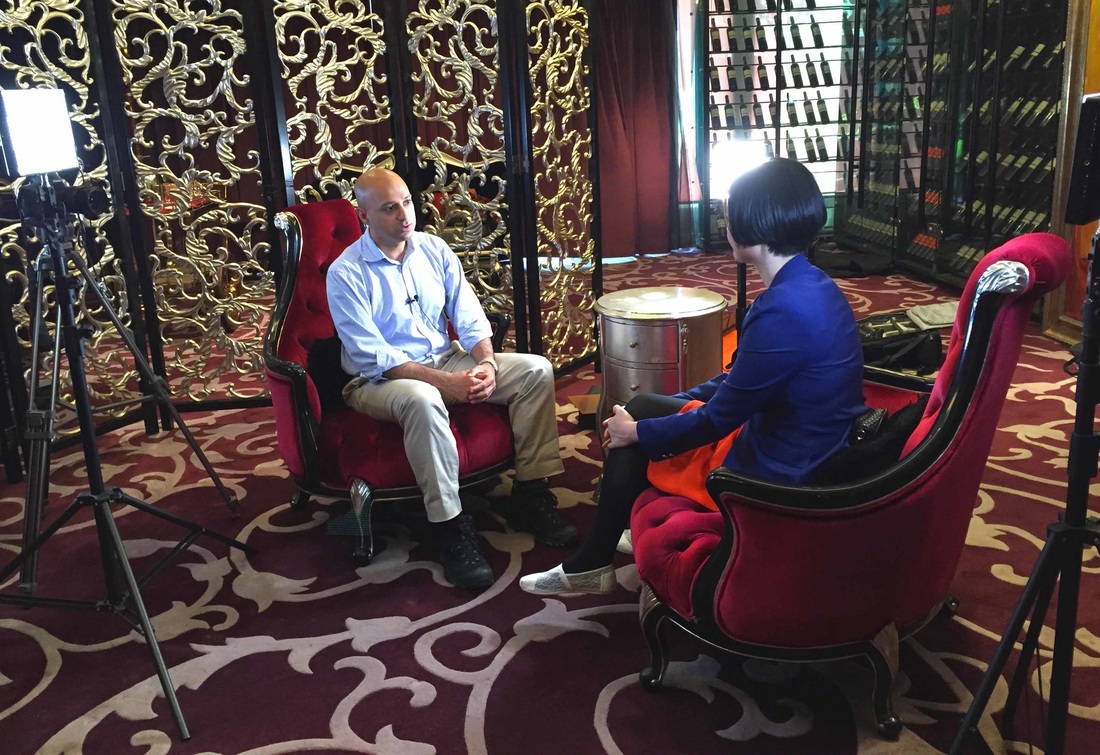|
The air show was delayed for two years during the pandemic
This week saw the welcome return of the Farnborough Air Show. Running from 18-22 July, visitors were treated to displays, press releases, panel roundtables, exhibitions from the aviation industry, including aerospace, defense. Issues such as Environmental, Governance and Sustainability (ESG) were high on the agenda, with aircraft manufacturers and airlines promising smarter technology, cleaner fuel, and greener business. This means more room for highly fuel efficient and quieter aircraft, and hopefully less expensive to operate.
As an example, Airbus and CFM International are collaborating to flight test CFM’s cutting-edge open fan engine architecture on board an Airbus A380. The Flight Test Demonstrator is aimed to mature and accelerate the development of advanced propulsion technologies, as part of CFM’s Revolutionary Innovation for Sustainable Engine (RISE) demonstration programme. “New propulsion technologies will play an important role in achieving aviation’s net-zero objectives, along with new aircraft designs and sustainable energy sources,” said Sabine Klauke, Airbus Chief Technical Officer. British Prime Minister Boris Johnson, astronaut Tim Peake, and British Transport Secretary Grant Shapps visited the show in the first two days. The Prime Minister met some of the 1,500 exhibitors at one of the world’s biggest aerospace and defense trade shows. In a speech, Mr Johnson said: "I’m glad that I finally made it to Farnborough, this famous air show, in the climactic weeks of my time as Prime Minister." The photos in this blog were taken over the five days, in a period in which we experienced the hottest day ever in the history of records in the UK (40.2C) on Tuesday July 19, followed by the obligatory rain showers. Hence why you seen a blue sky in some photos and a dark grey in others. Were there many orders?
With this being the first show in four years (and with a delay due to the Pandemic), it seemed and came across as a quieter affair compared to previous shows. There wasn't the much anticipated fanfare that happened in previous years. But one thing was clear: Boeing seemed to do quite well in terms of orders. Though Airbus, meanwhile, managed to conduct just two sales on the premises of the airshow, one for the A220 and one for the A321neo. However, it had secured a big win just ahead of Farnborough, with China’s top three carriers ordering almost 300 A320 family aircraft on 1 July, 2022. This chart from AeroTime shows a breakdown of the orders made in this year's show, and Boeing has certainly made more orders in 2022:
The Boeing 737 MAX 10
The largest of the 737 MAX family, the Boeing 737 MAX 10, made its international debut at the Farnborough International Airshow 2022. During the show, the aircraft ran on a blend of sustainable aviation fuel. Before the show, Boeing had already received more than 3,300 net orders for 737 MAX narrow bodies, and kicked off the Farnborough Airshow with firm order signings with Delta Air Lines, Inc. for at least 100 Boeing 737 MAX 10 jets and with All Nippon Airways parent ANA Holdings for twenty 737 MAX 8s, along with two Boeing 777-8F cargo variants.
Also, Qatar Airways made official an order for 25 Boeing 737 MAX 10 aircraft, with options for a further 25 of the type. "We are honored that Qatar Airways has decided to add Boeing’s single-aisle family to its fleet, deepening our relationship with this world-class airline," said Stan Deal, President and CEO of Boeing Commercial Airplanes. "The 737 MAX 10 is ideally suited for Qatar Airways’ regional network and will provide the carrier with the most capable, most fuel-efficient airplane in its class," he added. The order, worth $3.4 billion at list prices, capped a largely one-sided show dominated by Boeing's efforts to shore up the MAX 10, whose future lies partly in the hands of regulators and Congress. Qatar Airways displayed its Boeing 777-300ER (FIFA World Cup 2022 Livery), 787-9 Dreamliner and Qatar Executive Gulfstream at the airshow.
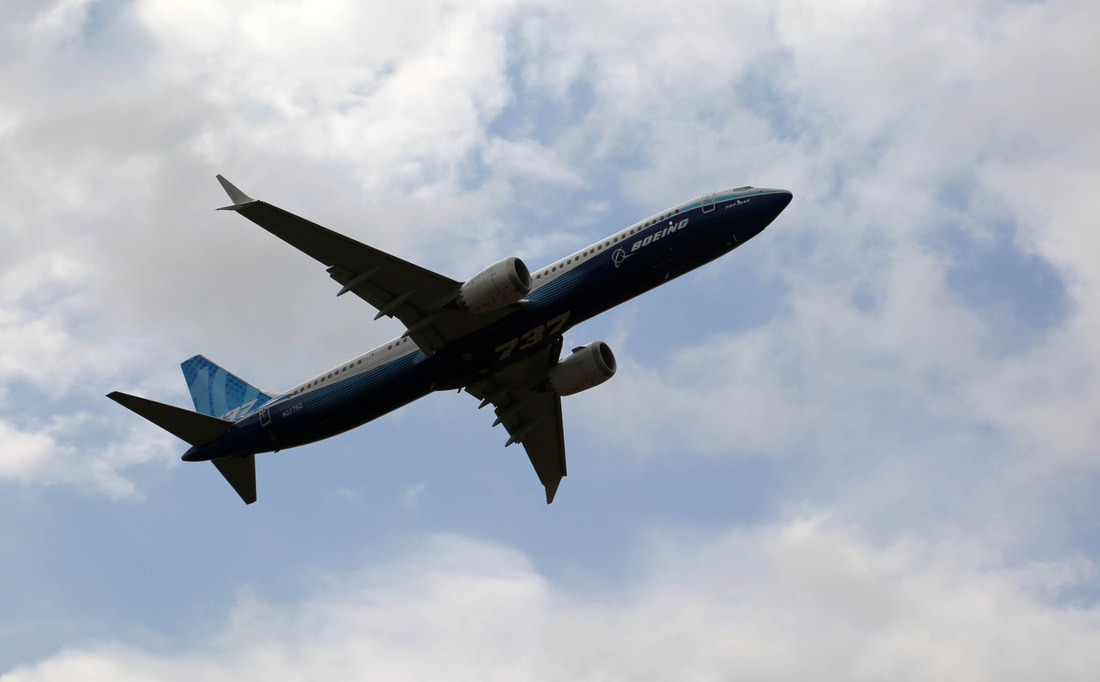
The Boeing 737 MAX 10 leaves Farnborough after the show back to Seattle via Reykjavik. The 737 MAX 10 will continue test flights and obtain its type certificate before it can begin scheduled operations. The delay, caused by the problems of the 737 MAX 8 and the extended scrutiny of the U.S. Federal Aviation Administration (FAA), is a major stumbling block in its commercialization. Photo Copyright Navjot Singh
The Boeing 777X
One of the highlights of 2022’s edition of the show was the huge Boeing 777X, the world’s largest and most efficient twin-engine jet, which the manufacturer showed off in both static and flying displays. With new breakthroughs in aerodynamics and engines, the 777X will deliver 10 percent lower fuel use and emissions and 10 percent lower operating costs than the competition. The 777X is based on the original 777, but is much larger, more powerful, and is ready to serve the next generation of long-haul air travel, and generally passengers prefer large aircraft, and this will not disappoint!
Even though the 777X has been delayed by over five years, we are in this interesting period where the airlines that were affected by the delay have almost got over that part now. The COVID-19 Pandemic, if anything, has helped that cause. With any new aircraft, airlines are usually cautious. It is going to be great for the passengers and great for the airlines, too! Warm champagne anyone?
The show also saw the introduction of some interesting features that we may see. Thanks to the team at Turningleftforless for taking this video of a "Champagne on Demand" as demonstrated by Adient collaborating with Boeing to explore improved comfort, functionality of commercial aircraft seating and interiors. My mate, James Nixon (ex- A380 captain), queried "Why does any airline exec think passengers want to drink warm champagne?".
Airbus A350-900 XWB and the Airbus A220-300
Airbus brought its A350 test aircraft for display flights throughout the show. Also, Airbus showcased an ITA Airways A350-900 and an Air Baltic A220-300 aircraft on the ground.
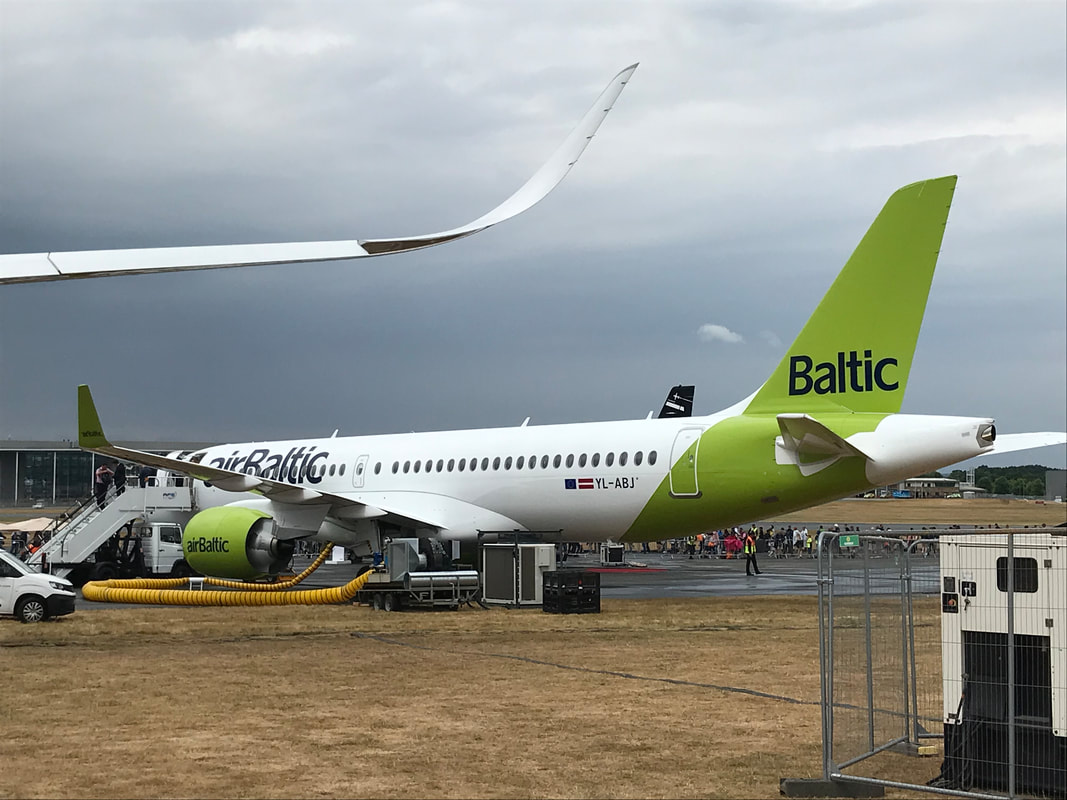
Air Baltic's A220. One of the biggest orders for the aircraft came from Delta Air Lines, Inc. Delta Air Lines firmed up orders for 12 A220-300 aircraft, bringing Delta’s total firm order for A220s to 107 aircraft – 45 A220-100s and 62 A220-300s. The A220s will be powered by Pratt & Whitney GTF™ engines. Photo Copyright Navjot Singh
New British Airline: Hans Airways
Start-up carrier Hans Airways moved a step closer to launching flights between the UK and India, with the lease of an A330-200 aircraft and the start of crew training. According to the CEO, Satnam S. Saini, the aircraft is weeks away from launch.
The airline plans to launch flights between Birmingham airport and Amritsar as a key destination using an ex-Air Europa A330 and with a two class configuration – economy (branded Anand Class) with 274 seats and a seat pitch of 31 inches, and premium economy (Anand Plus) with 24 seats and a seat pitch of 56 inches. Updating the media on progress Barry Humphries, CBE, Hans Airways’ board director and former head of air services policy at the UK Civil Aviation Authority, said: “With the loss of flights operated by India’s Jet Airways and British inclusive tour operators Thomas Cook and Monarch Airlines, there is room for a third UK airline flying between UK and India (complementing British Airways and Virgin Atlantic.) All of us are working exceptionally hard and on schedule to be that third UK designated carrier.” Supernal's eVTOL vehicle cabinBlack Eagles and the Boeing Stearman (Aerosuperbatics Wingwalkers)Future is Boom?
Boom Supersonic announced the updated design of Overture with 4 engines. Carrying 65–80 passengers at twice the speed of today’s airliners, Overture will fly Mach 1.7 over water with a range of 4,250 nautical miles.
Boom further said that the new design is the culmination of 26 million core hours of simulated software designs, five wind tunnel tests, and the careful evaluation of 51 full design iterations resulting in an economically and environmentally sustainable supersonic airliner. Boom also announced a market-expanding alliance with Northrop Grumman to develop special mission variants for the U.S. Government and its allies. The question here is, will it better what Concorde achieved and will passengers pay for and enjoy the experience? United Airlines have already proudly stated that they plan to offer services on Boom. But will it be a success? We shall see. Maybe a debut at future Farnborough Airshows? Aircraft on display
0 Comments
I first met James on an Emirates A380 flight from Dubai to London Heathrow (Callsign ‘EK003 heavy’- click here to view the review of that flight) in 2011. He was our Senior First Officer and was kind enough to take a few photos for me from the flight deck using my camera (my camera was allowed in, but not I!). We had an amazing crew on that flight, and the senior purser was a good bloke. Upon hearing that I was a photographer and journalist, he replied “Oh, our senior pilot is also a photographer and author- let me speak to him and see if he can lend you his book”. The guy gave me his book for the whole flight…best in-flight reading I have ever done! After we landed at a windy Heathrow, the senior purser (who somehow also doubled as a good salesman), asked me “So, what do you think? Would you like to buy it?” I burst into laughter….I thought it was a free gift from James! Ever since that flight, we have been good mates. I can say that he comes across as a very friendly and customer-focused person- which is a rare to find in the aviation industry these days. Reading his blog posts and his Facebook posts, you get the feeling that he is a true aviator and not just a pilot- he calls his planes girlfriends…I mean, you can’t really get much more love out of your job than that! He makes you wish you were a pilot, even if you are not into aviation and even if you have no love for planes whatsoever! James has always provided me with great advice about flying and I have cherished that advice. We met again in Dubai in 2015. This time he was preparing for his simulator test for his command course on the Airbus A380. It was at that time that he told me of his retirement plans. I was quite sad and surprised to hear it. James’ last flight, EK407, was on the 24th of September from Melbourne (MEL) to Dubai (DXB) on aircraft registration A6-EDY, arriving early in the morning in Dubai. I cannot begin to imagine what he must be going through at this time, knowing that he will never fly ever again. His career has been nothing short of an exemplary one for those who want to enter the challenging but rewarding world of aviation. He will be writing books in his retirement on subjects related to aviation (while downing a few well-deserved daiquiris in Boracay, no doubt!). Click here to read a review I wrote for one of his books in sleeping for pilots and other insomniacs! In his own words, just before this last commercial flight out of Melbourne for Dubai, the great Melbournian said on Facebook: “They say pilots only love the plane they're flying ... And they remember only two flights, the last one they did and their first solo. Thanks, Peter Nelson, for sending me solo in 1985 ... Will never forget it!”. After a remarkable career of thirty-one and a half years that many can only dream of having, I am sure he will be yearning to fly again soon! Mate, you are really an inspiration to many and it has been an absolute pleasure to know you as a mate. Here’s cheers to a very well-deserved and happy retirement! Below is a recording of James' interview on Melbourne's Radio 3AW with Darren James
Flying from London Gatwick Airport to Madrid International Airport with Iberia Express at night rewards passengers with priceless views of the city. When it comes to writing books, it is always the original ideas that win, and this is one that most people have been waiting for someone to write about. This book is very well-researched, well-written, and thoroughly deserves to be read and reviewed by mainstream global media outlets. The author provides the readers with factual information and very useful messages on a subject that is crucial to those who take us safely from A to B. The author does this all with an entertaining and witty song throughout. It is a pleasure to read what he has written - so much more beautiful and interesting than anything else that you will find in any aviation related magazine.
The only problem here is that I, or anyone for that matter, sadly cannot reveal the identity of the author. Which is a shame, because when you read the amount of excruciating detail that he has gone into in laying out the crude fundamental reasons of why pilots and cabin-crew fail to get a good night sleep, only then you end up realising how fortunate those are that are reading this subject. I appreciate that the author provides interesting facts with a winsome sense of fun, and sometimes with silly-clever interludes, but on the whole there is a lot of pertinent information about a serious subject at hand. It goes without saying that for a demanding job as being an airport pilot (and also cabin crew), getting the license and qualifying to get the job is only the first step in something that can be a rewarding career. However, the real challenge is to fight off the fatigue that comes with the job (it can make or break a career- and that’s one of the many reasons why you need a Class 1 Medical to be an airline pilot). For most passengers, a single 12-hour flight can be enough to put off flying for a while- imagine doing that day-in day-out for the rest of your career. Pilots who fly internationally have to deal with jetlag and the weird times at which they land/take-off all the time, and they have to be fully mentally and physically fit for that. It is not easy by any means. Weird sleep patterns can have a disastrous effect on your body. In many cases, crew only have up to 48 hours of layover time before they turn-around and fly again. Low-cost and regional crew also have to deal with such challenges (though not with jetlag), but imagine starting at 3am and finishing at 1am the following day without a rest and aircraft delays, and then have to start again the following day- that’s the life of a low-cost airline pilot. Many pilots and cabin-crew choose to find various ways to fight of their the pressures of the job - binge drinking (not everyone, of course), sleeping tablets, anti-migraine tablets, chain smoking etc. are all well-known habits that are practised in the industry (it is very difficult to get into and stay in the industry and very easy to get out of the industry). But how do you effectively end up enjoying a good night sleep on a layover? How do you manage to do that, especially if you are working for a not so well-known airline, where they stick the crew up in the cheapest hotel possible, complete with bed bugs and noisy neighbours? Well, thankfully this book lifts the lid on a subject which everyone in the airline industry wonders about, but nobody has had the time to write about. I think every pilot, whether they are a trainee, experienced, a Top Gun… and even if they have flown Air Force One for the U.S. President, should get a copy of this book, grab a freshly brewed coffee (preferably not the one you get on planes), and cherish every word. In actual fact, this book would come handy to other insomniacs, especially doctors, nurses, night-time police helicopter pilots and so on. The highly respected and experienced author works for a major airline (cannot give name) as an Airbus A380 Captain, and he has been all over the world and in all kinds of situations for the past 30 years – in other words, he’s seen and done it all from Dhaka to Guangzhou to Malta to Zanzibar and in other far flung places. Click here to order this book from Amazon createspace for only $15.9 Click here for the book's website Fond memories of Paris....with a beautiful photo I took from the sky in 2010...when Paris was the city of LOVE not WAR. Prayers and thoughts with ALL Parisiens. Special thanks to Oman Air. After a four-hour flight from Kuala Lumpur, we landed at Tribhuvan International Airport in Kathmandu, the capital city of Nepal. This was my first trip to the country, and as with any trip where you go to a country for the first time, there was a sense of excitement lingering in my mind as to what to expect when I arrive. Prior to my trip to Kathmandu, I had read some blog posts written by Western tourists who had expressed their disappointment with how bad the conditions are at the arrivals hall at Kathmandu Airport. From my experience, I can say that the process from disembarking from the aircraft to going through customs and to finally collect my luggage from the baggage carousal was a smooth one. There were no touts at the arrivals hall, no pushing or shoving from any of the fellow passengers and there was no confusion whatsoever. All the staff at the airport speak good enough English and I did not at any moment feel that they were going to cheat me in any way. Everything seemed to be in order and cleaner than I had thought before I arrived here. Even if I had flown Economy Class (I flew Business Class in this instance), then the experience would have been the same, as there is no separate formality for Business Class passengers arriving at Kathmandu (except the express customs lane and/or unless you are a VVIP!). My first impressions were that Nepalese people are very friendly and hospitable. Though, however, I have to admit that there was a sense of expectation of coming across traumatic scenes. This may have been because the city had recently been through two devastating earthquakes and received a lot of media attention. At the airport, I saw a few helicopters belonging to the United Nations World Food Program. At a side of the airport, and away from the main apron, there was also a damaged Airbus A330 belonging to Turkish Airlines, which, on the morning of the 4th of March, skidded off the runway after landing. The pilot overshot the runway during an initial attempt to land, before making a second attempt that sent the plane skidding off the tarmac. Being a small airport, understandably, it is not so busy. Most importantly, I did not see or feel at any moment that someone was going to snatch my luggage and run away with it (as someone had pointed out in a blog I had read before I arrived here). I had five pieces of large luggage (plus my cameras and my laptop!), and as a single man travelling by himself, I felt completely safe. In fact, some of the fellow Nepali passengers were willing to assist me with my luggage, which was nice to see. One thing I would recommend is that you can pre-book your taxi with your hotel or host company before you arrive here. My chauffeur driven van from the Hotel Yak & Yeti was waiting for me outside the arrivals hall. 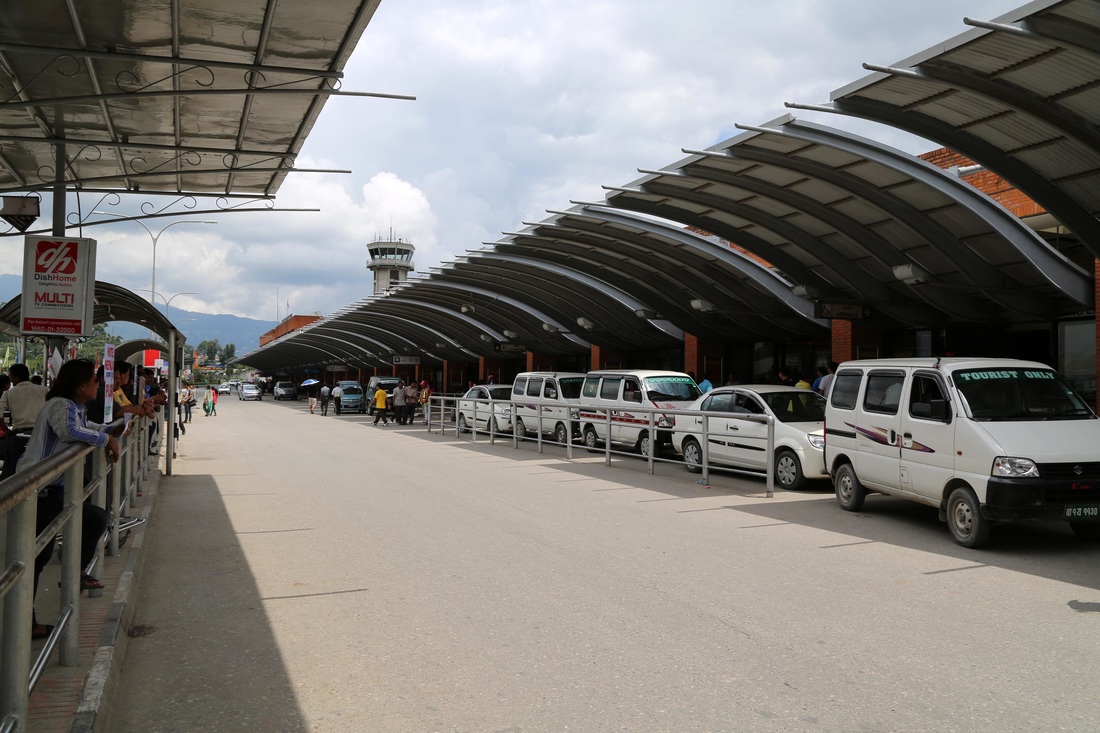 Meeters and greeters (taxi drivers/relatives etc.) at Kathmandu Airport are not allowed to go inside the terminal building. Instead, they have to wait under a shelter (seen in the photo above) outside the arrivals building. Even for departures, only passengers are allowed inside the airport building (even for check-in). There is no haggling, touting or any hassle. Remarkably, everything is in order. My driver was waiting for me outside.: Photo Copyright Navjot Singh Jiuzhaiguo Airport...at 3,500M above sea level, it is the 3rd highest in China and with straight cliffs at each side of the runway ends. No night-time landings/take-offs. The airport is built on three mountains...and is relatively new (2008 if I'm correct). It's amazing how China sliced off the top of three mountains to make an airport...would never happen in the West (well..it would take years /decades to get planning permission!). The Aircraft Dispatch Engineer (left hand side), stands level with the flight deck side window, but clear of the spinning engines' intakes (don’t want to get sucked in!), and holds up the nose gear steering pin for the benefit of the pilots to see before waving goodbye. He is not saying “Chocks away, chaps!”, but the meaning is something on similar lines. Attached to the pin is a long red tape with the words 'Remove Before Flight' written in large white letters. The pin is necessary to prevent un-commanded movement of the nose wheels during the pushback phase from the aircraft stand. If the pin is not removed then the gear will not retract, which, in the past, has resulted in embarrassment for pilots in a number of airlines (you can Google it!). It means dumping enough fuel to prevent an overweight landing, then returning to land. This can cost an airline millions of dollars (US), cause unnecessary delays, cause extra stress/pressure to the pilots and make a lot of passengers unhappy and worried- none of which any airline or pilot wants. Aircraft can usually take-off with a much greater weight than they can comfortably land. So, for example the Airbus A380 (and I believe the Boeing 787, too) can always land at its maximum take-off weight in an emergency, but it’s very stressful on the brakes and hence can cause tyre bursts.
Like the rest of the world, I first heard about the Malaysia Airlines flight MH370 tragedy on the morning of the 8th of March. A simple message on my phone from a friend who lives in Shenzhen appeared: 'a Malaysia Airlines plane en-route to PEK is presumed crashed with 239 people on-board'. I was shocked (and still am shocked). The flight was code-shared with China Southern Airlines as CZ748. I could have been on that plane had I taken that route to Beijing. It could have been anyone of us. I frantically started browsing through the various news channels to get more updates. There was nothing any of the news updates could report except that a plane was lost...it was totally bewildering. To not get a word out was very disconcerting and unusual (and still is)…'How could a sophisticated and modern Boeing 777-200 aircraft at 35,000 feet get lost around an hour after take-off in this modern-tech age?' The plane's radar transponder (which provides a ‘squawk code’ that enables ATC to track it’s movements on radar), and VHF radio link were mysteriously disabled around an hour after take-off and no one knew where the plane was or where it was heading. Since that day, the world's attention has been focused with great interest on this lost plane and its 239 passengers and crew (12 crew members and 227 passengers from 15 nations and regions; the majority of passengers were Chinese citizens). One probably cannot even imagine the horror that the relatives and families of those on-board the aircraft are going through. I do believe that the media has been too intrusive and sometimes have gone over the top when focusing on the families. Being a journalist I know very well that photographers may have to get pictures of the grieving families to please their editors, as those pictures earn them their bread and butter (sadly..), however I don't want to or have to look at them. Not only is it bad taste, but also disrespectful and wrong in my opinion. I believe that in some media reports it was confirmed that family members even scuffled with the media scrum, asking them to stop taking photos of grieving relatives. We are now led to believe that it has apparently crashed in the far reaches of the southern Indian Ocean. However, that being said, this case is still a mystery...and the truth, when we finally find and recover the wreckage (I believe they will), will be even more surprising and shocking as some of the theories that have been put forward. There have been many theories relating to the plane’s disappearance, some of them perfectly valid, and some of them completely absurd and unbelievable. For three weeks, friends and relatives of those on-board have been hoping for news - any news- of the wreckage of the plane- but nothing so far has come out. This has understandably caused a sheer amount of frustration, anger, and complete mistrust with the airline and the Malaysian government by the relatives of those on-board this ill-fated flight. Theories…Theories…And Yet More Theories (but no solid facts) Whenever there is a situation like this involving a plane crash (or presumed plane crash etc), I tend not to watch the TV news reports too much because there are too many conflicting arguments to and fro, and without being disrespectful to anyone I can say that there are far too many ‘aviation experts’ and journalists alike all proposing their own theories. Second-guessing and speculation does no good and is of no value to nobody. I don't believe in conspiracy theories because they make little sense. It is better to wait until either the wreckage of the aircraft is found - which has not happened at the time of writing this blog. Again, no offense intended to anyone, but you just wonder how on earth did some of these journalists become 'aviation experts' when some of them cannot even distinguish an aircraft type and they conjure up their own theories? Who gave them that title? It doesn't look good...and with all due respect even some airline pilots would not call themselves 'aviation experts'...they may be very good travel journalists who have reviewed luxury hotels, airlines etc....but lets not promote them or brand them as being an 'aviation expert'. I am not an aviation expert...that honorable title should be given to someone with a serious amount of technical knowledge about aviation, such as, for example, Flight Global's safety expert David Learmount and independent aviation expert Chris Yates. Both of them are highly admired within the industry. Then there are plenty of aviation experts at Boeing, Airbus, NASA etc. Some of the theories that have been mentioned by many experts include: 1. Uncontrollable fire on-board or decompression of the aircraft cabin, 2. A bomb, 3. Pilot suicide, 4. Accidental shoot down, 5. Over speed, manual recovery stuff-up, stall, loss of complete control. 6. Midair collision, 7. Hijacking Theories 1 and 5. could be plausible as 95% of crashes happen around 8 nautical miles either side of the airport below 3,000 feet and around 95% of aircraft fires happen in the first TWO hours of a flight (these are facts proven and well-known in the aviation industry). Airline pilots are rigorously trained during every simulator check (every 6 months) to realize quickly that the fire is uncontrollable, and then dive for the ground as quickly as possible before the wing burns through and find the nearest airport to land at (if possible)- all under 20 minutes. However, ditching any plane in the dark (this plane disappeared at around 01:20am) is not easy, and especially when you are flying at around 300 kph. In the initial stages of the investigation, the only real evidence available to the public was the visual observation from an oil rig worker, a New Zealander called Mike McKay. He noted in his e-mail report (which was issued publicly as shown below), that he saw flames start, and go out, at altitude near where the Vietnamese radar trace concluded. An experienced Captain I know commented that his initial reactions upon reading this report ‘led him to assume a wing separation because of over-stressing of the airframe in an apparent recovery attempt from a stall and then an eventual uncontrollable spin straight into the sea.’ That particular Captain went on to say: ‘I figured the lack of debris due to the aircraft going straight-in, and compressing the 777 to the size of a bus.’ Nobody has publicly discounted Mr. McKay’s report, and there has been no proof so far…but yet more anguish and frustration for the families and relatives of the ones on-board the aircraft. There were also many reports about the aircraft being picked-up on radar west of the Malay Peninsula. Nevertheless, the Chief of Royal Malaysian Air Force in a media statement rejected these unconfirmed reports on the 11th March (please see below)* It is difficult to believe theories 2, 3, 4, 6, and 7. This is because there is no proof of any such bomb, and no terrorist group from anywhere has claimed responsibility or any demand for ransom for hijacking (from past cases we have seen that terrorists and hijackers usually cannot help taking responsibility…). Initially there were suspicions of terrorism or hijacking based on reports that two Iranian passengers boarded the flight with fake passports; however, it was eventually revealed that they were just after a better life in Europe. There would have been a clear demand from someone if this plane was held on ransom. A recent example of this was displayed on the 17th February earlier this year when an Ethiopian Airlines Boeing 767 was hijacked by it's own First Officer and flown to Geneva. The hijacker, identified by officials as First Officer Hailemedehin Abera Tagegn, waited for his Captain to go to the toilet before locking himself in the cockpit. As with all hijacking events in history, we saw that the hijacker did contact someone to demand something- asylum in this case. However, in the case of Malaysia Airlines MH370 nobody contacted anyone. Having spoken to some airline pilots, and listened to their theories from experience, I am led to understand that it may have been a fire on-board (smoke kills within a few minutes….quicker than we all think...and especially at high altitude). At some point, after its crew and passengers surrendered and become incapacitated by smoke, the aircraft would have been flying all by itself, and would have eventually gone down into the Indian Ocean once it ran out of fuel. If the plane was in the cruise on auto-pilot for so many hours without human intervention (as people claim now)...can we say that it's a miracle that it did not collide with another aircraft?...shockingly sad, utterly heartbreaking and scary to think that a 'ghost' plane was flying in the sky with incapacitated people on board...terrible. The answer from a highly experienced Captain with over 28 years flying service was: ‘The sky is enormous, you'd be hard pressed to hit another aircraft…even if you tried it would not work….’ However, the investigation and interrogation by the Air Accidents Investigation Branch (AAIB) and Inmarsat plc, the British satellite telecommunications company, has been verified and accepted. The investigators from that company now confirm a Southern Indian Ocean trajectory and loss of signal. We have to respect that they have enough information to make that call. At this point in time, you can’t help but wonder why they (the investigators) did not dispatch a couple of long-range reconnaissance aircraft, that could have photographed the whole hemisphere by now, from over 50-60,000 feet, and with minute detail. Inmarsat sell auxiliary satellite bandwidth to airlines and shipping companies (passenger and freight), so they can provide constant movement connectivity anywhere on Earth. According to the company, around 90% of the world's wide-bodied jets come installed with Inmarsat antennas built in to the fuselage – whether or not the airline operating the plane ultimately uses it. Now, even though Malaysia Airlines did not use it for technical data transmission, nevertheless, the technology has been tremendously useful in the search operation. For the search teams’ time and the treacherous weather in the Indian Ocean are their biggest enemies at the moment because the battery of the ‘pinger’ from the aircraft’s black box is going to stop sending out signals soon. As well as the relatives of those who were on flight MH370, thoughts are also with the searchers. There's a LOT of ocean to cover (much of it the deepest in the world, and undiscovered so far), and every one of those searches are doing the best they can. The air and sea search efforts have been shifting throughout this case, and have recently shifted yet again as fresh radar data suggested the aircraft headed south faster than initially thought, bringing the plane down some 1,100 kilometres north-east of the previous search area, putting the crash point 1,800 kilometers off Perth, Australia. One thing is for sure, this investigation also reveals the large amount of rubbish that is lurking around in our oceans (!). It could have been accidentally shot-down by either the Malaysians or the Vietnamese…however, who would want to practice firing missiles at 2 a.m.?!; and when it seems that hardly anyone of the Military installations actually noticed the aircraft? Unless there are some issues that have not been monitored with the mental pilots health, no sane commercial airline pilot carrying passengers would even think of entering another country’s airspace - especially knowing that they have a military Air Force - without permission. You can bet your bottom dollar that the minute a civilian (or military) aircraft enters another country’s airspace without permission, then a bunch of air force fighter jets would be scrambled to get close and personal within minutes! In regards to reports that some villagers in the Maldives saw a plane flying low doesn't sound plausible to me. No offense but anything bigger than a seaplane would seem 'big' to the people there because most of them have probably never seen a plane of that size. Anybody...and I mean ANYBODY...who has seen the only airport in the Maldives (i.e. Male Airport) large enough to take a Boeing 777 knows that you can't hide a plane of that size anywhere on that place. The airport, just like the islands around it, is TINY...the 777 would stick out like a sore thumb! The plane would not be able to hide anywhere, even on a remote airfield. Why? Because it would have to go over land masses and it would easily have been captured on primary radar operated by the military. As I mentioned above that nobody can enter another country's airspace without being detected by the air defense zone radars. It could have been pilot suicide. However, all the commercial pilots I have spoken to have told me that it is highly unlikely that the pilot would have committed suicide. In the entire history of commercial aviation, only 4 airline pilots have been documented to have committed suicide during flight…this includes: Silk Air 185, Egyptair 990, LAM Mozambique 470, and Royal Air Maroc 630. It’s a very privileged career where individuals spend hundreds of thousands of dollars and many years to get trained, and are being regularly examined every 3-6 months for simulator training, in-flight checks, and health checks. It must take a very mentally disturbed and sick individual to take his and others lives with him on a plane. No sane pilot wants to die or kill anyone..or even think of such idiotic things. Pilots have the moral duty of taking ownership and responsibility to save lives FIRST before anything in an emergency- safety is everything in aviation. Unless there is concrete evidence that this pilot committed suicide, it's a very difficult theory to accept and swallow. The Boeing 777 aircraft has an exceedingly impressive safety record – the first fatal crash in its 19-year history only came in July 2013, when an Asiana Airlines (read about it here) aircraft crash landed short of the runway at San Francisco International Airport. Three of the 307 people aboard died. Besides the Asiana Airlines crash, the only other serious incident with the Boeing 777 came in January 2008 when a British Airways B777-200 landed short of the southern runway at London’s Heathrow airport without any serious casualties. Brand Malaysia Airlines Damaged? As the saying goes in PR that ‘any publicity, is good publicity’…however there is question in this case when it comes to a sad and tragic event like this. 'If you love life, don't fly with Malaysia Airlines!!' shouted one relative of a passenger on #MH370 as the Malaysian PM gave the news conference...at that point you would have thought that the Airline and the Government had shot themselves in their own foot (the above quote taken from twitter). According to a friend who flies the Airbus A330, there is a saying in the aviation industry that if an airline is on the front pages for more than TWO weeks, then it's bound for failure. If that statement is true then Malaysia Airlines may be history. However, I think that the airline may survive this bad episode because: 1. It's the national flag carrier of Malaysia, and 2. Malaysia Airlines is strongly financially backed by the Malaysian government and Penerbangan Malaysia Berhad. The airline may be struggling (it has been some time), however I am optimistic that Malaysia Airlines will eventually bounce back in the future. They may initially reduce the fares and go for a heavily tempting PR campaign to increase interest, OR the worst-case scenario may be that it could be taken into the hands of a low-cost carrier, such as Tony Fernandes’ Air Asia (though the latter statement may not be plausible). Bear in mind that national flag carriers have gone bust in the past (Olympic Airways, Sabena Belgian Airlines, Swiss Air (before it was re-branded), VIASA Venezuelan Airlines, VARIG Brazilian, Balkan Bulgarian, MALEV Hungarian and many others), however it must be noted that these airlines were not provided strong financial support by their own financially struggling governments. It must also be noted that some major airlines have gone bust after experiencing disasters. Prime examples include Pan Am (after the Lockerbie disaster), TWA 800, and Swiss 111. However, in these respects, Malaysia Airlines is fortunate to have solid support from their government. I firmly believe that until any concrete evidence has been presented, then those Malaysia Airlines crew and passengers should be hailed as heroes for trying to save the plane from disaster, but were unable to do so for whatever reason (fire…most likely considering what’s been presented). It’s not good of the tabloid newspaper editors for writing articles that may be deemed untrue and certainly not good to mislead their readers without any facts or proof. While the families are understandably upset with the airline and the Malaysian government, it must be noted that the airline is just an observer that is passing the information from the investigators to the public. And in this case we have investigators and search teams from around 25 countries, so therefore the ability to communicate effectively and coordinate together as ONE team in a smooth fashion is absolutely crucial. There is not much an airline can do once an investigation starts except keep the media and families of the crew and passengers informed , and therefore it is obviously causing friction because the public are not getting much information from the airline or the government. The airline’s role and credibility is measured by how they treat the families, and how they handle the media. The one good thing this has revealed is the frightfully negligent way we have approved airplane safety, particularly design of black box. Without any doubt whatsoever, we have seen ourselves on the TV screens in the past three weeks that the airline has mishandled the media (and vice-versa), and that comes across bad from any PR prospect. It just shows that the airline may have not been prepared for such an event. Perhaps this would be an excellent learning curve for all other airlines around the world too. They key word here is ‘investigation’- and so the airline cannot really do much except wait for the investigators to complete their job. When an aviation disaster happens, the airline and the management team of the airline are mere observers, and wait for what the investigators come out with. The airline has no doubt one of the best in-flight products in the industry. I fondly recall the words of Mr. Martin Barrow -former non-executive director of Malaysia Airlines- inviting me some years ago to try their product: 'Why don't you try MAS, Navjot? Best cabin crew in the world'. Nevertheless, far fetched from reality, the airline is going through some tough times indeed. A week ago when the families vented their angry and frustration during one of the chaotic press conferences, the only words I could think of were: complete madness...completely diabolical...too many 'aviation experts/cooks' in the kitchen...too much clutter/confusion...too much media intrusion around the grieving families...too many theories. We can only hope that the relatives will have some news soon on what exactly happened to their loved ones in their final moments. The one good thing this event revealed is the frightfully negligent way we have approved airplane safety, particularly the design of the black box. It's a mystery that not one piece of the plane has been found. It's a truly amazing situation the aviation industry has found themselves in - though I do believe that it may take time before we find something. When people point to the size of the aircraft, the answer to that is simple: the aircraft is not big at all. In fact it's probably the size of one bottle cap in a large sea. If it went straight into the ocean then it would have turned immediately into a metal box perhaps the size of a small bus...especially if it went in nose first, at speed...and everything else would have sadly been either vaporised or turned into minute shrapnel pieces. Until concrete evidence is presented, I, like many others, believe that we should not label the crew on that plane as terrorists, suicidal, or anything else negative...but as heroes who were frantically trying to get the plane safely back on the ground but could not do so. _______________________________________________________________________________ * a version of this article also appeared on the Huffington Post blog: http://www.huffingtonpost.co.uk/navjot-singh/post_7222_b_5056524.html My sincere thanks to my friends and colleagues, many of whom are professionals in the aviation industry and are touched by this case, and who contributed with their thoughts to this article. - Navjot Singh *The Royal Malaysia Air Force has rejected the media reports that it tracked the Boeing 777 after it turned west in a statement posted on its Facebook page and reproduced in full below.
(This statement could be read as confirming the substance of the reports, that the RMAF did in fact follow MH370 as reported.) OFFICIAL STATEMENT BY CHIEF OF ROYAL MALAYSIAN AIR FORCE ON BERITA HARIAN NEWS ARTICLE DATED 11th MARCH 2014 ON SEARCH AND RESCUE OPERATIONS IN THE STRAITS OF MALACCA 1. I refer to the Berita Harian news article dated 11th March 2014 on Search and Rescue Operations in the Straits of Malacca which (in Bahasa Malaysia) referred to me as making the following statements: The RMAF Chief confirmed that RMAF Butterworth airbase detected the location signal of the airliner as indicating that it turned back from its original heading to the direction of Kota Bahru, Kelantan, and was believed to have pass through the airspace of the East Coast of and Northern Peninsular Malaysia. The last time the plane was detected by the air control tower was in the vicinity of Pulau Perak in the Straits of Malacca at 2.40 in the morning before the signal disappeared without any trace, he said. 2. I wish to state that I did not make any such statements as above, what occurred was that the Berita Harian journalist asked me if such an incident occurred as detailed in their story, however I did not give any answer to the question, instead what I said to the journalist was “Please refer to the statement which I have already made on 9 March 2014, during the press conference with the Chief of Defence Force at the Sama-Sama Hotel, Kuala Lumpur International Airport”. 3. What I stated during that press conference was, The RMAF has not ruled out the possibility of an air turn back on a reciprocal heading before the aircraft vanished from the radar and this resulted in the Search and Rescue Operations being widen to the vicinity of the waters of Pulau Pinang. 4. I request this misreporting be amended and corrected to prevent further misinterpretations of what is clearly an inaccurate and incorrect report. 5. Currently the RMAF is examining and analyzing all possibilities as regards to the airliner’s flight paths subsequent to its disappearance. However, for the time being, it would not be appropriate for the RMAF to issue any official conclusions as to the aircraft’s flight path until a high amount of certainty and verification is achieved. However all ongoing search operations are at the moment being conducted to cover all possible areas where the aircraft could have gone down in order to ensure no possibility is overlooked. 6. In addition, I would like to state to the media that all information and developments will be released via official statements and press conferences as soon as possible and when appropriate. Our current efforts are focused upon on finding the aircraft as soon as possible. Thank You GENERAL TAN SRI DATO’SRI RODZALI BIN DAUD RMAF Chief of Royal Malaysian Air Force Released On: 11 March 14 Kuala Lumpur Cruising at just over Mach 0.84 (600 mph at over 11,500 m/37,000 ft) the Airbus A340-642 is racing towards London as fast as it can (somewhere over Germany)....to escape the break of dawn which is behind us (over Asia/Eastern Europe). When you look out of the window you can't help but wonder...is it really minus 55 degrees Celsius just outside of this window?, and are we really travelling at 600 mph?! (the aluminium skin that surrounds the body of a modern Airbus or Boeing aircraft, and one that helps to keep passengers ALIVE is less than 2mm thick!).
Every passenger jet is a travelling life support system - it's a hostile environment. Carrying inside it the highly pressurized oxygen that keeps us alive. God forbid if it ever escapes, a simple flight can become a living nightmare. It goes without saying that many passengers take air travel absolutely for granted. The reality is that the jet-stream outside would kill you almost immediately. Thankfully, airplane designers have learnt from tragic accidents in the past to make sure that the aircraft fuselage of modern aircraft is as sophisticated and comfortable as possible. Dubai-based Emirates Airline placed an order for 150 of Boeing's new 777 mini-jumbos (nicknamed 777-X), in a $76bn (£47bn) deal at the 2013 Dubai Air Show. These will be a combination of 35 Boeing 777-8Xs and 115 Boeing 777-9Xs; plus 50 purchase rights. It is the single largest aircraft order by value in the history of US commercial aviation, creating and supporting an estimated 436,000 jobs in the US. Emirates currently operates 131 Boeing 777s and has a further 214 Boeing 777s on order. The 777-X, which has FOLD-UP carbon fibre wing tips will be delivered in 2020 (without the bendy wings, the wingspan is about the same as the Airbus A380).
Emirates has also ordered FIFTY Airbus A380s, in a deal worth $23 billion. The airline is already the biggest customer of the A380. So where will they be parked? Dubai is a tiny place, and indeed, so is it’s airport. The answer is going to be ‘Dubai World Central - Al Maktoum International Airport’. The airport is planned to become the world's largest passenger and cargo hub, ten times larger than the current Dubai International Airport which covers an area of 29 square kilometres (7,200 acres) and Dubai Cargo Village combined. One terminal is going to be for ALL THE OTHER AIRLINES except Emirates (& Qantas Airways two daily appearances). The latter two will enjoy having Terminals A, B & C to themselves. When they move to DXB World - it'll be in one hit, in about 2020 - when the first 777-X arrives. Meanwhile, all the freight aircraft and the VIP aircraft will be sent to DXB World before the runway works next year (DXB World is going to have FIVE runways). So, now you know where they’re gonna park the 140 A380s, 150 777xs, 100 777s and 70 A350s as from 2020. While the aviation industry is suffering financially in the Americas and Europe, it is booming in the Asia Pacific and Middle Eastern regions. Huge airport construction projects are well under way in cities such as Shenzhen (new airport terminal will open on 28th November), Doha, Dubai, Mumbai, Delhi, Kunming, and many others (mostly in China and the Middle East). While most of the legacy European airlines (BA, Air France, KLM, Iberia, Alitalia, TAP, SAS, Finnair, and Aer Lingus), are going through an 'economic sufferage', Germany's national flag carrier, Lufthansa German Airlines, can be proud that it is one of the few airline companies in the Western hemisphere that is doing well. News earlier in London that the new UK Government is thinking of scrapping plans for the third runway at Heathrow, the world's busiest international airport, will have wide repercussions for airline manufacturer Boeing, who have bet on the 'more flights more often' mantra in developing the 250-330 passenger 787 Dreamliner.
With no ability to increase aircraft movements the prize must go to Airbus who bet on the 526 seat Airbus A380-800 (nicknamed the 'Super Jumbo'). Lufthansa was the 2nd European airline to operate the A380, and has 10 aircraft currently in service operating on high density routes such as Beijing, Johannesburg, and Tokyo. On December 6, 2006, Lufthansa placed an order for 20 Boeing 747-8I airliners (the longest aircraft in the world), becoming the launch customer of the type. The airline currently has 9 aircraft in service, each with 386 seats; and has a further 10 on order. I had a chance to fly on this relatively brand new aircraft (which first flew on June 1st 2012). Lufthansa is the only airline that currently flies the passenger version of the Boeing 747-8i. Korean Airlines, Air China, and Arik Air have placed some orders for passenger version of this aircraft. One of the advantages of flying out of Heathrow (especially if you are departing out of the easterly runways') is that you get treated to some marvelous views of the capital (weather and visibility prevailing!). Though it must be said that with a take-off speed of around 250 knots/287mph (and increasing!), and an increasing altitude, it doesn't offer hope that the views will last for long- especially as it takes only around 6 minutes to get from Heathrow to the other side of London! The views never fail to captivate (camera ready at hand, I even managed to get a photo of my home as we flew over it for a final goodbye!) The crowded skies over London are some of the busiest in the world. With low level traffic from the five London airports', helicopters (police, ambulance, and others), private aircraft, AND the HUNDREDS of aircraft crossing our airspace everyday, it is no surprise that on a lovely summer's day the beautiful art created naturally by the aircraft contrails is enough to make the most prolific of artists jealous. Below is a photo of a Delta Airlines Airbus A330 passing at 38,000 feet over London on it's way to Paris. How do I know this in detail? I saw it on Flightradar24.com! Flying from China and onto the Arabian Sea (we came over from Shanghai, Suzhou, Wuhan, Chongqing, Kunming, Nepal, Karachi, and into the Arabian Sea), the Airbus A330 comes close to the end of it's journey into it's final destination Abu Dhabi. Sunrises are always spectacular. Oblivious of the significance for earthlings, the sun rises on just another day above the skies at 39,000 feet.
Costing around US$222.5 million (€215 million) each, the Airbus A330-300 is one hell of a sexy machine. Etihad Airways has six of these beauties in their fleet, mainly operating on long haul routes out of their base Abu Dhabi. I had the pleasure of reviewing this flight from Shanghai Pudong to Abu Dhabi on board aircraft registered A6-AFB. A big thank you to the Captain and the Etihad Airways team for making this photo shoot happen!
Etihad Airways is a relatively brand new airline (established in 2003), and has one of the best cabin crew in the world from over 120 nationalities...and they have a kick-ass in-flight experience product too with all luxury comfortable seats, 5-star meals...give them a try next time! On the morning of the 6th of July 2013 just past 11.28am local time, a Boeing 777-200ER belonging to South Korea's Asiana Airlines (flight number OZ214) carrying 307 passengers and crew, crash landed while on approach onto San Francisco International Airport's Runway 28L. Whenever a plane crash happens, second guessing and pure rumors or any other speculation does no good and is of no value to anyone - even to professional journalists who work for Broadsheets - trust me on that one!. It can be extremely irritating (and distressing for passengers relatives), when people on the likes of Twitter, Facebook, PPRune, Airliners.net, Jetphotos.net and Fox News' etc. go about with their so called 'aviation experts', spewing historical events and their own takes on what could have gone wrong. I prefer to wait until either the wreckage is examined/investigation in complete or the NTSB is notified. It's one of the reasons that I don't turn on the TV at these times but rely on concrete factual information for journalists from informed media such as FT.com and the BBC. The weather was reported as very good; the latest METAR reported light wind, 10 miles (16 km) visibility, with no precipitation, and no forecast or reports of wind shear. The pilots performed a visual approach assisted by the runway's precision approach path indicator (PAPI). The landing gear and then the tail struck the seawall that projects into San Francisco Bay. Both engines and the tail section separated from the aircraft. The National Transportation Safety Board (NTSB) noted that the main landing gear, the first part of the aircraft to hit the seawall, "separated cleanly from [the] aircraft as designed". The vertical and both horizontal stabilizers fell on the runway before the threshold. The remainder of the fuselage and wings rotated (yawed) counter-clockwise 330 degrees as it slid westward. Video showed it pivoting about a wing and the nose while sharply inclined to the ground. It came to rest to the left of the runway, 2,400 feet (730 m) from the initial point of impact at the seawall. Out of the 291 passengers and 16 crew, sadly 3 passengers died, and 181 passengers suffered serious but non-fatal injuries. Out of the three who lost their lives, two were named as Ms. Ye Mengyuan and Ms. Wang Linjia, both Chinese nationals, and both 16-year-old middle school students from China's eastern Zhejiang province. They were seated at the rear of the plane and their bodies were found on the tarmac. The third passenger died of her injuries several days later at hospital. At the request of her immediate family, her name and the extent of her injuries were not published. Among the injured were three flight attendants who were thrown onto the runway while still strapped in their seats when the tail section broke off after striking the seawall short of the runway. Now, on that note a point about the photos of the crash and the relatives going around on Twitter etc. (especially the UK Daily Mail, and other tabloids), that can be so ridiculous. OK, photographers may have to get pics of the grieving families to keep their Editors happy ..BUT I don't want to OR have to look at them. It's just sick. RIP to those who have died. You can tell when the stupidity at The UK Daily Mail has reached new heights when they write false stories in order to get their readership high. The Editor has been trying to pretend that his rag is NOT a tabloid (heaven forbid) by spilling stories over the gutter in an effort to win a design competition at his local school. He should give up & just use the tabloid tricks that were developed by experts. The Boeing 777, like ALL American built aircraft (except the 787 Deamliner - now dubbed the 'nightmareliner' because of its high number of faults) is a very reliable and strong aircraft- the Boeing 777s are the aviation's equivalent of the John Deer Tractor, you can throw anything at them and not a single whisker in sight will damage them. This was the Boeing 777's first fatal accident, and second crash (previous: British Airways Flight 38 in 2008), and third hull loss since the Boeing 777 began operating commercially in 1995. It's a well known fact in the industry that around 95% of aircraft crashes happen 8 nautical miles either side of the airport below 3000 feet. 95% of aircraft fires happen in the first two hours. The fix is, when realizing it is uncontrollable, dive for the ground before the wing burns through. Record aloft is below 25 mins. Below is video animation showing the comparison between the actual flight path taken by flight OZ214 into San Francisco's Runway 28L, and what the correct flight path should have looked like. The video is a testament to a brilliantly-built aircraft; designed and modelled entirely on computers in the early 1990s. The video shows what happens if you can use the fuselage to dissipate the energy, then the landing gear and the engines shear off at extreme speed, as designed. Unlike steel, aluminium doesn't produce sparks like steel does. An experienced Airline pilot with over 28 years in the cockpit, who did not wish to be named, told me (I quote): 'It's long been the Airbus philosophy that "if the aircraft is not doing what you want (for ANY reason) disconnect the automatics and fly it manually at once". That works well in airlines where you have a wealth of basic Visual Flight Rules (VFR) flying skills to fall-back on. Sadly, with the death of general aviation around the world, there are many countries where pilots don't have that background. It's why Airbus has increased the endorsement program from 9 simulators to 13. Airbus now teaches people to fly each model visually with all systems working normally (especially after what happened with the Air France 447 crash). Who would have thought it would come to this? Many of us. Predicting that, one day, each pilot would have to pass a test of knowledge to survive. At Aviation Theory Centre in the early 90s I ran a series of lectures explaining that our books taught "To Pass The Test - Not Just The Exam". Sadly most theory centres just teach the syllabus and no more.' Another airline pilot gave me this account of an aircraft coming in too LOW into Dubai Airport a few days after the Asiana Airlines crash happened (I won't name the pilot who gave me this credible report): 'Blood ran cold today. 28 years of flying and never heard this from an APProach controller: APP: "XXXXX (an indian carrier) Are you too low? I have you at 800 feet!" [now, he usually transfers to TWR at about 5 miles (1500 feet) so there is no reason to be at that level on Approach.] XXXX: after long silence "XXXX going around" APP: "XXXX are you climbing? I still have you below radar lowest safe!" XXXX: " We are climbing through 1,500, can we make a visual circuit?" (this is how Gulf Air crashed an A320 and the clever controller decided to take it out of his hands...) APP: "Climb to 4000 feet and make left turn to 030." (Thereby saving the day, he never even answered the query for a visual approach.) How, you ask? Well the QNH was 994mb and 500 feet lower than the std of 1013. Setting the altimeter from high (1013) to a low number winds OFF altitude. Old Pilots say: "High to Low LOOKOUT below!" I bet the XXXX boys still had 1013mb set'. ' The below presentation, ('Children of Magenta'), provides a wealth of experience and advice for pilots of new-generation airliners (especially 787, A380, and A350). When in doubt: Disconnect automation, fall back on your flying skills and FLY THE AIRCRAFT. HOWEVER, the problem is: what if you a crew who have no experience in hand-flying aircraft, no raw flying experience to fall back-on (as those Asiana 214, and Air France 447 pilots)? One of my mates, an experienced Captain for Emirates, says: 'Always make sure YOU are flying the aeroplane, and that IT'S not flying you. Sadly, this brilliant instructor has passed away. He'd be rolling in his grave if he knew that there are thousands of pilots currently flying airliners who have never had such a background.'. Flying is not the same as it just to be back in the 1980s and even early 1990s- it's not as glamorous as it used to be...and even more importantly safety is plummeting these days. Did you know Singapore have fired ALL their expats since this accident at SFO? The week before this Asiana crash, a Singapore Airlines B777 did a go around on the same runway after doing the exact same thing…with a 777 full of passengers. That - in the 90s - would have been inconceivable!. When you have 300 passengers behind you, there is no room for failure, and it's dangerous to just depend on the Autopilot. No doubt, the Asiana Airlines crew were invited for a not-so polite chat over a tea session in Washington...no biscuits though. |
Get in Touch:LIFE MATTERSHere I share my thoughts
and experiences during my travels, and how some things have affected my life as an expat and world traveller. Travelling is about capturing that moment in life. Every word, view and opinion on this page is that of Navjot Singh - except where indicated. The most recent is at the top. Scroll down to read the archive. Or search using CTRL+F (COMMAND + F) and enter a keyword to search the page. Just some of the stories you never heard before. The NAVJOT-SINGH.COM web blog is separate to this web site....Click blog, which may not be visible in some countries due to local firewall restrictions, so in those cases this weblog may be read. The weblog also includes some of my press trip reports- most of which are not published on the official blog because of copyright issues. The weblog also contains articles that may be associated directly with a PR trip for a country, airline or a hotel. These are PR reviews done in relations with various companies. If you are an investor or a trend watcher then you may find this website useful as investing has a lot to do with personal observations and finding the ideal trend or next big thing. The average human on the street frequently knows far more about the state of the economy than politicians, university professors, subject matter experts, and financial analysts who seldom travel, or if they do so, only from one hotel to another hotel! The pulse and vibrancy of an economy is nowhere more visible than on a country's streets. All photos and words are © Navjot Singh unless stated. Photos taken by others or by agencies are appropriately copyrighted under the respective name. No photo or word/s may be taken without the prior written permission by the author (i.e. Navjot Singh). All Rights Reserved. Archives
April 2024
Categories
All
|
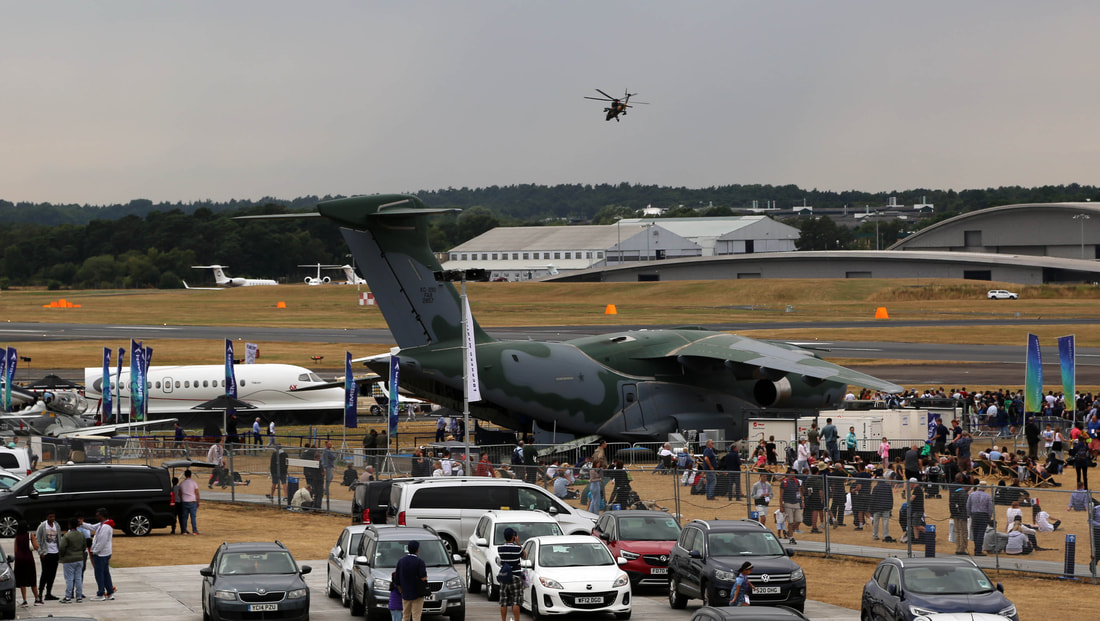
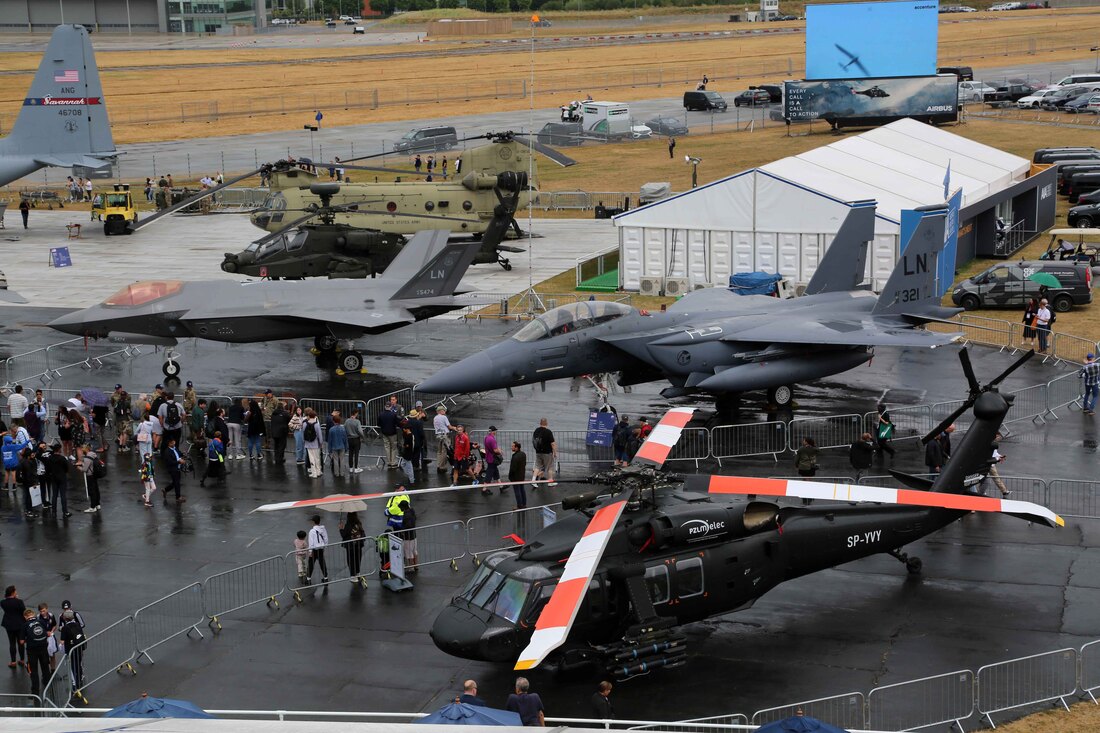
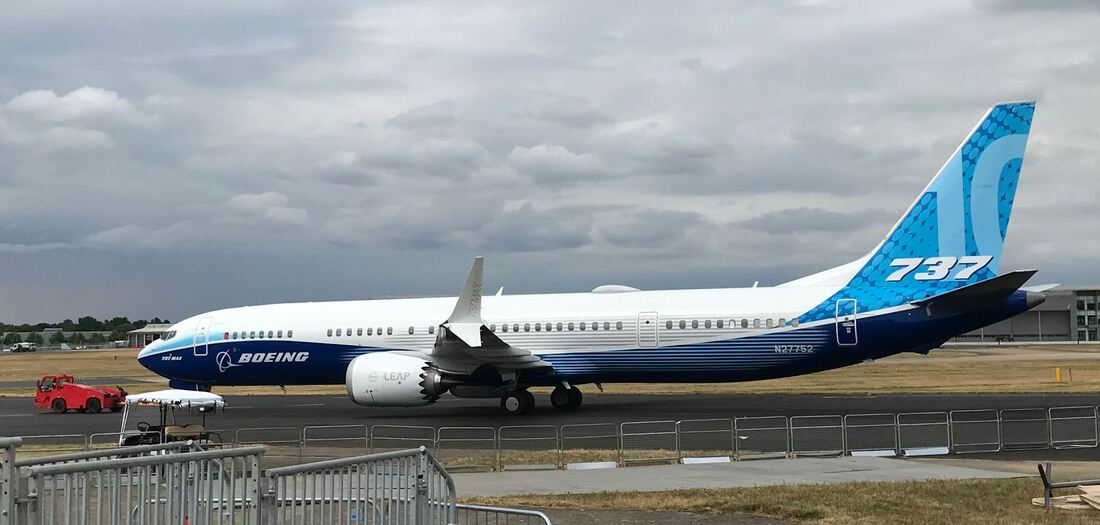
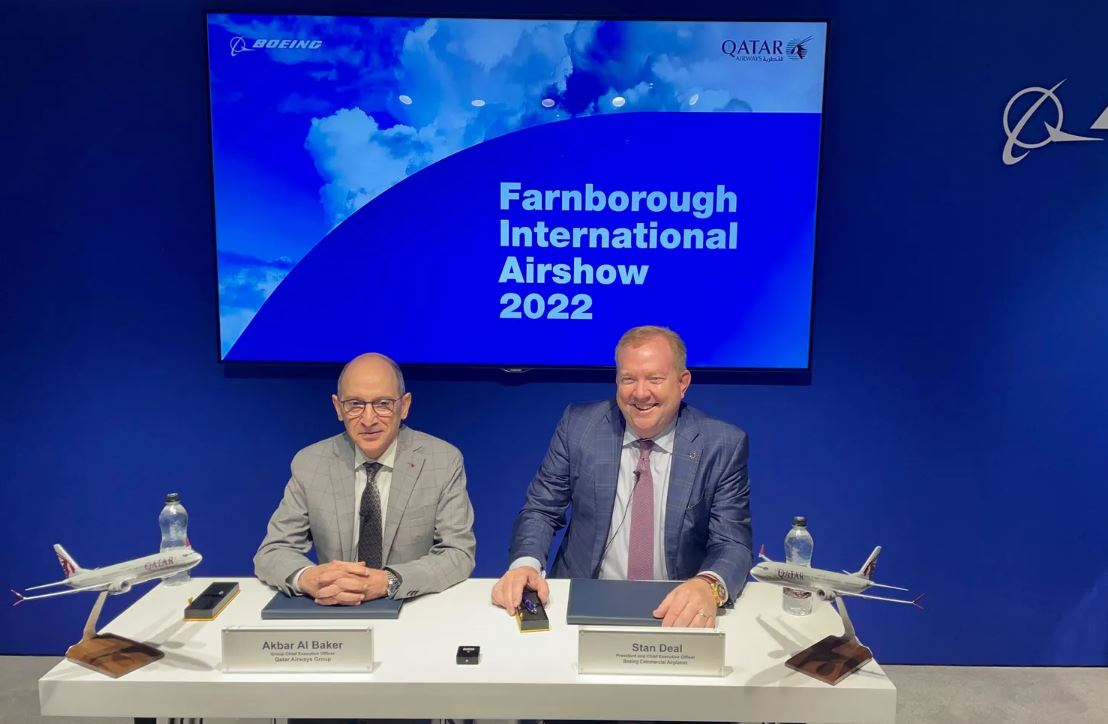
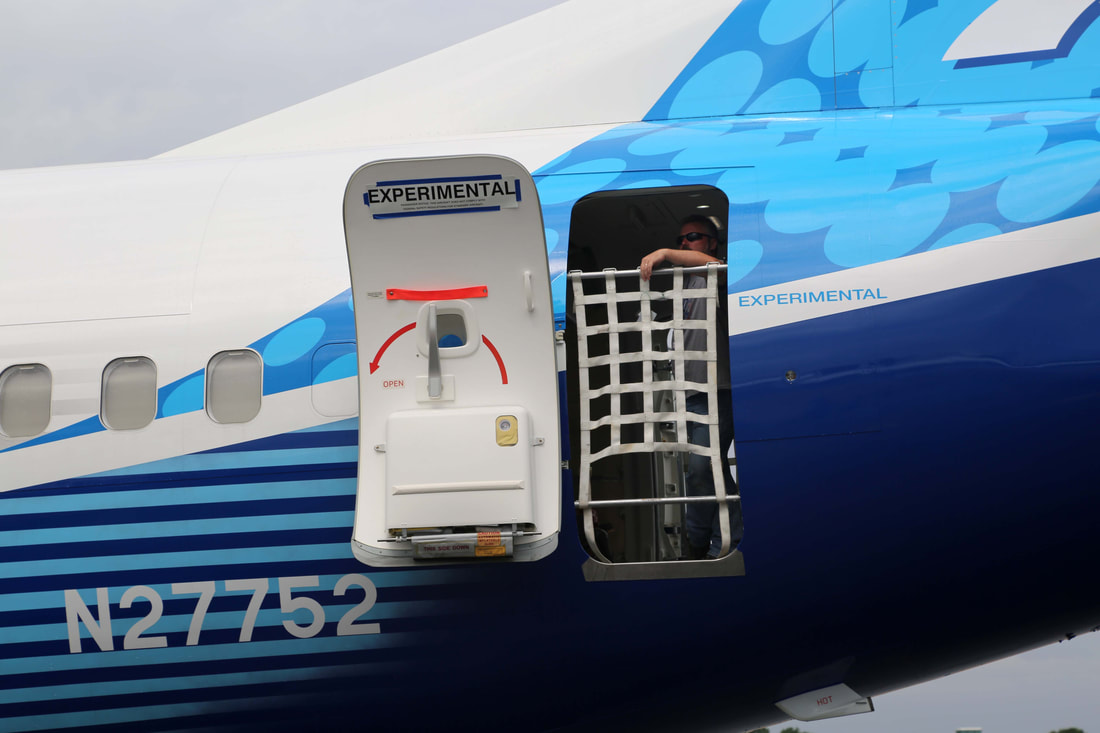
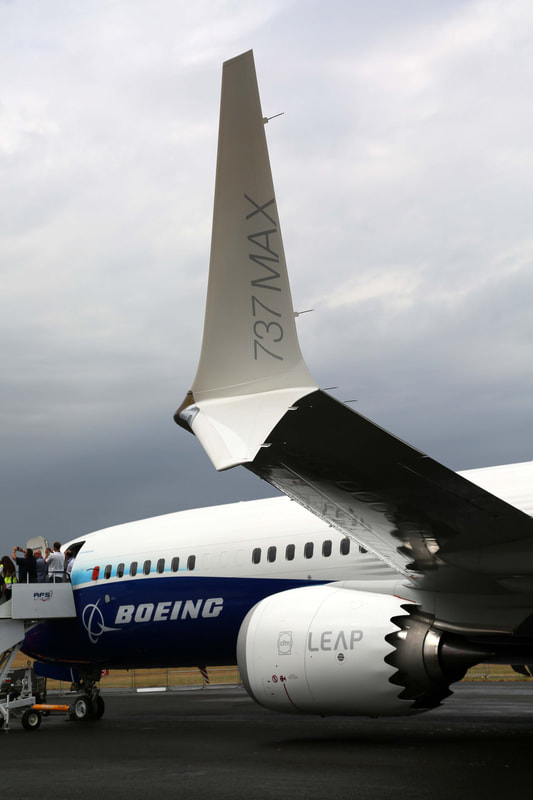
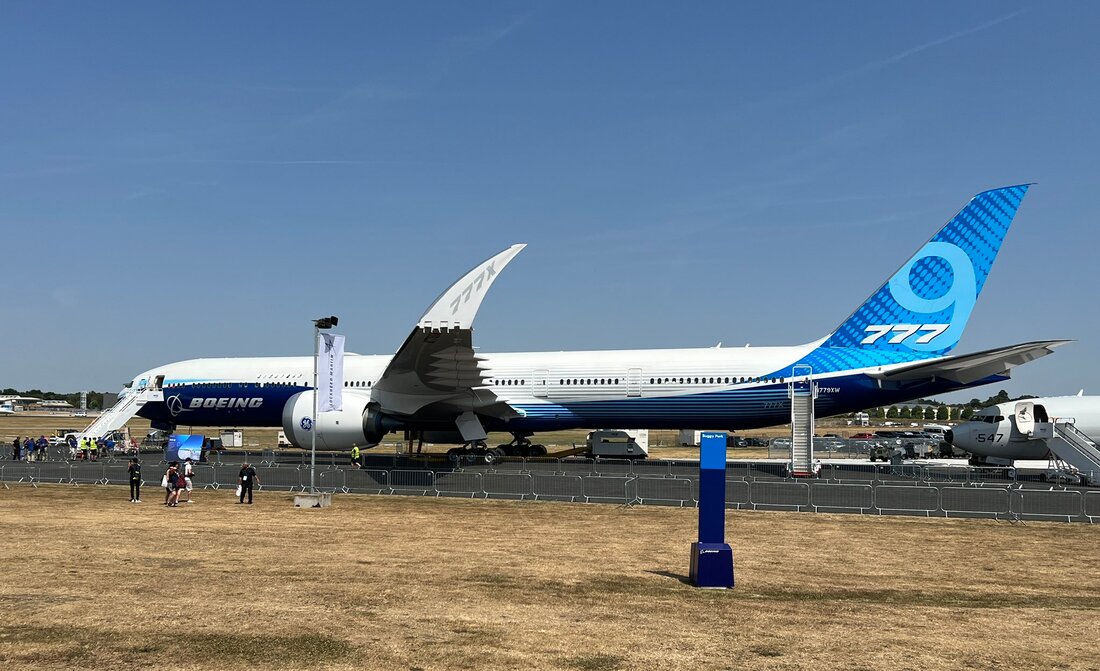
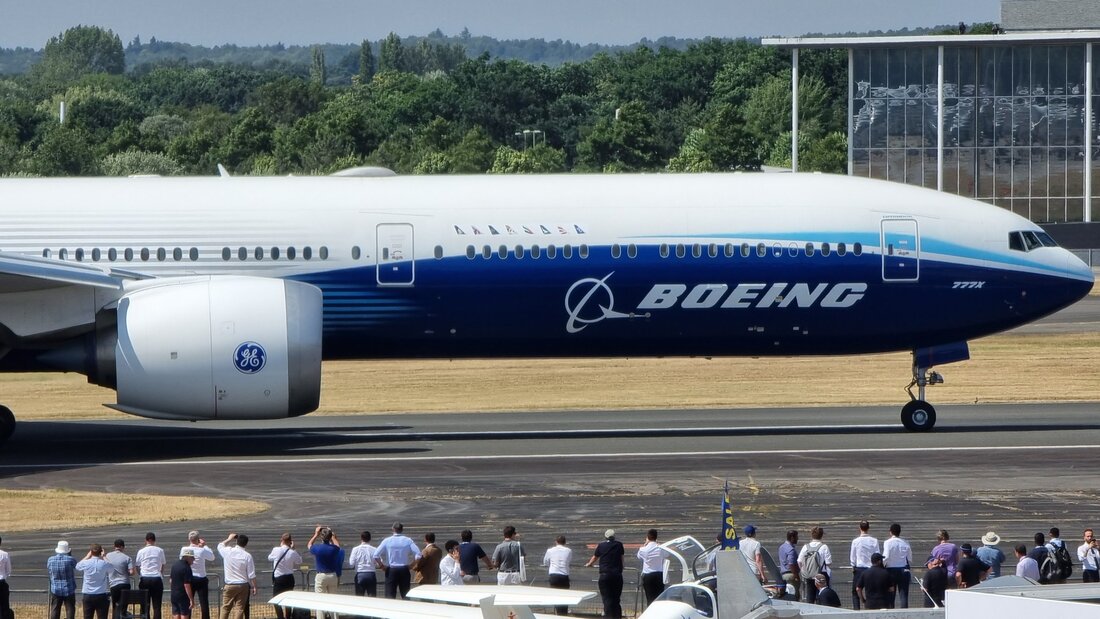
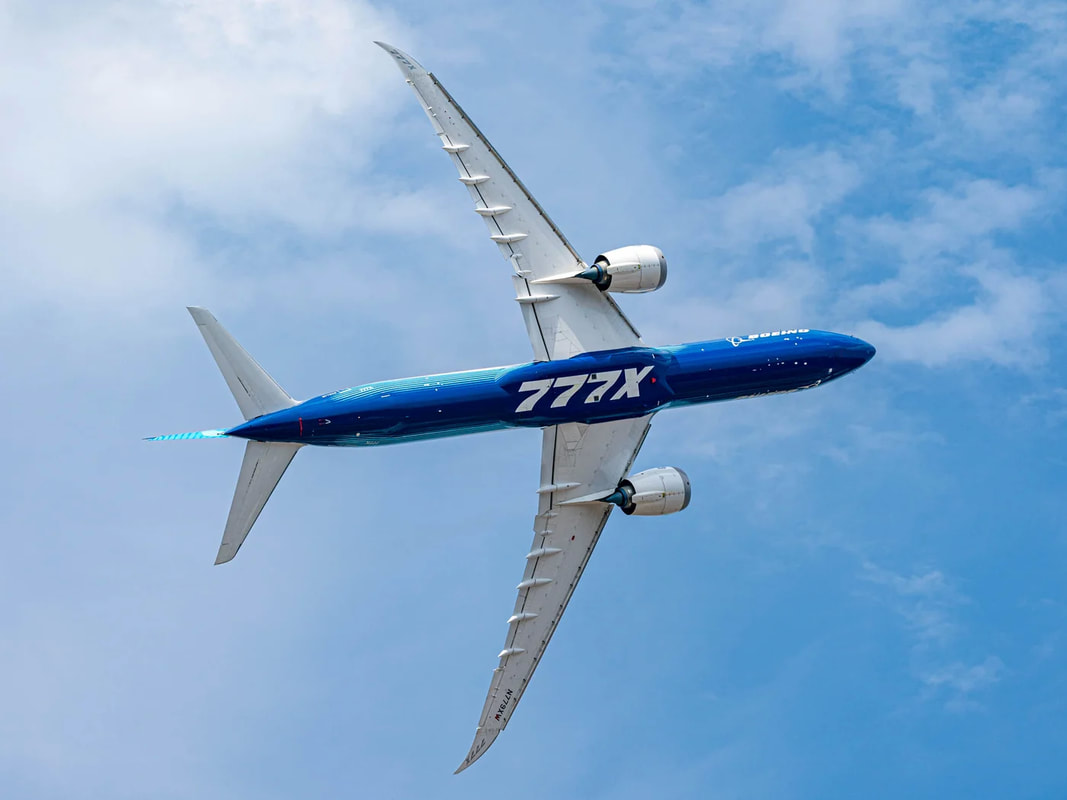
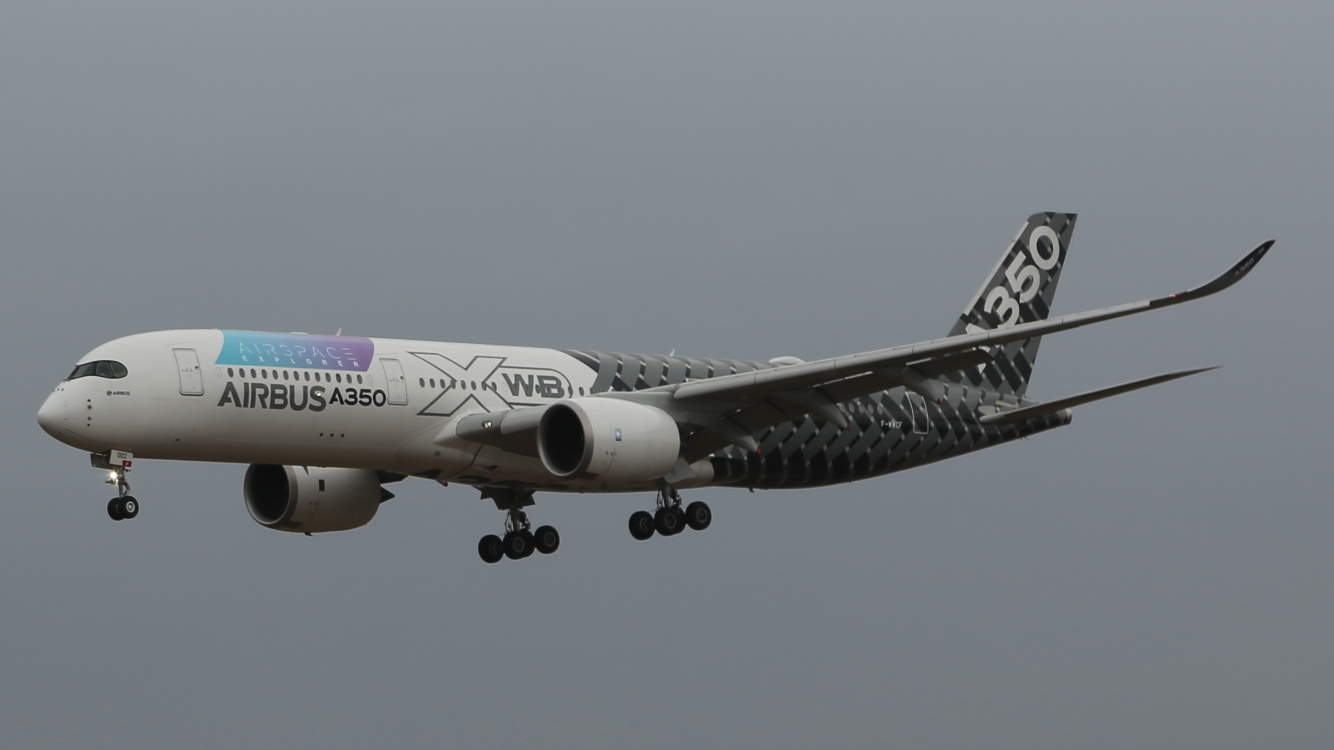
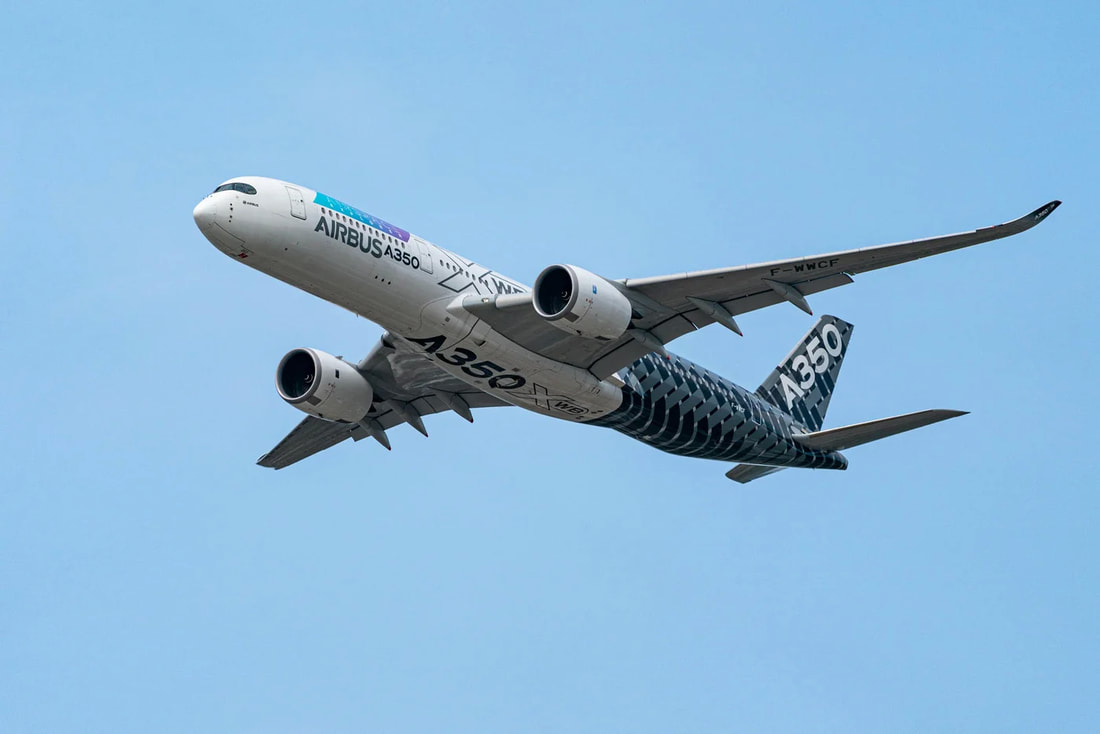
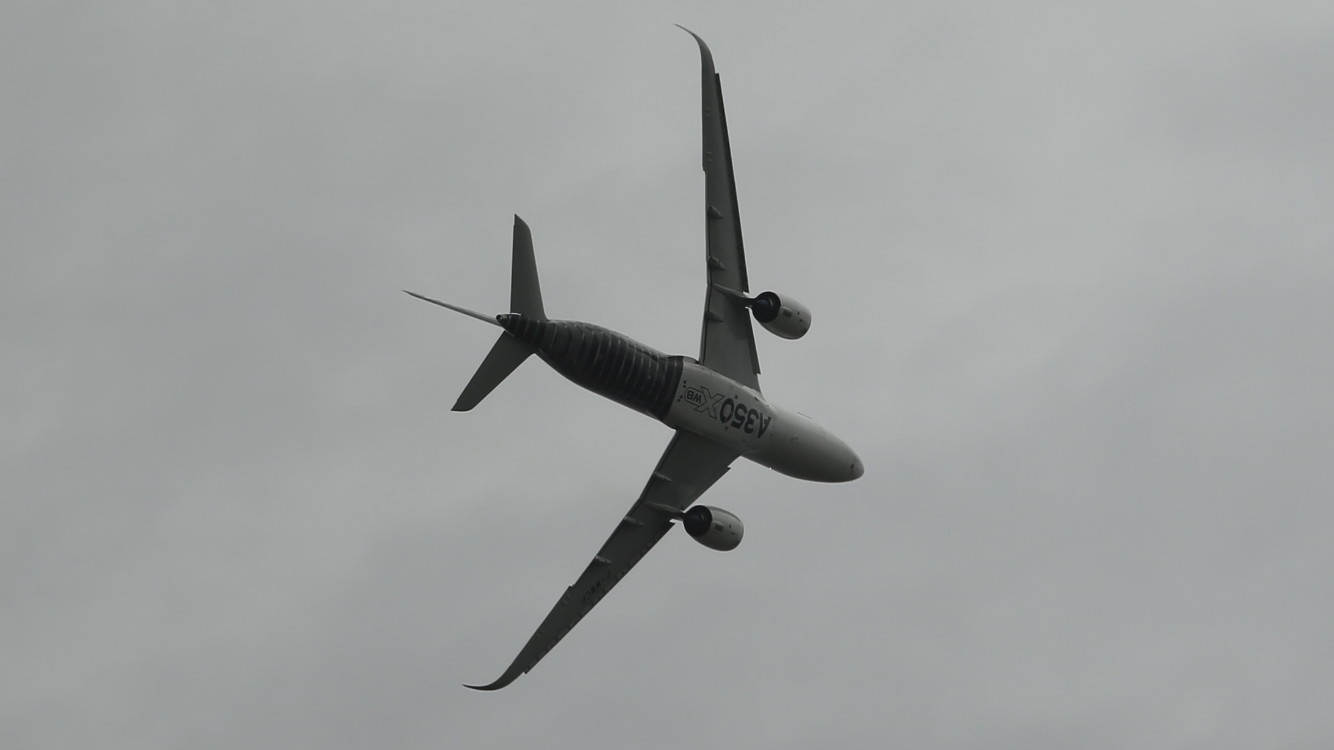
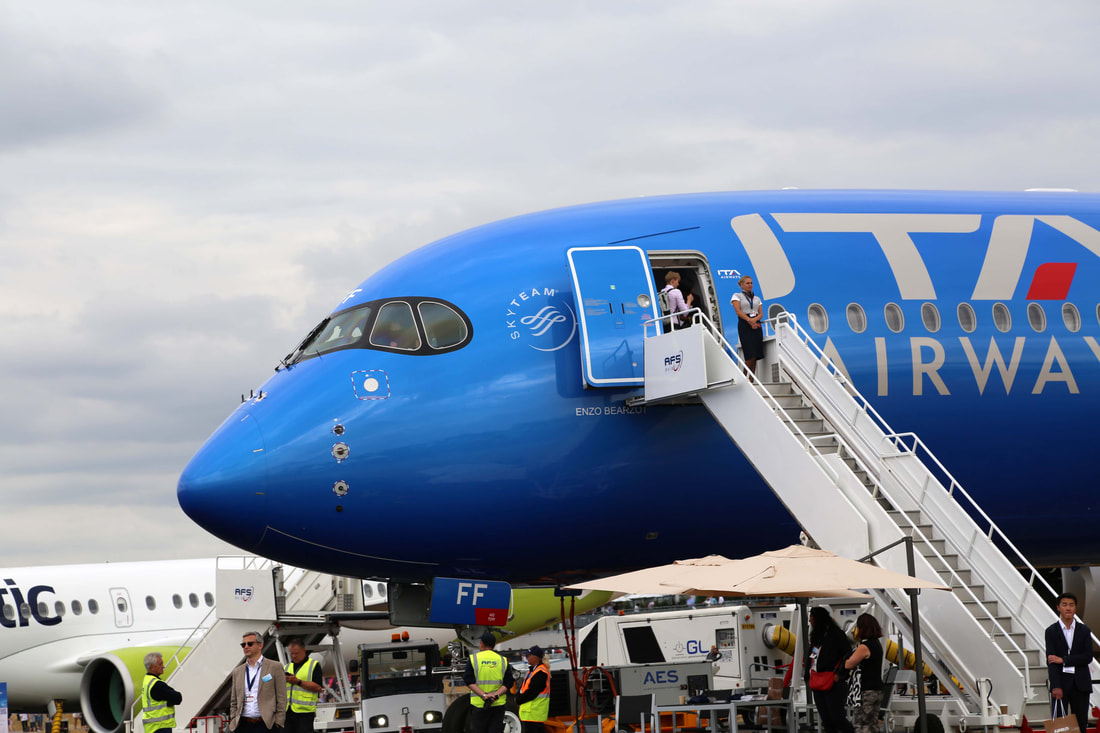
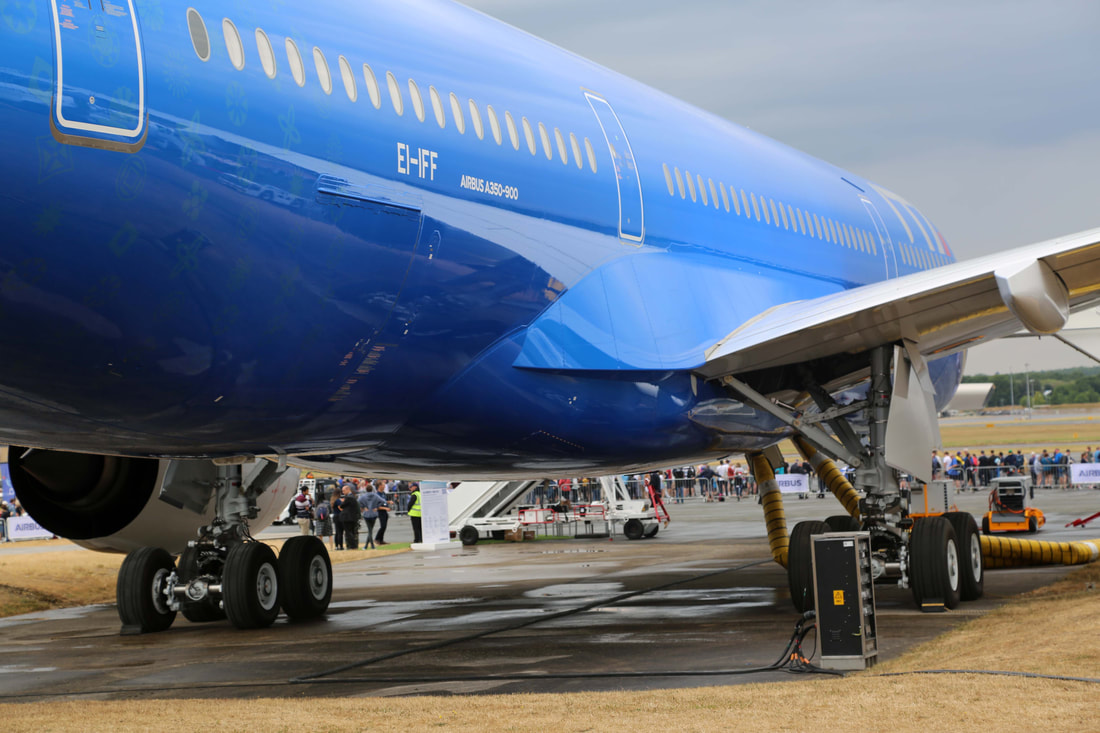
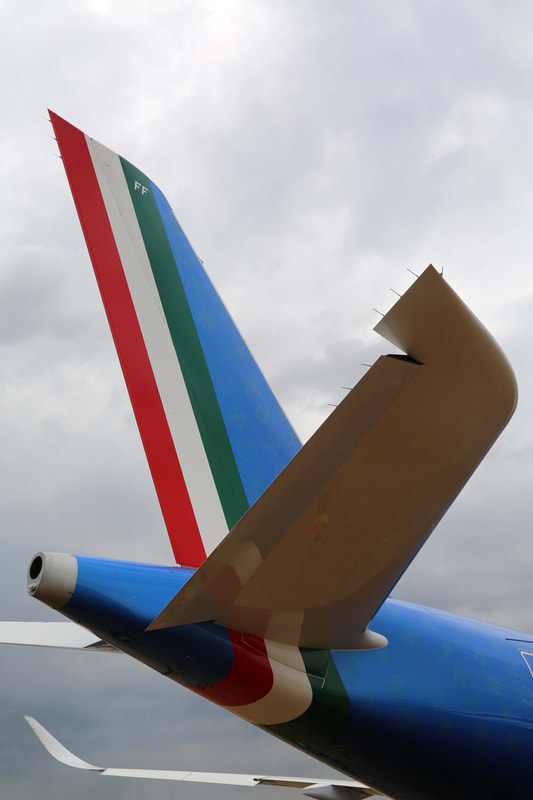
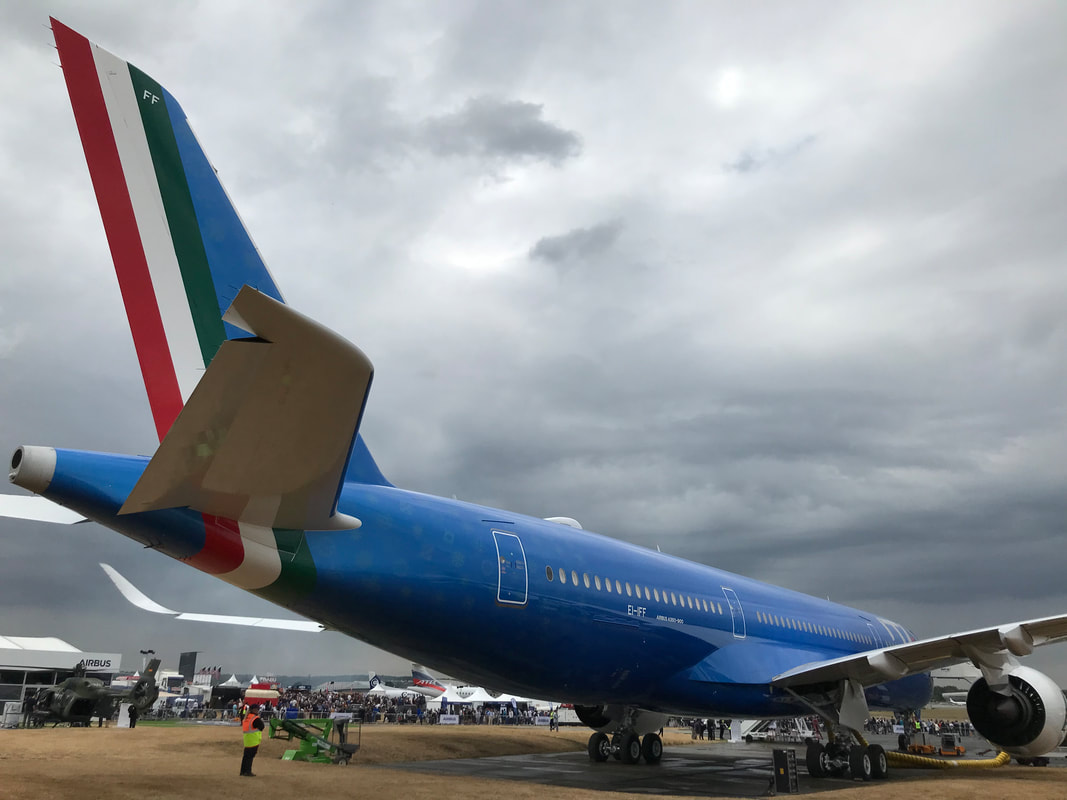
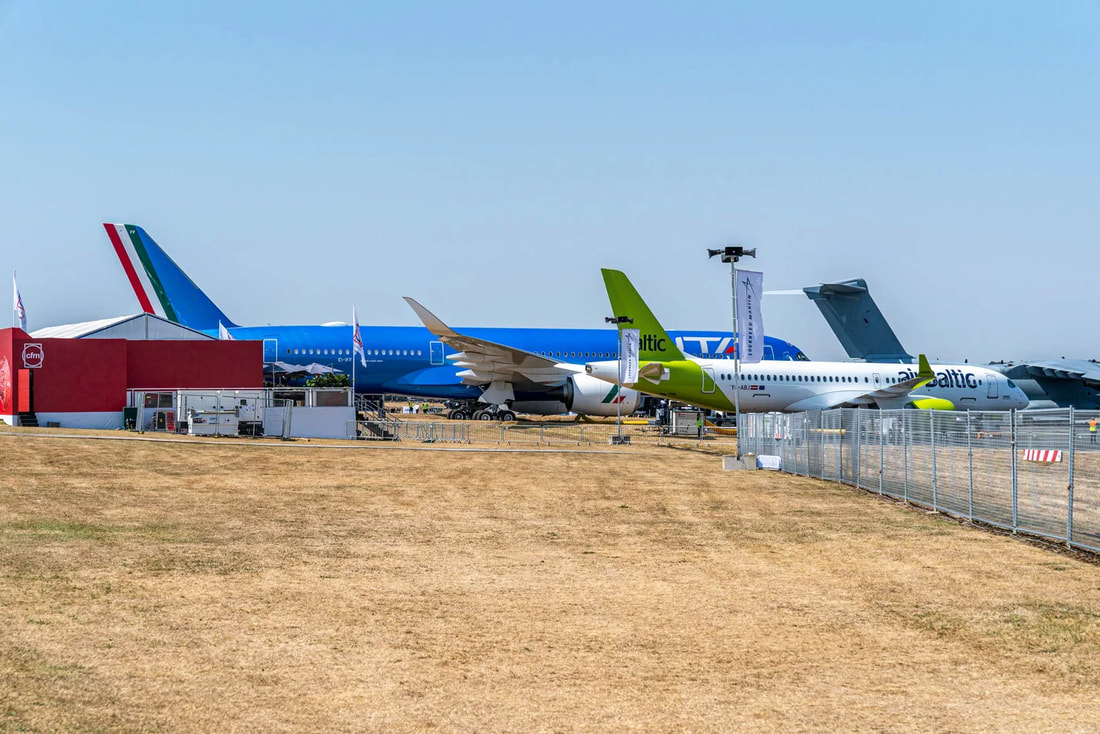
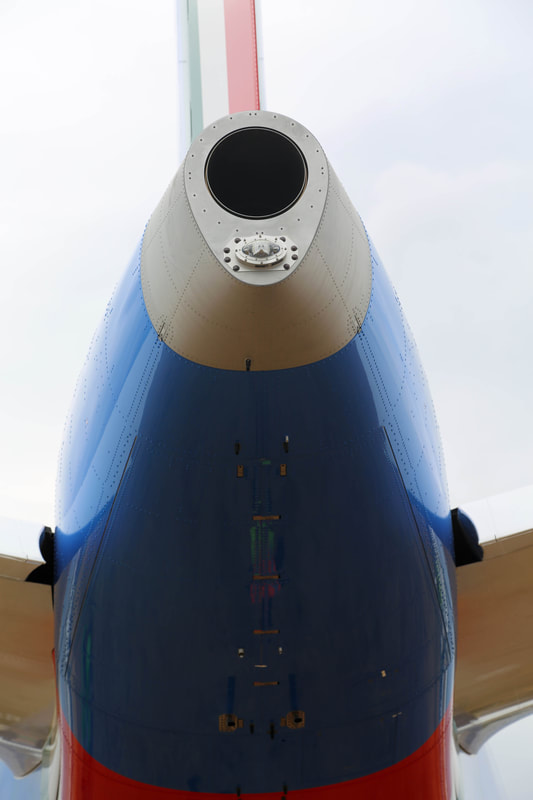
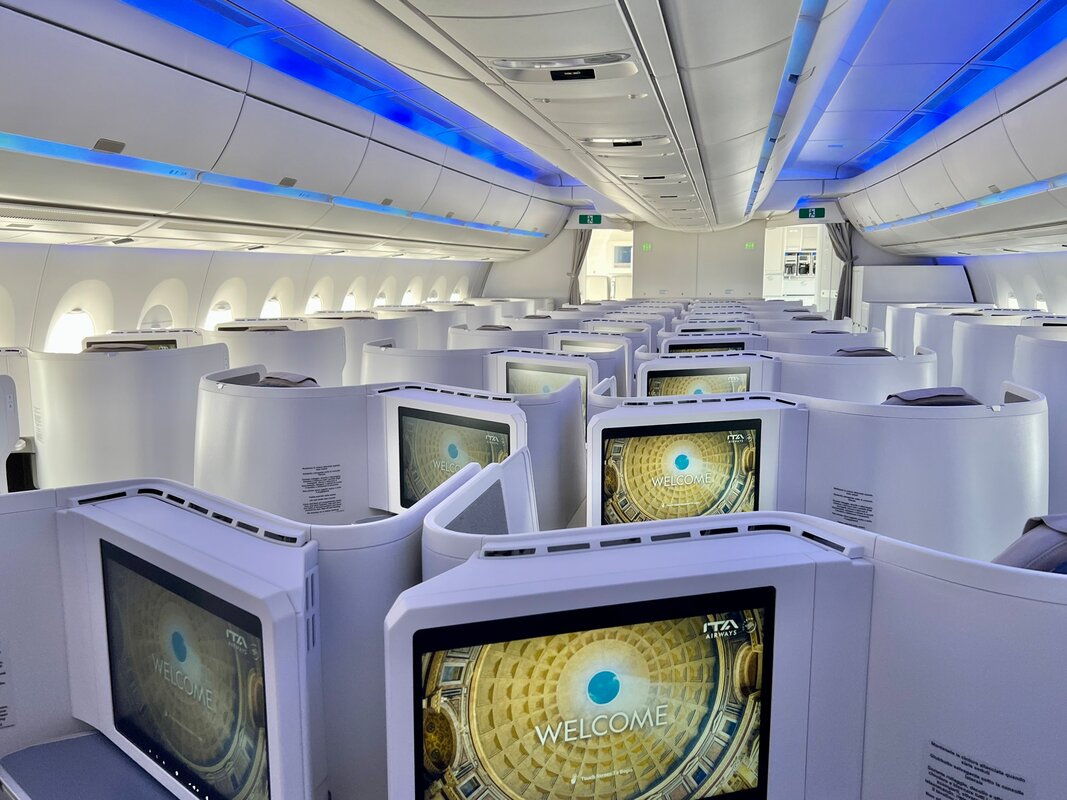
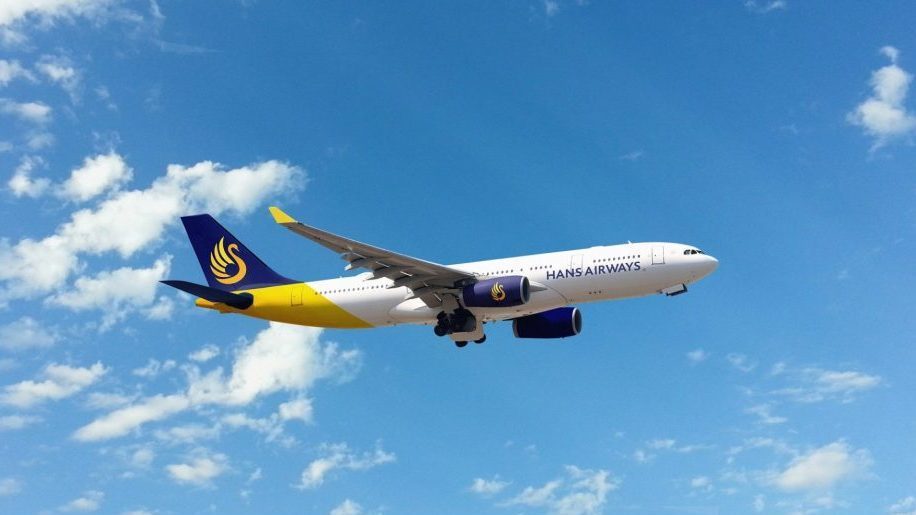
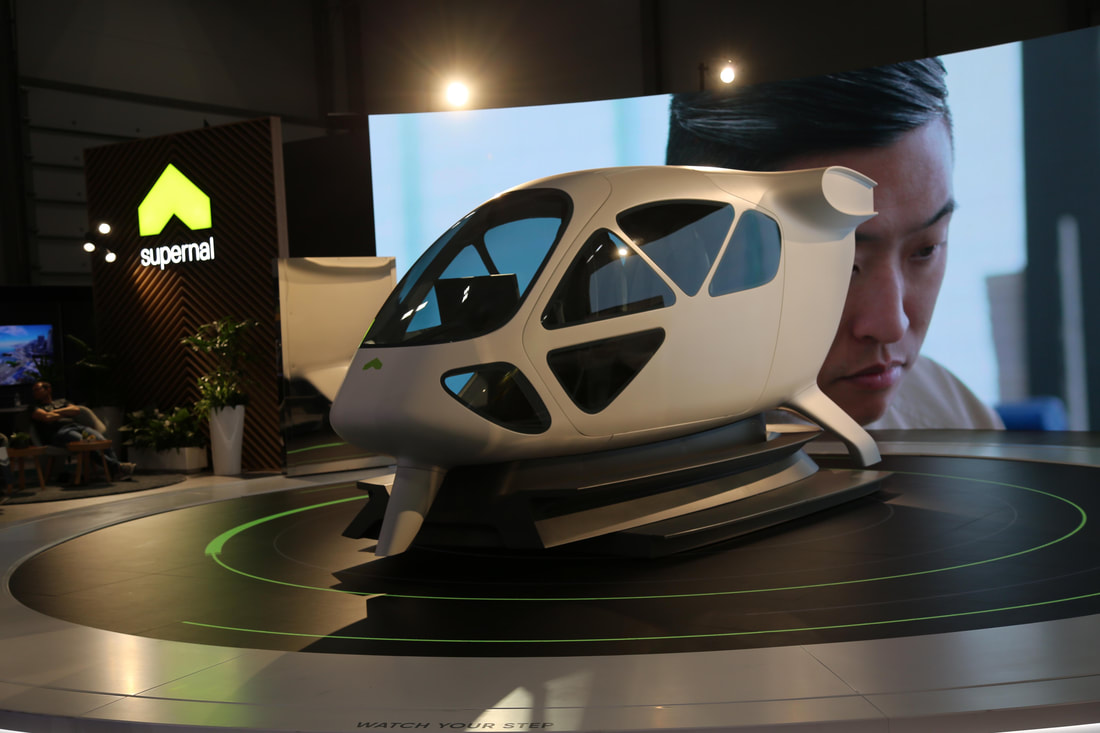
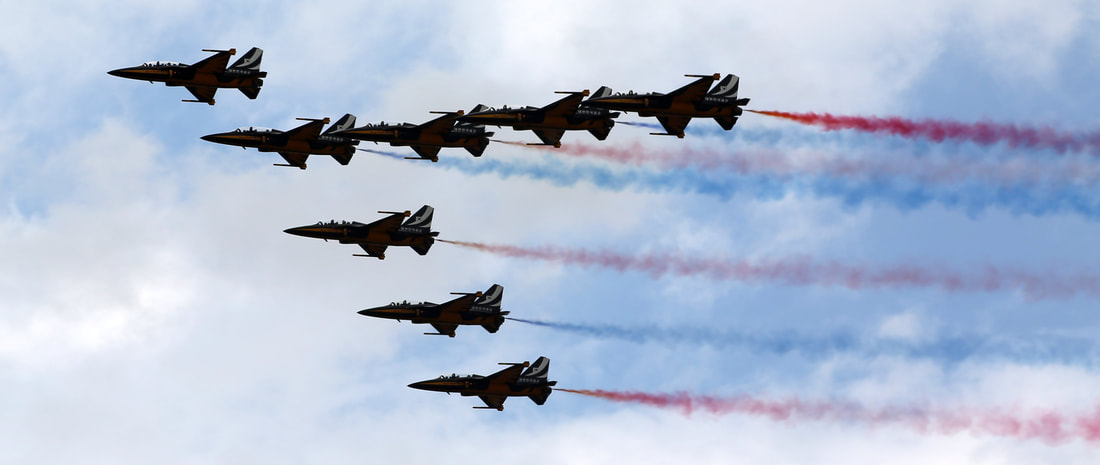
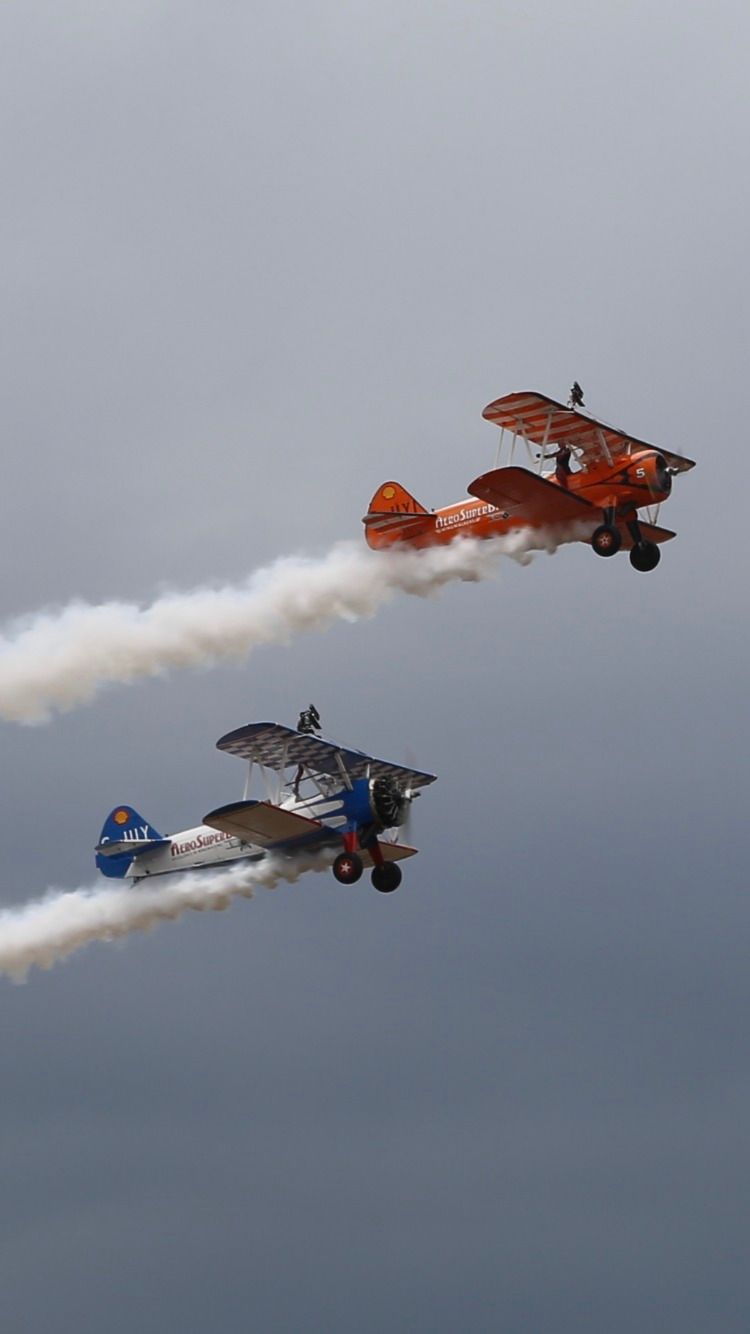
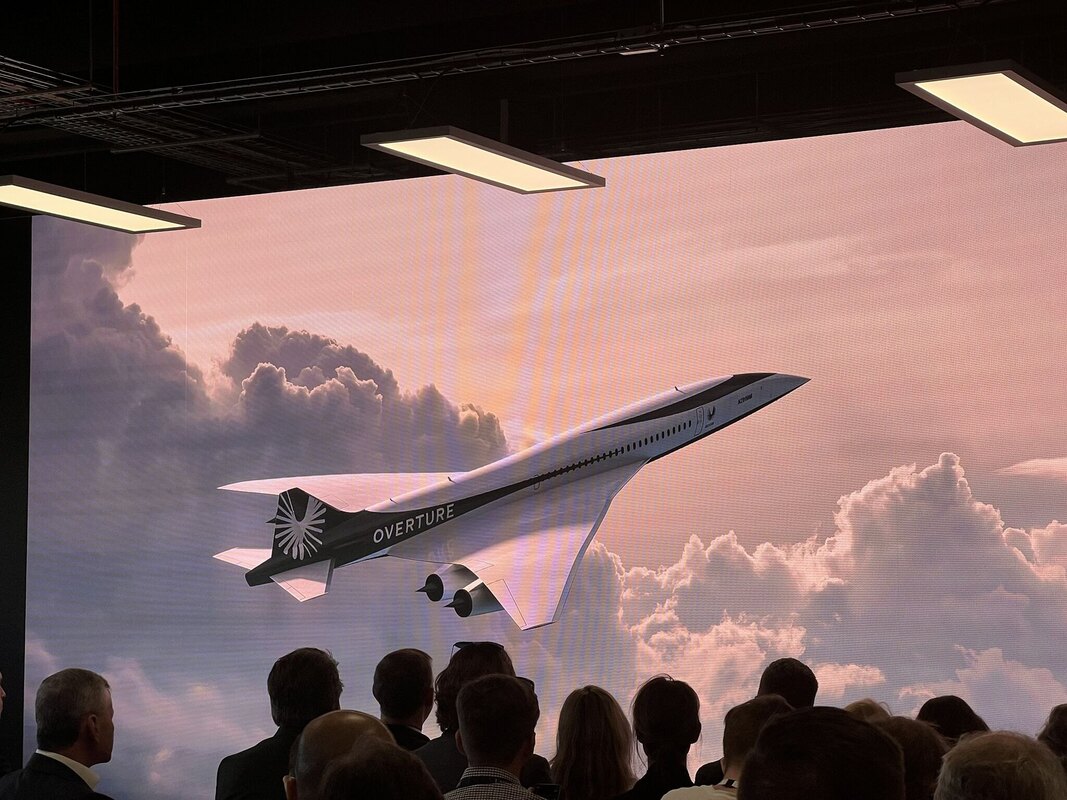
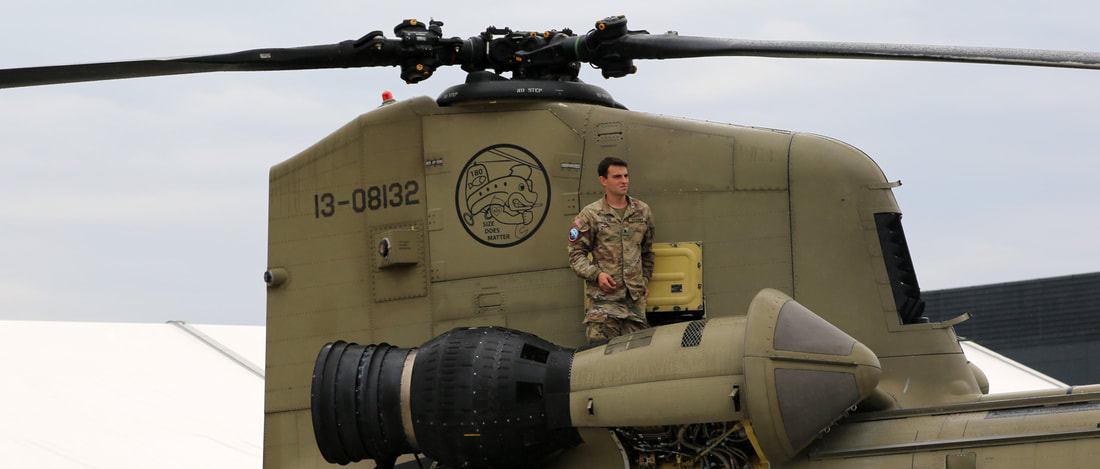
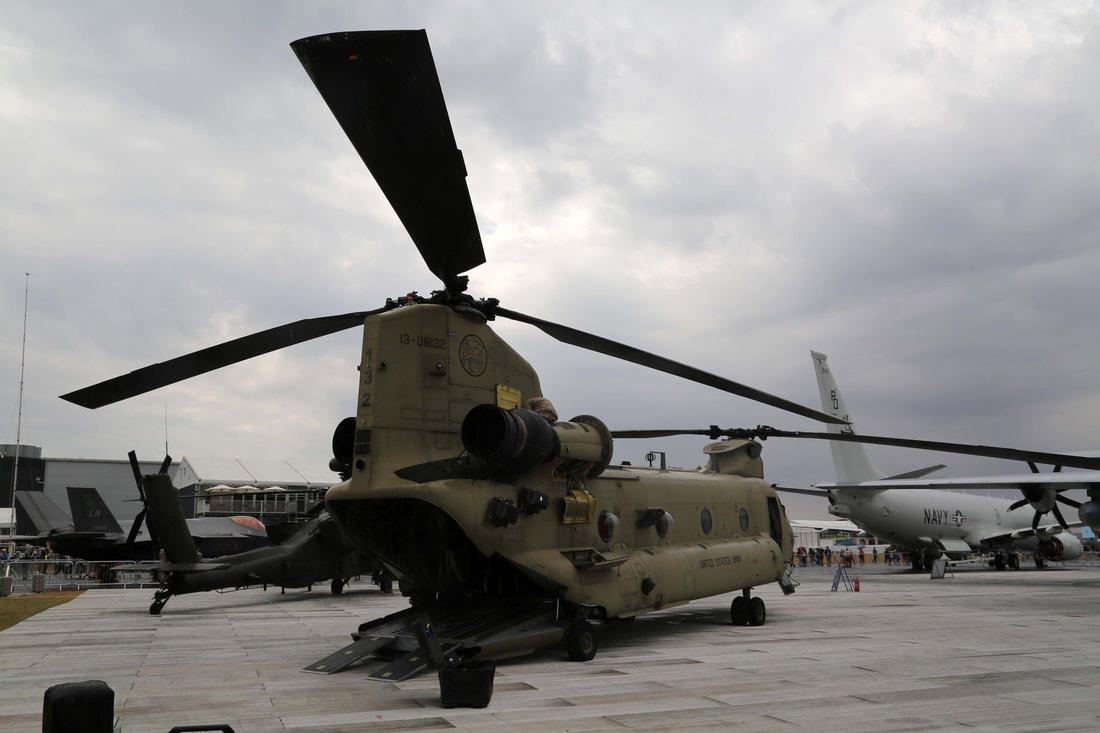
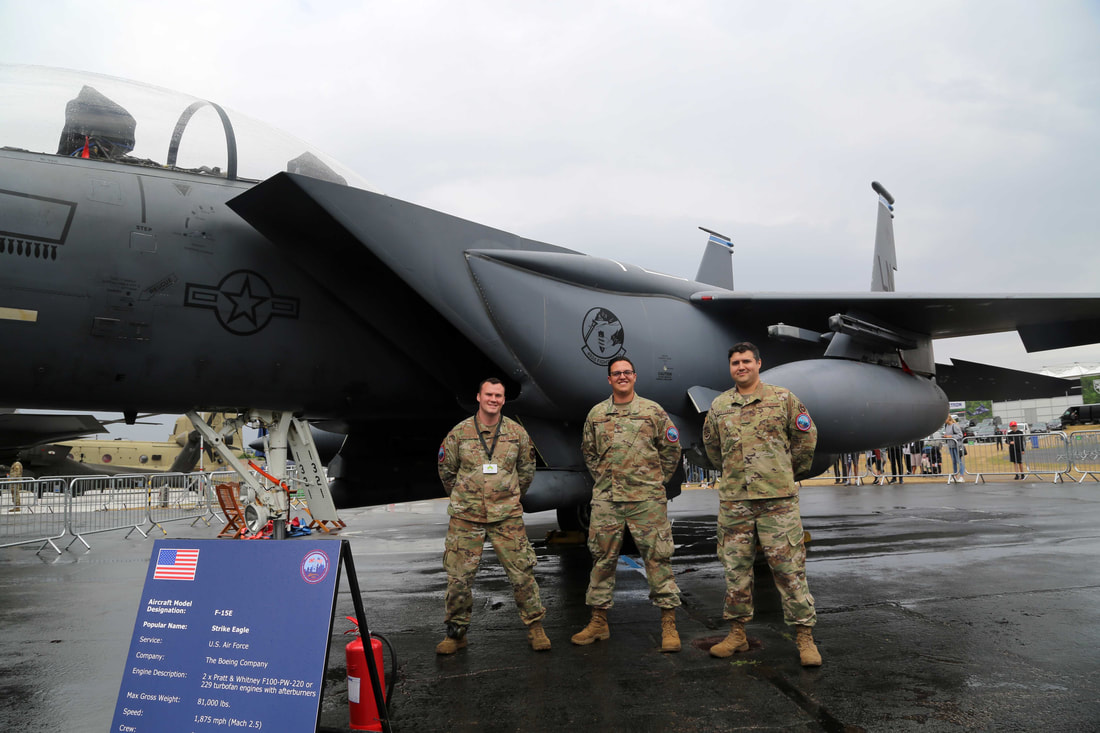
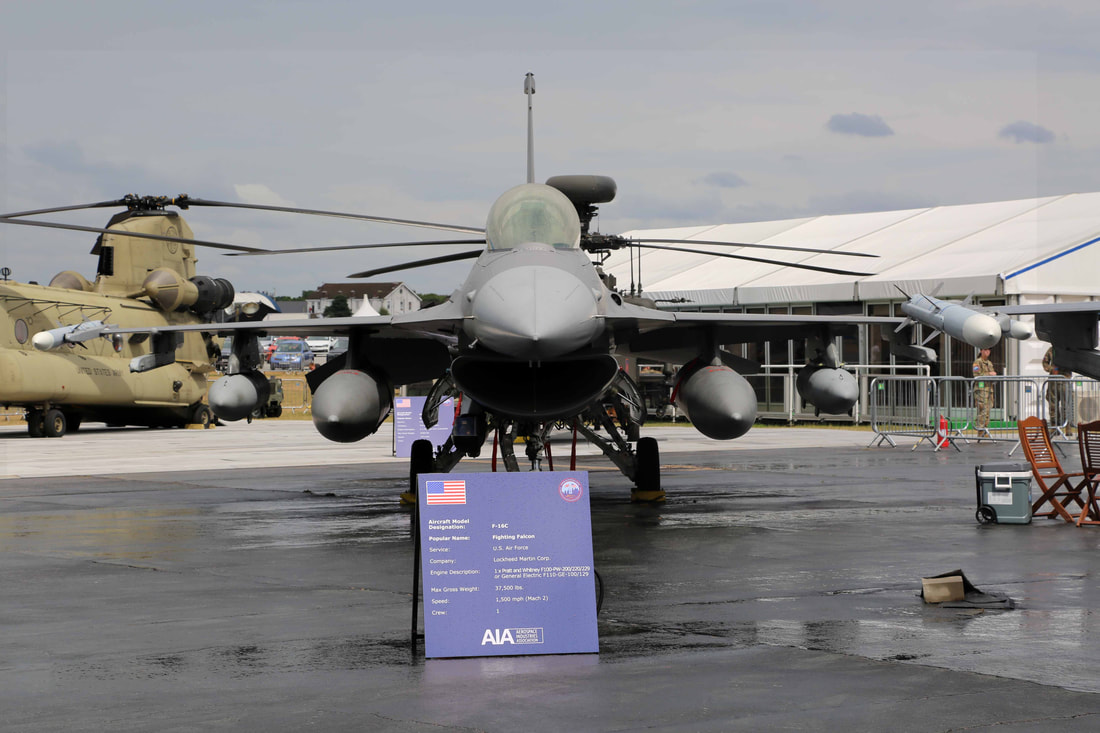
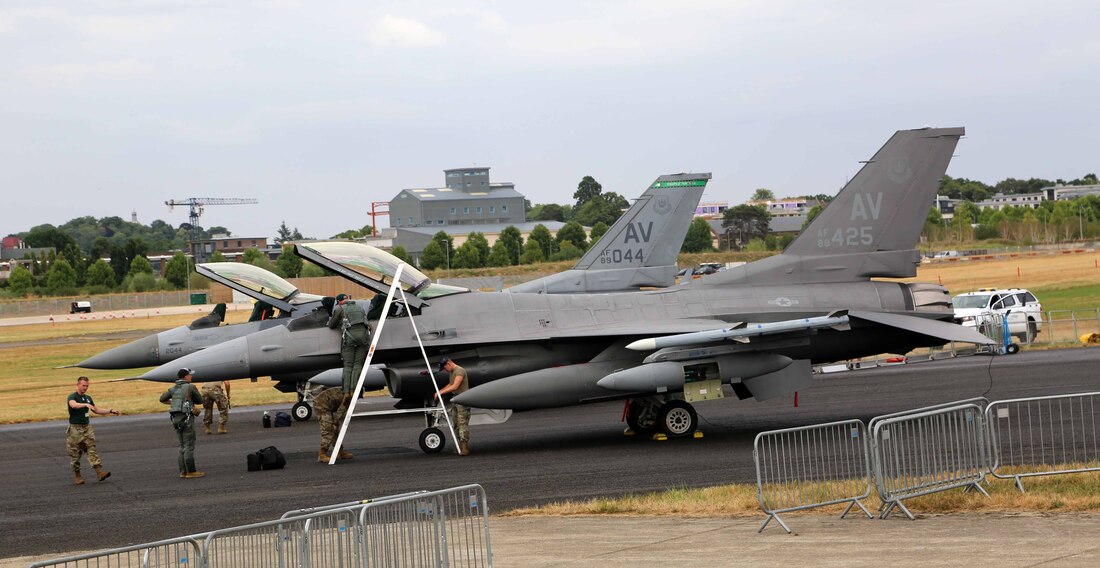
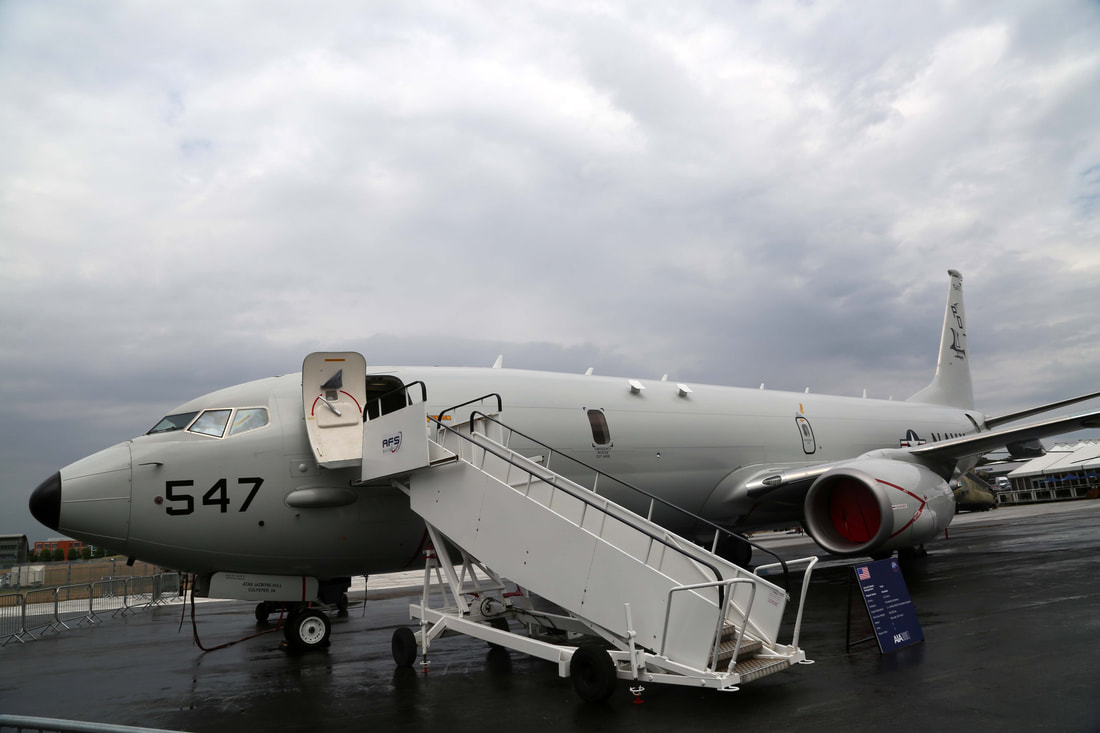
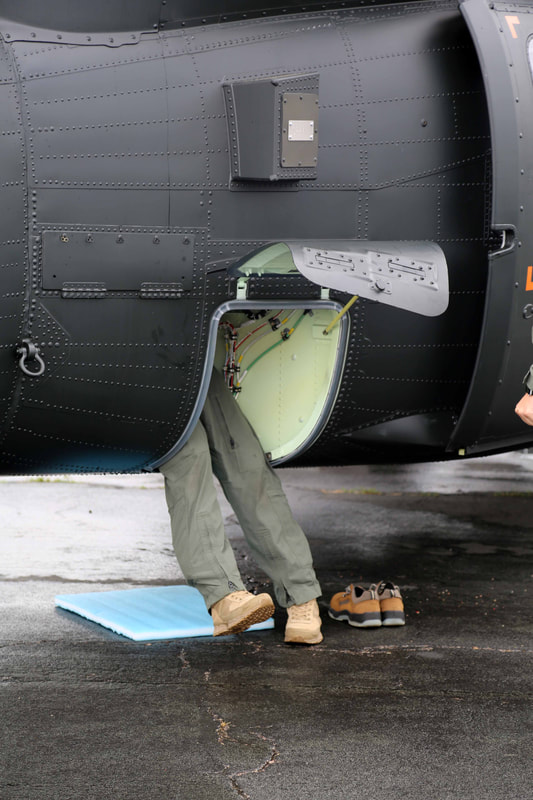
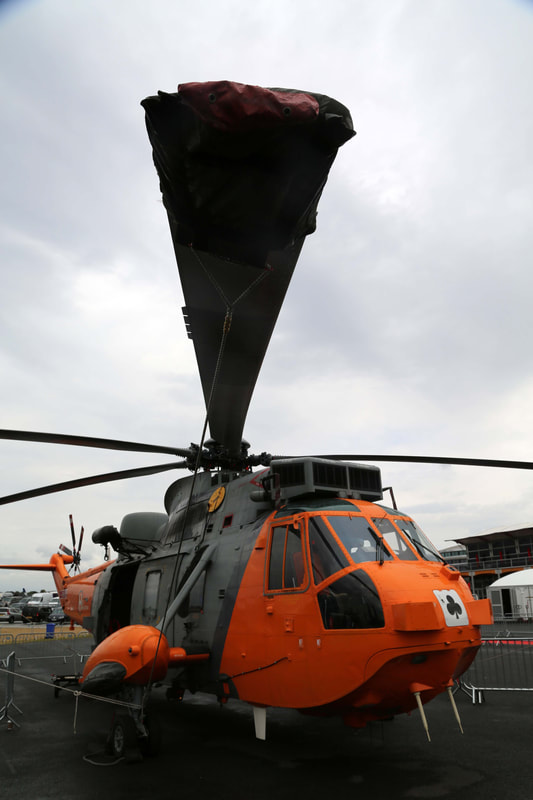
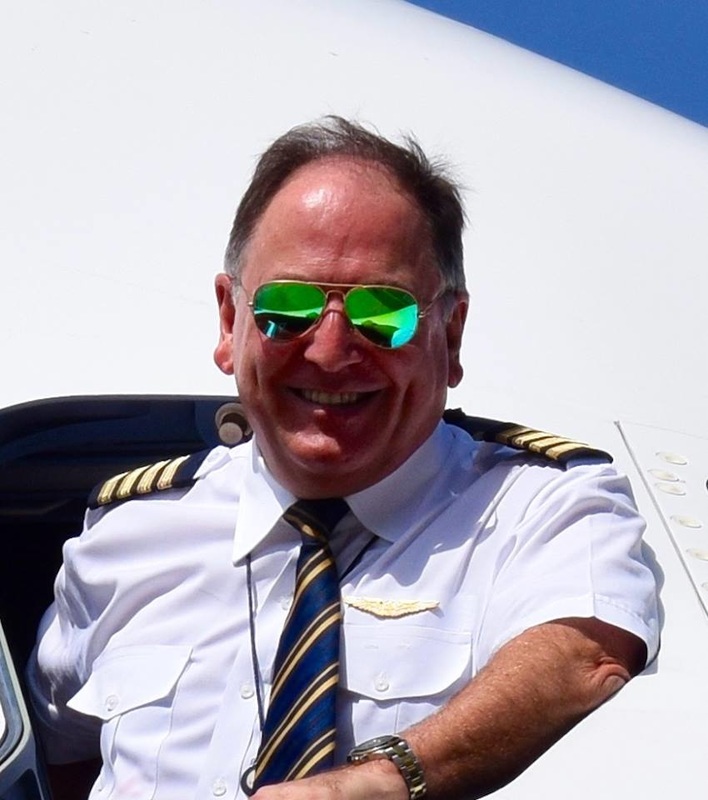
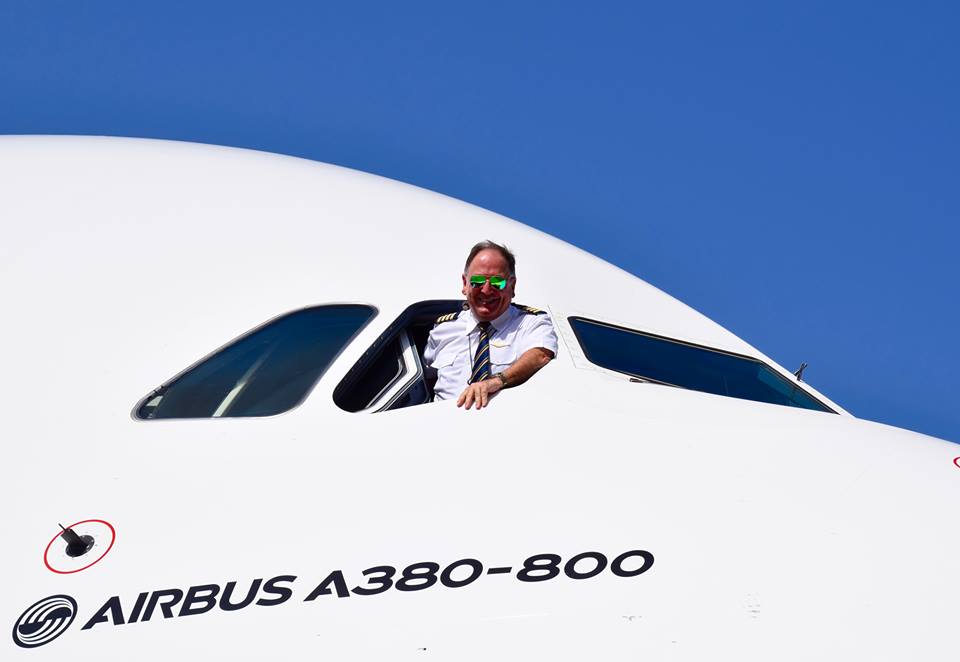
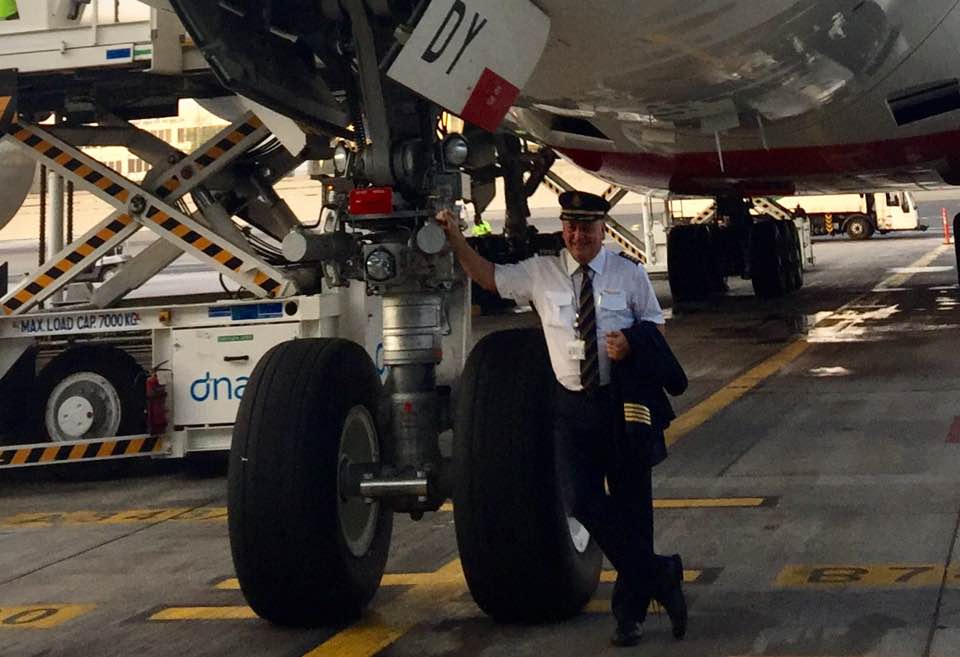


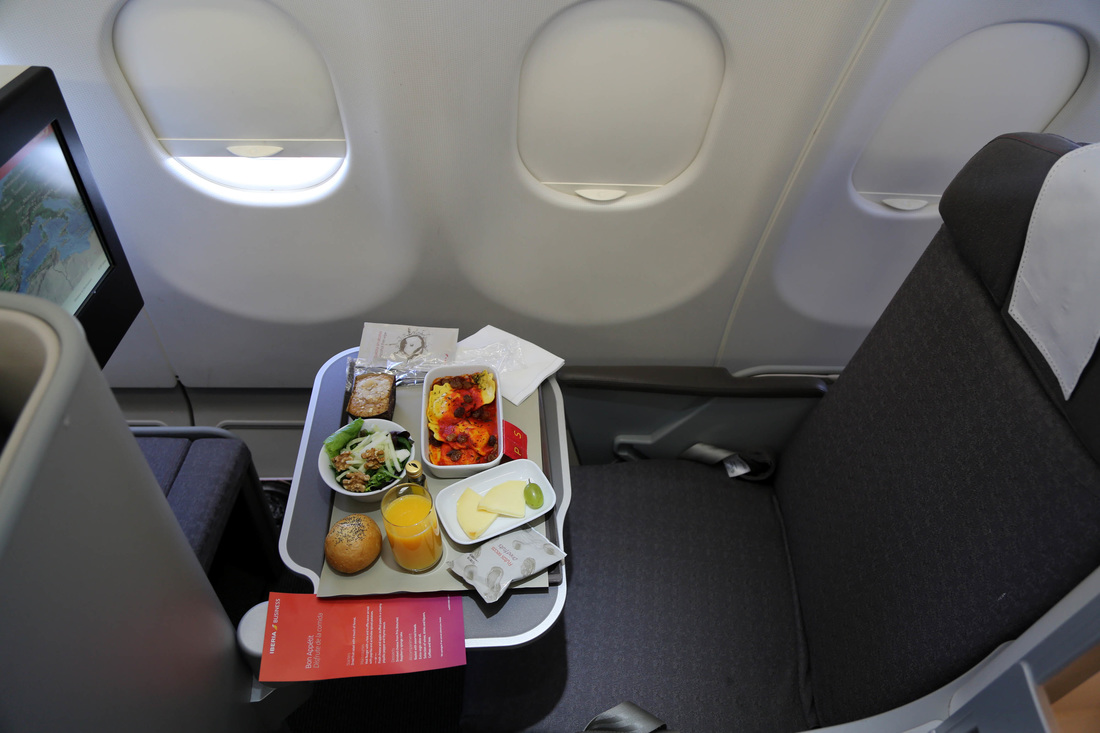
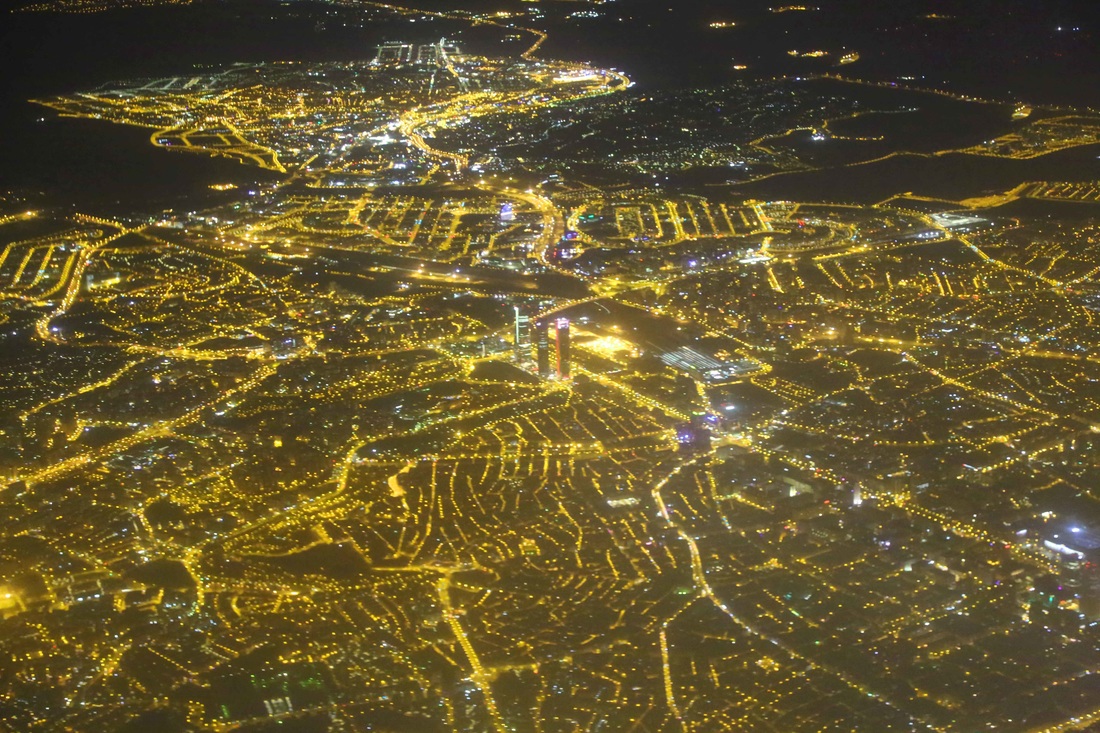
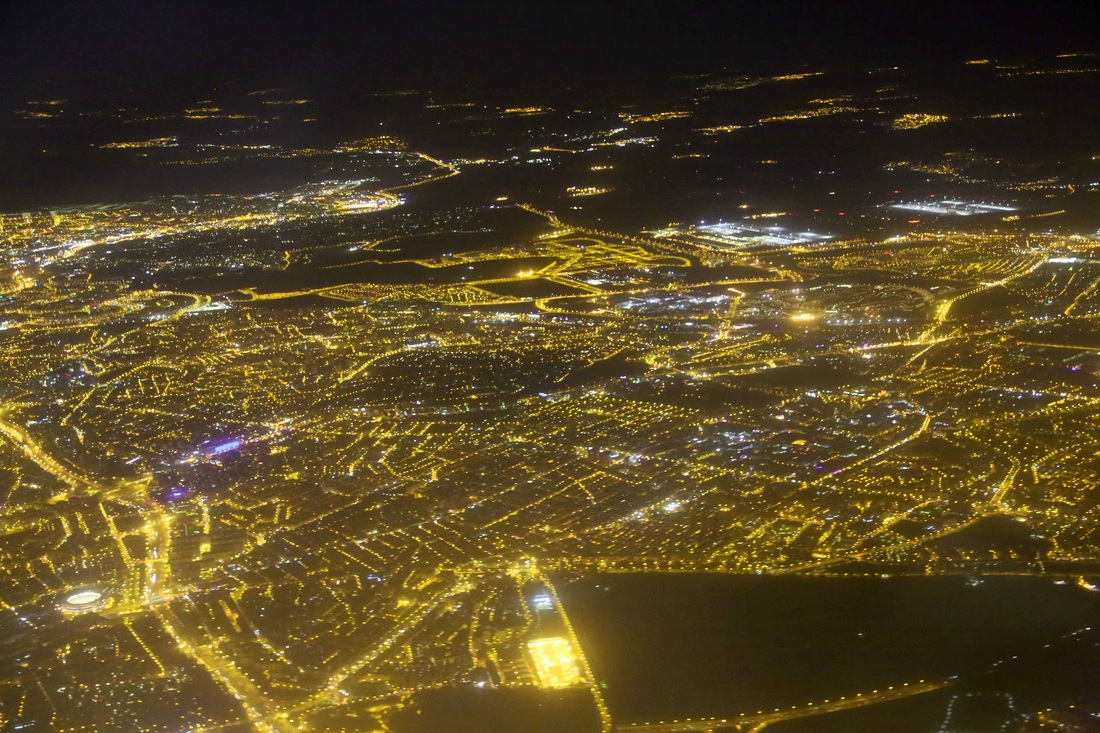
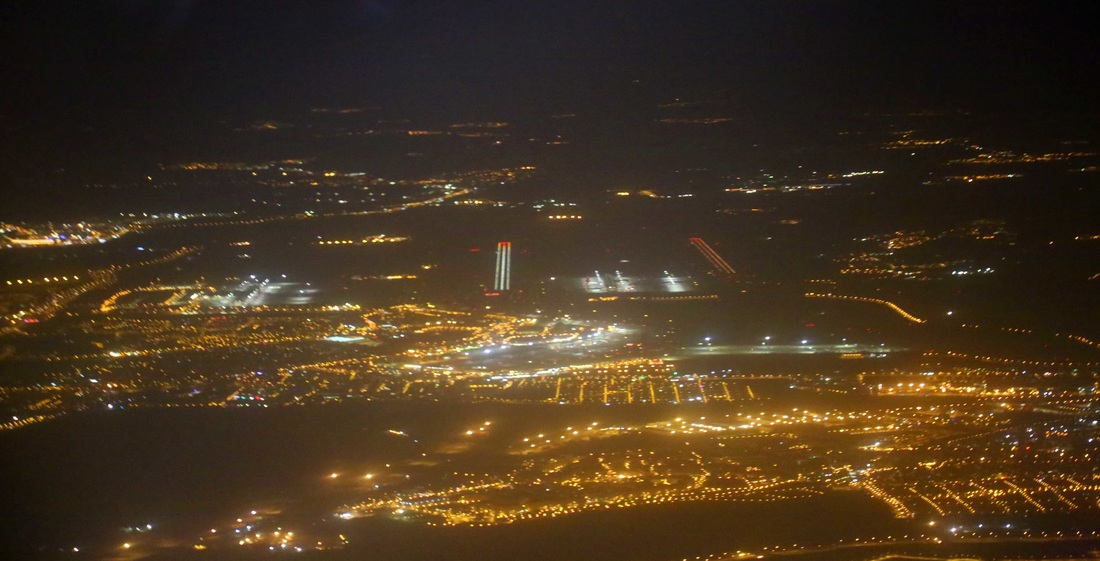
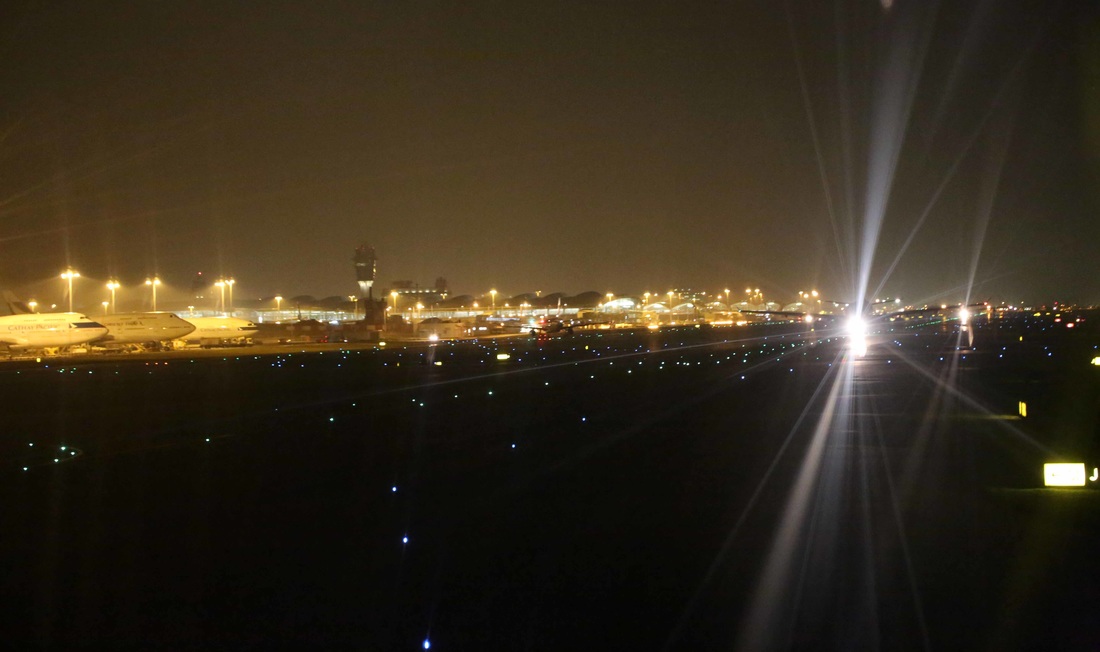


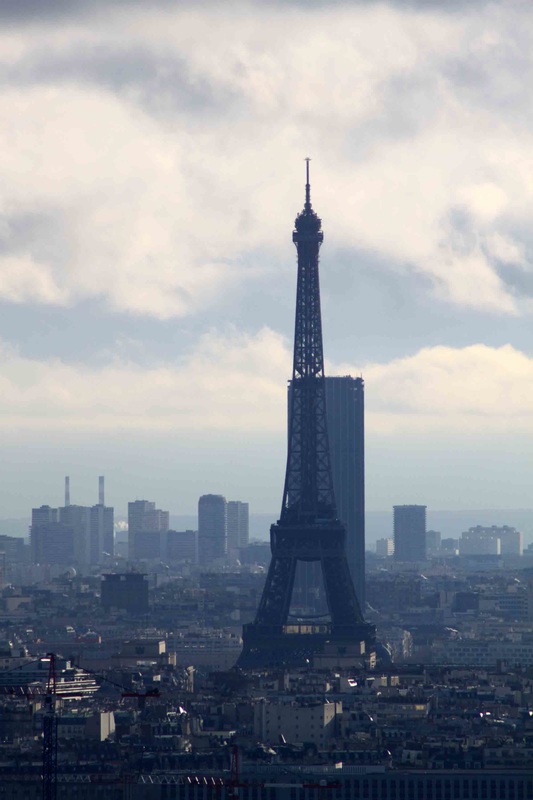

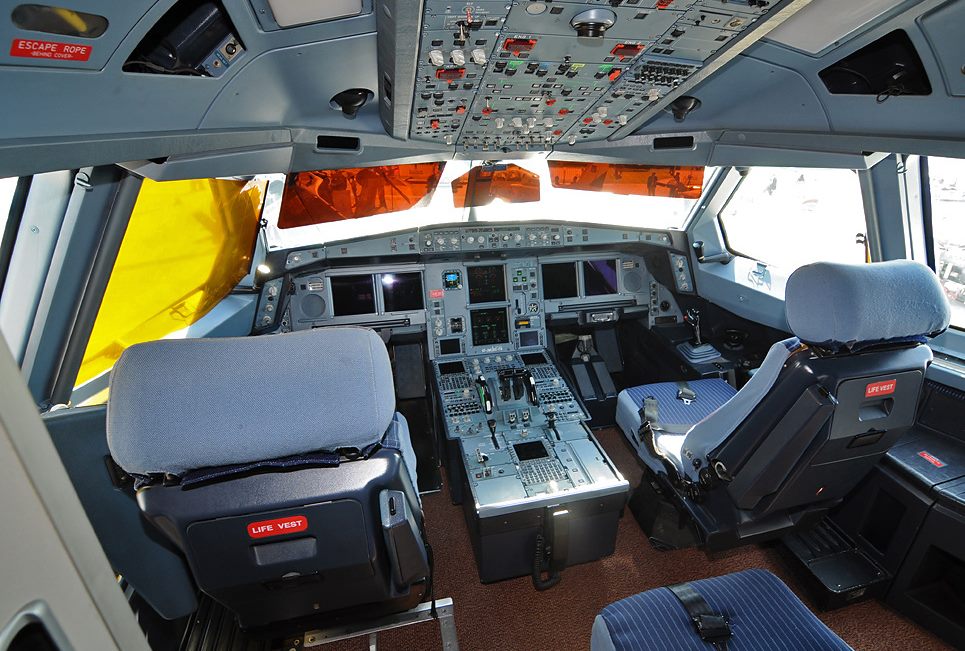
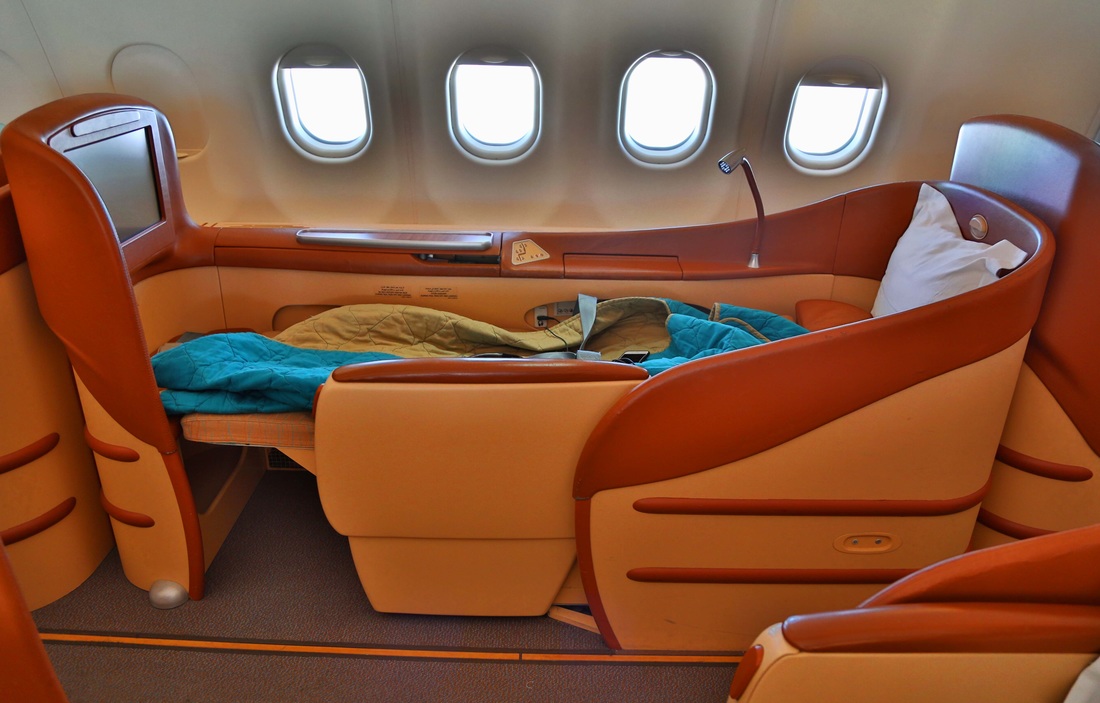
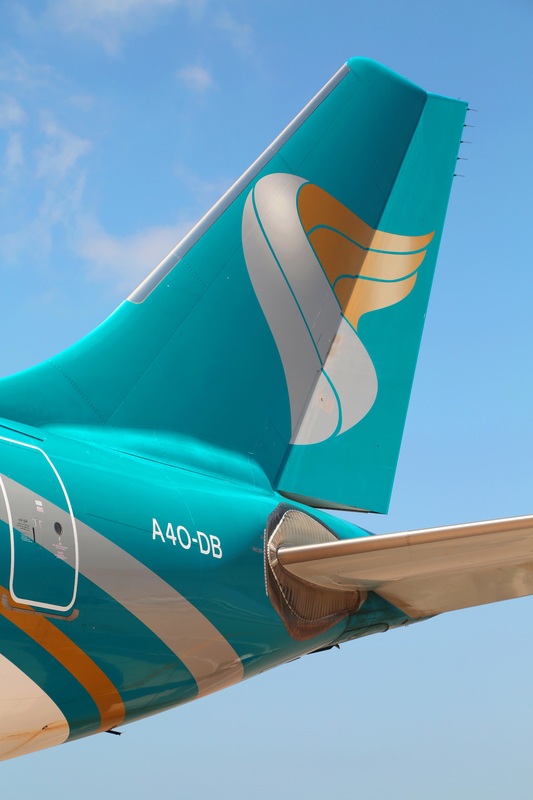
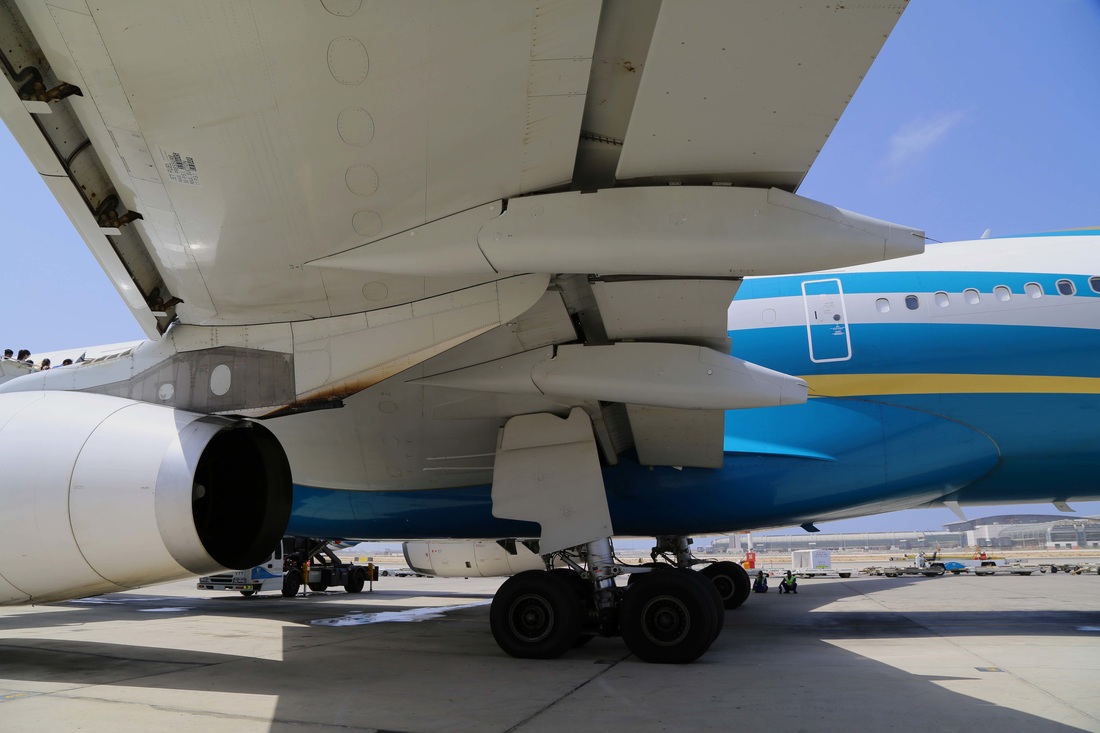
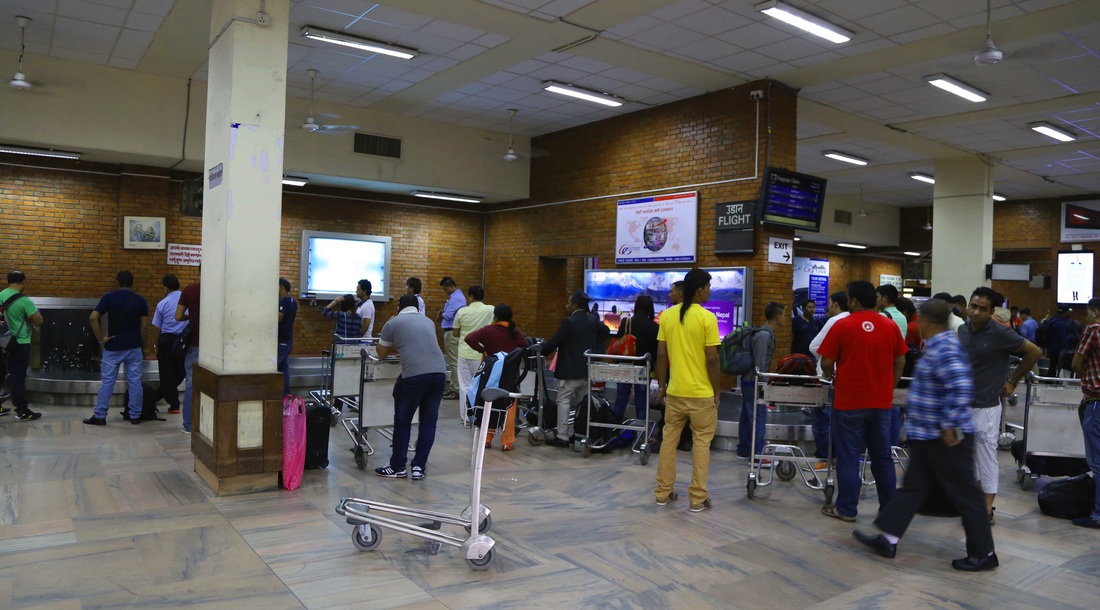
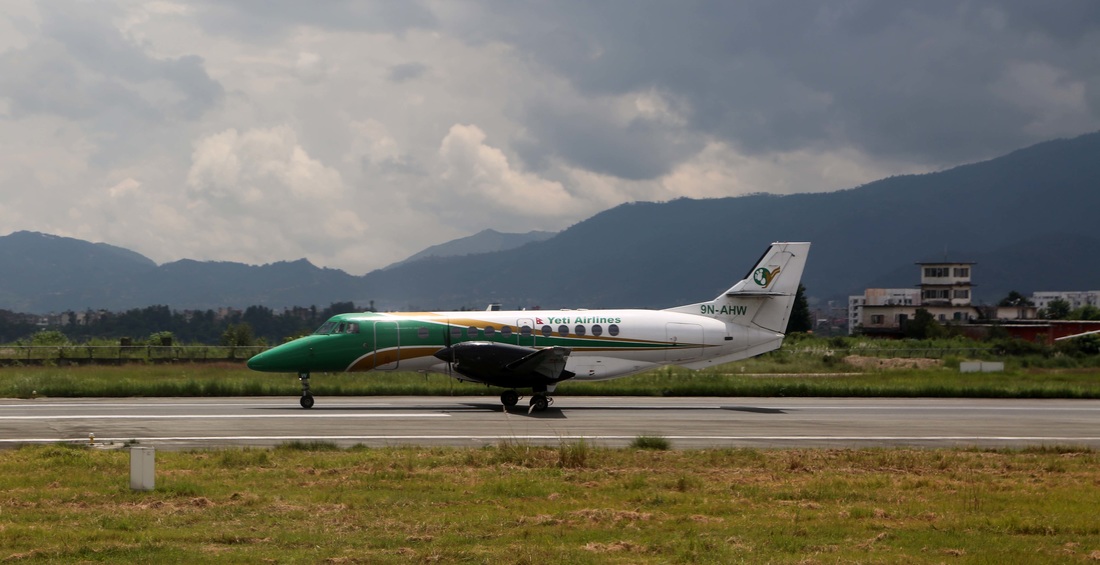
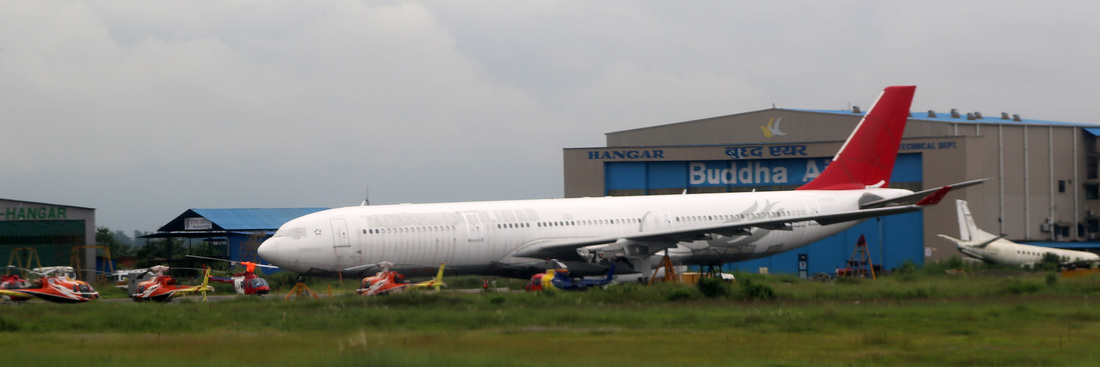
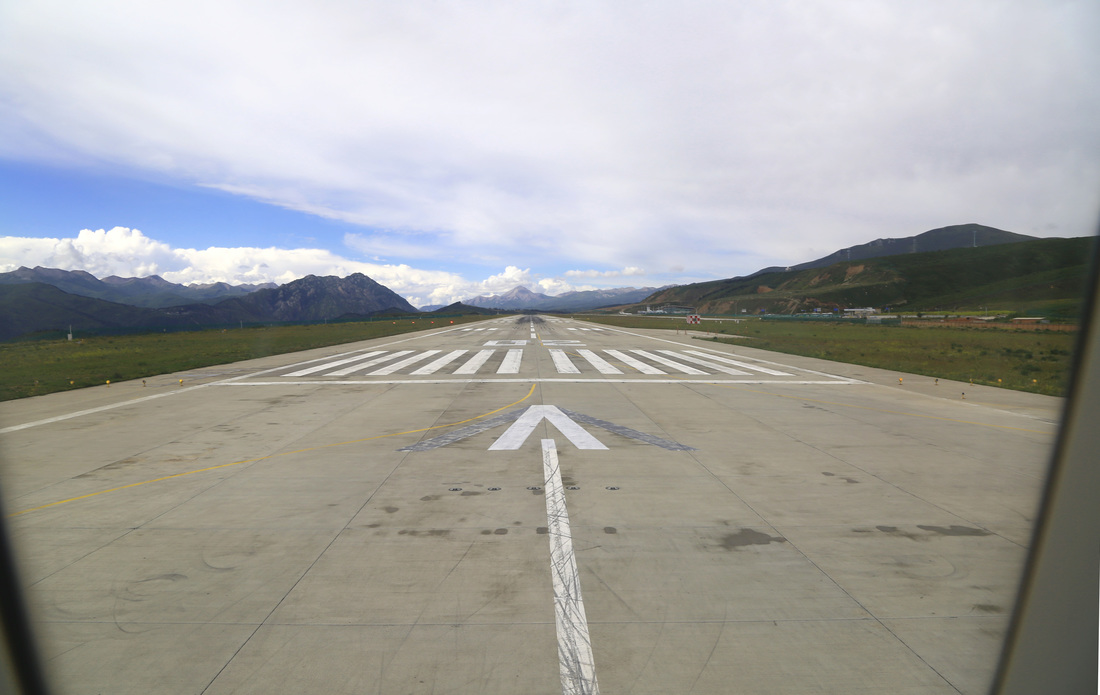
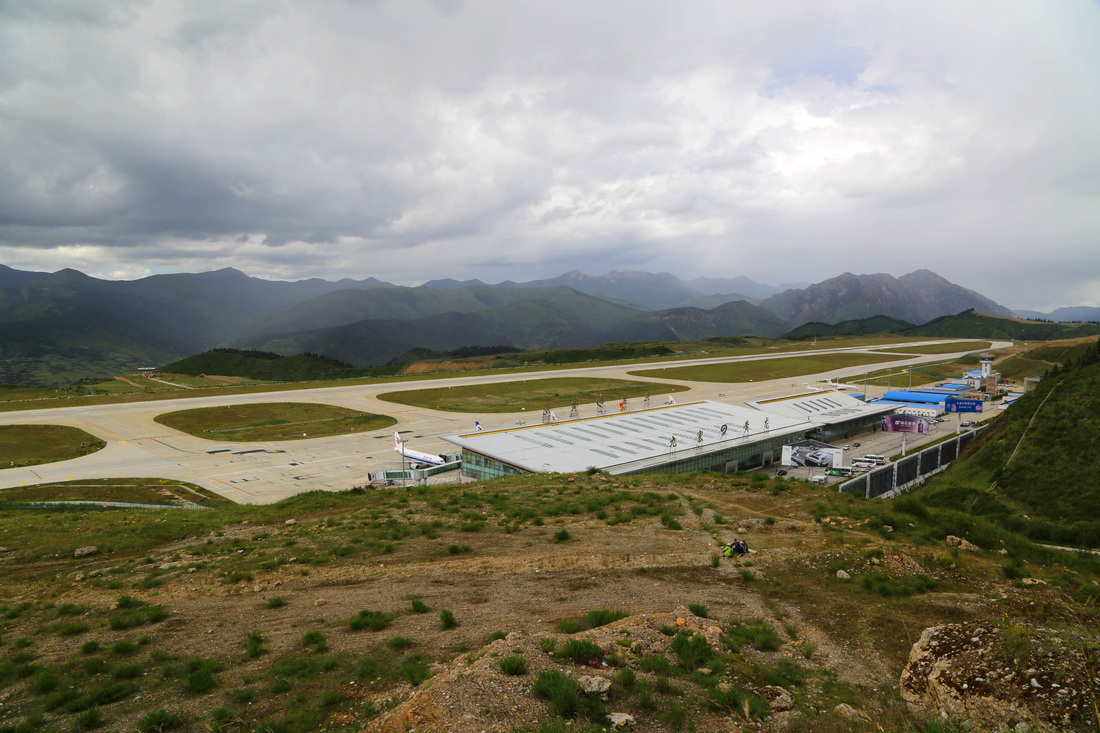
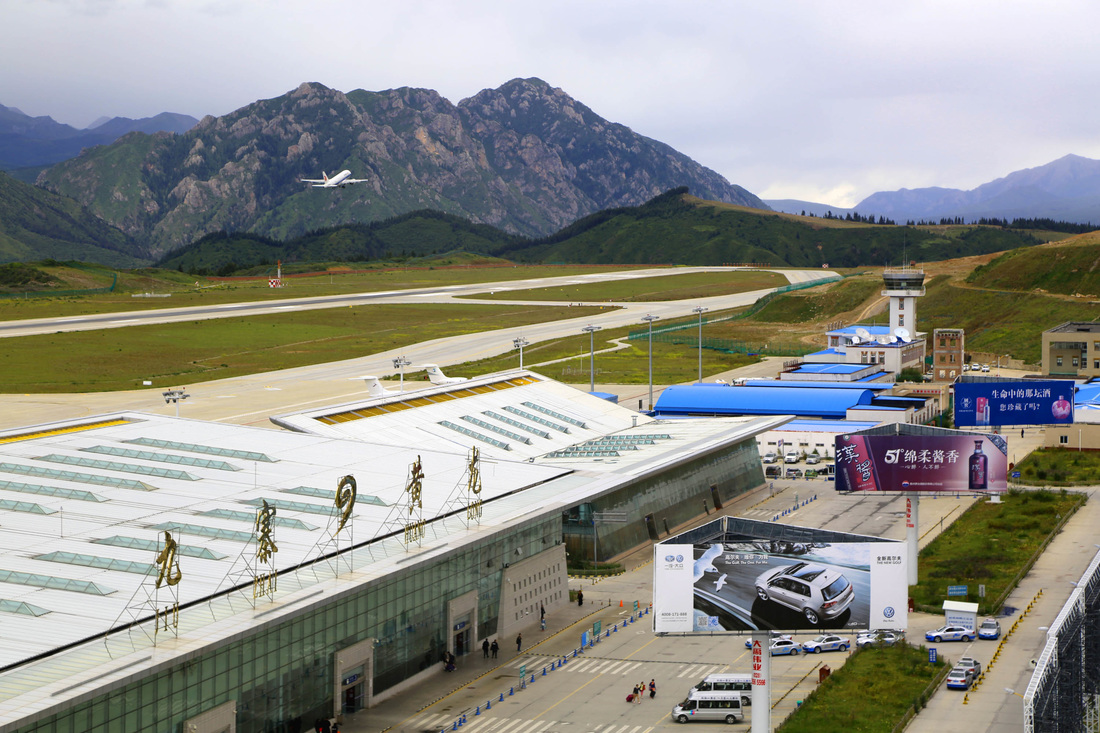
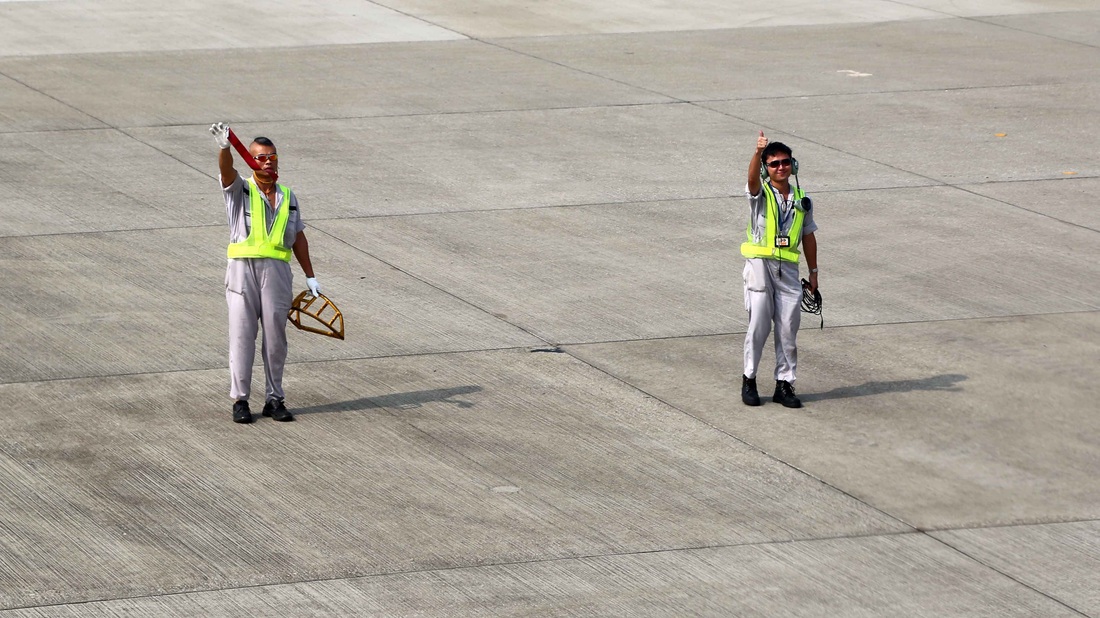

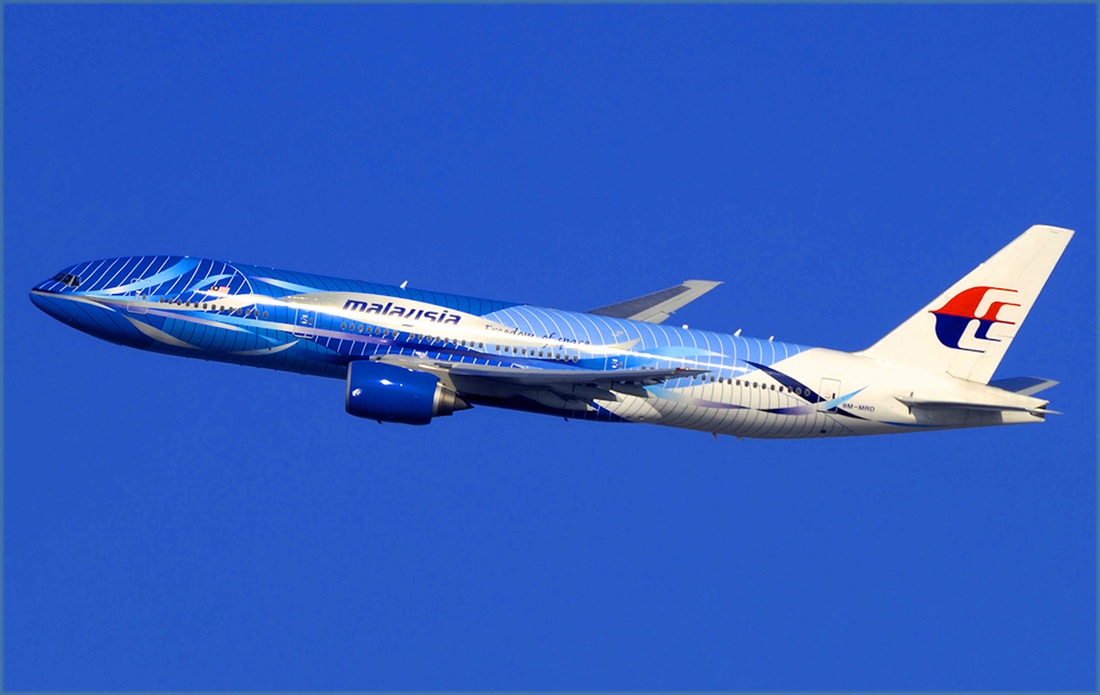
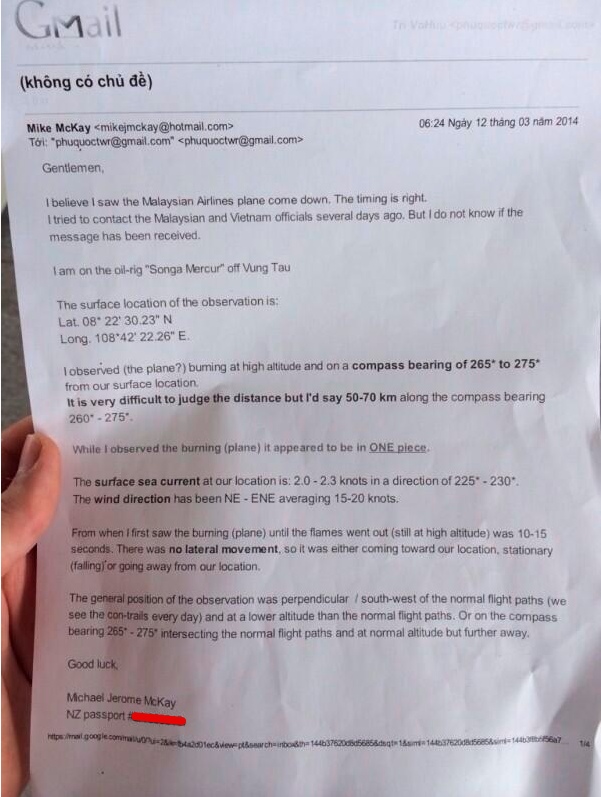
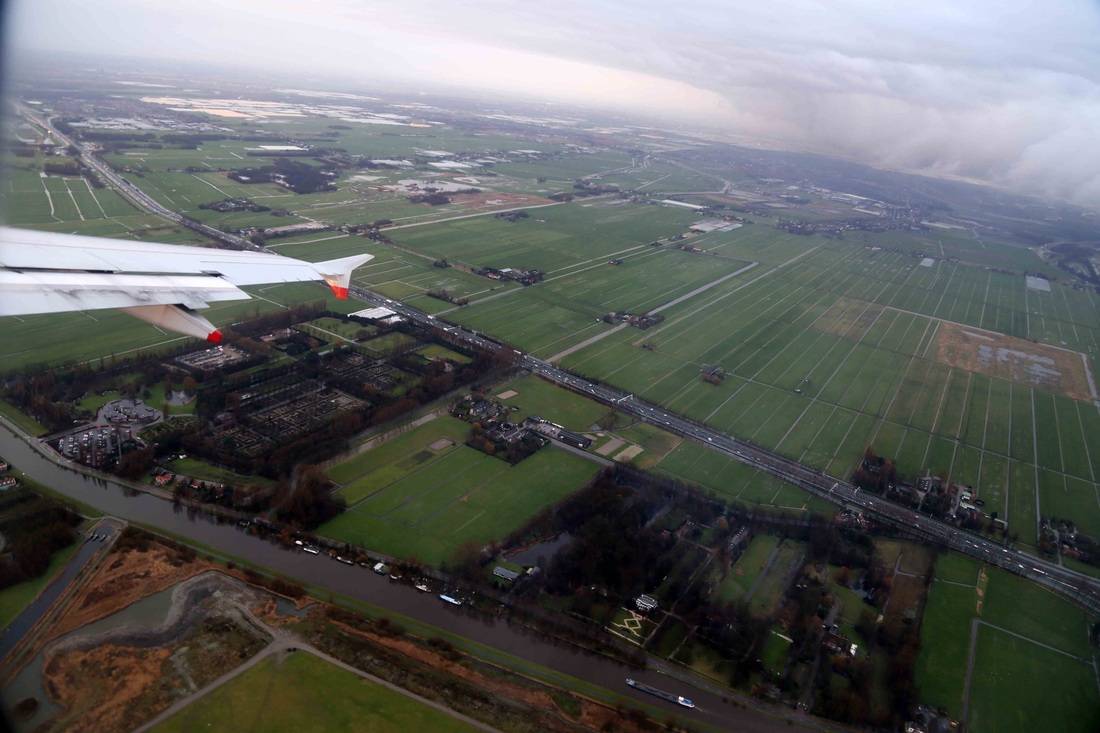
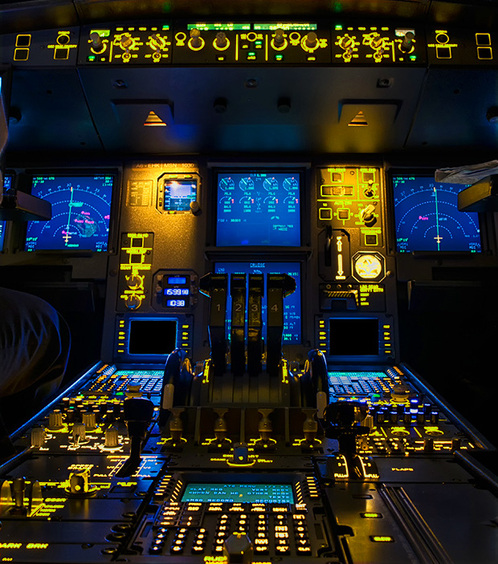
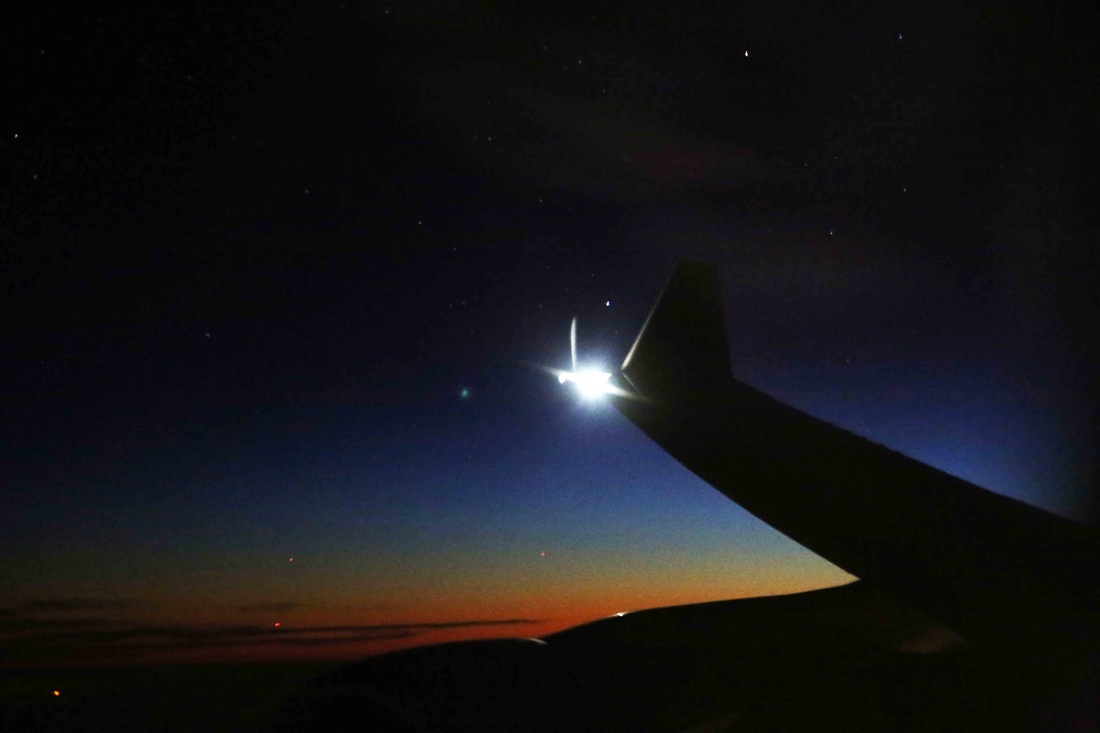
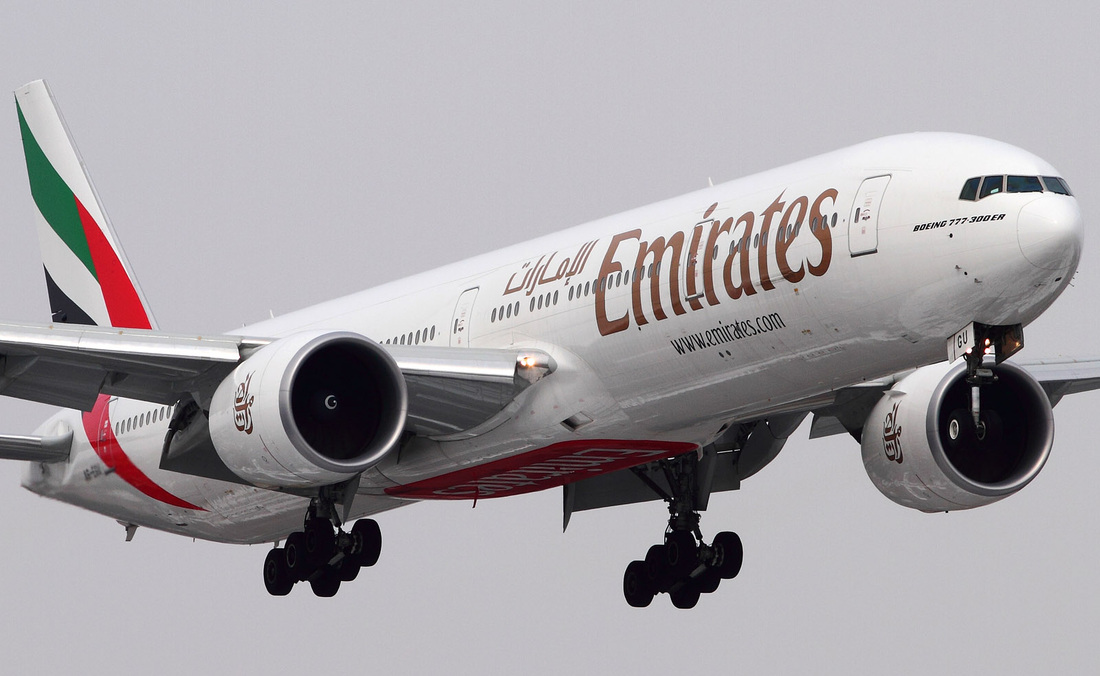
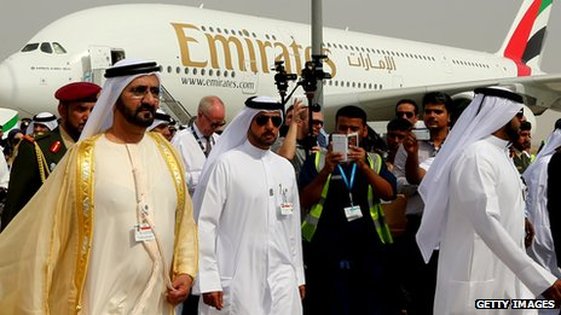
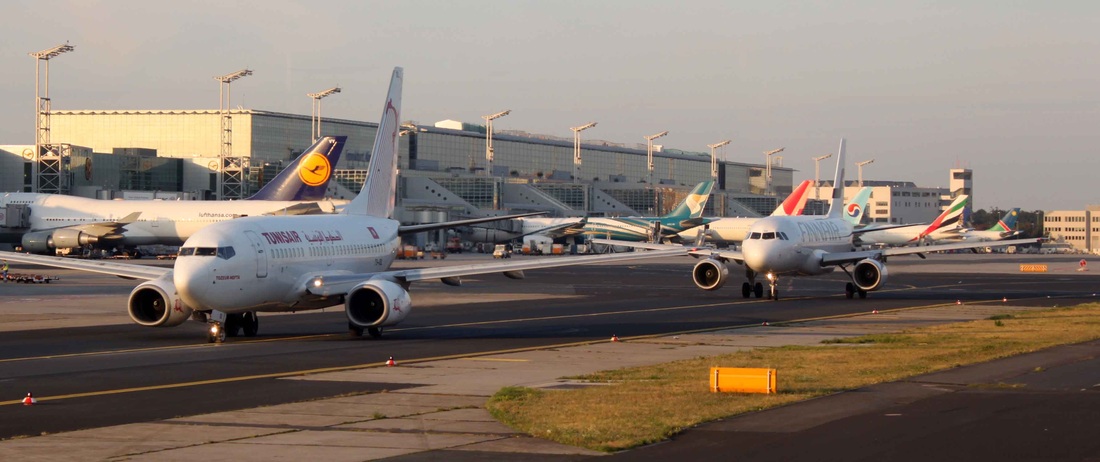
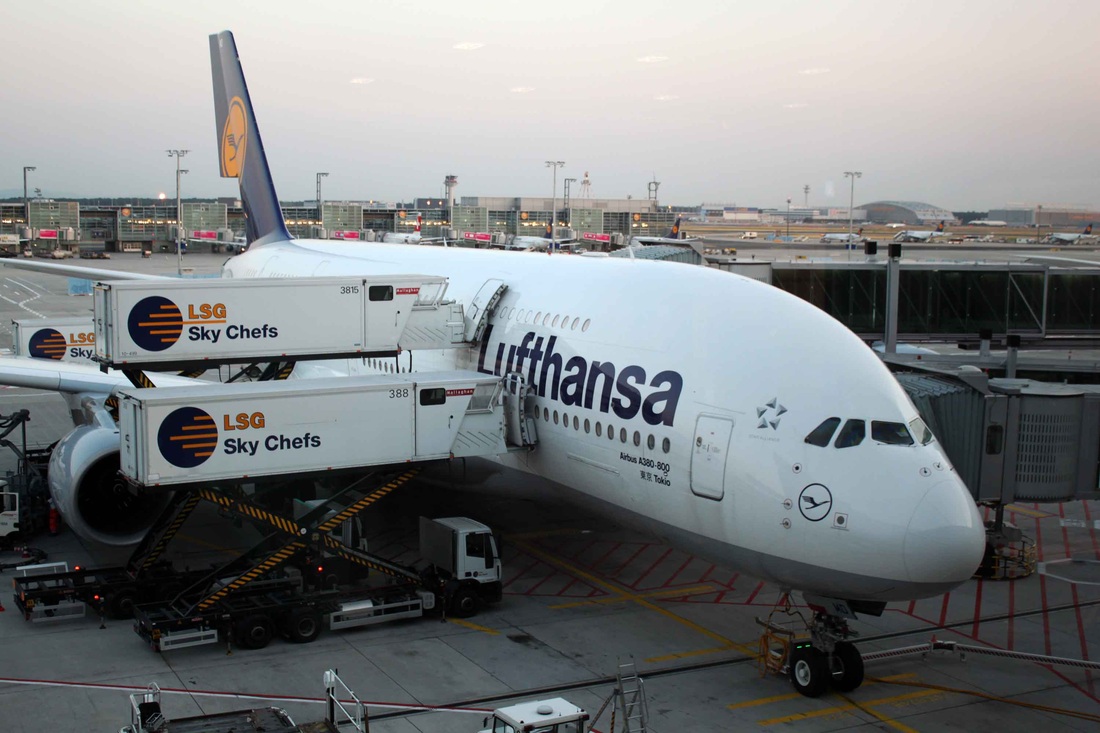
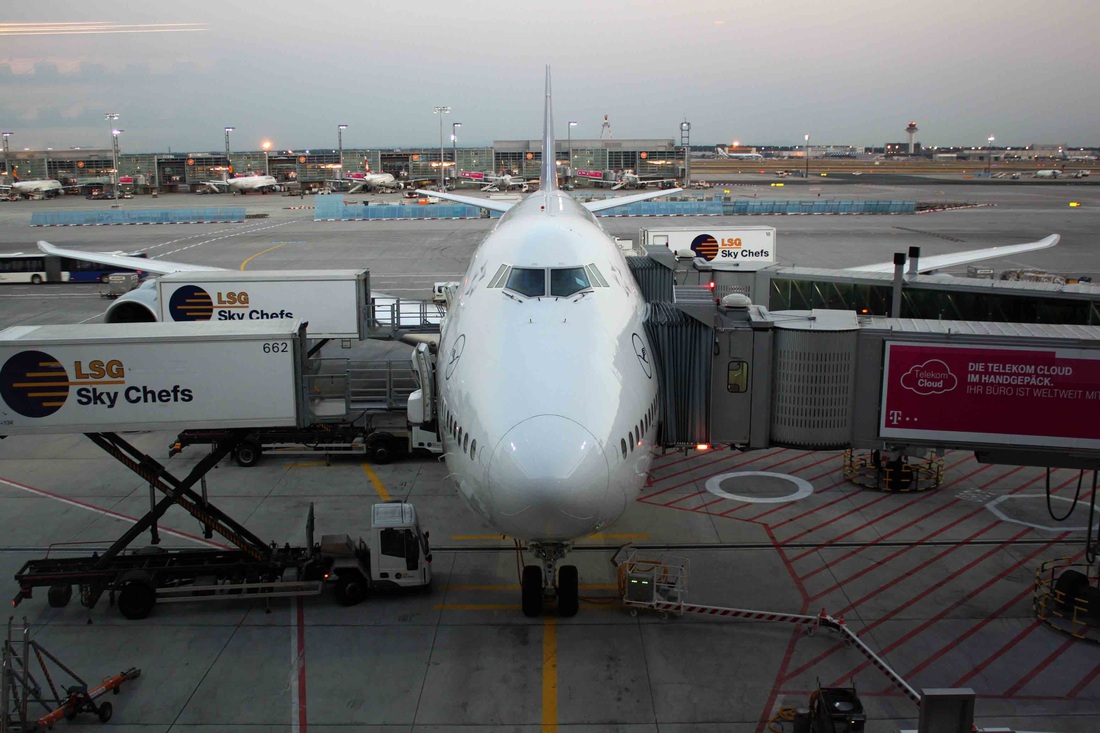
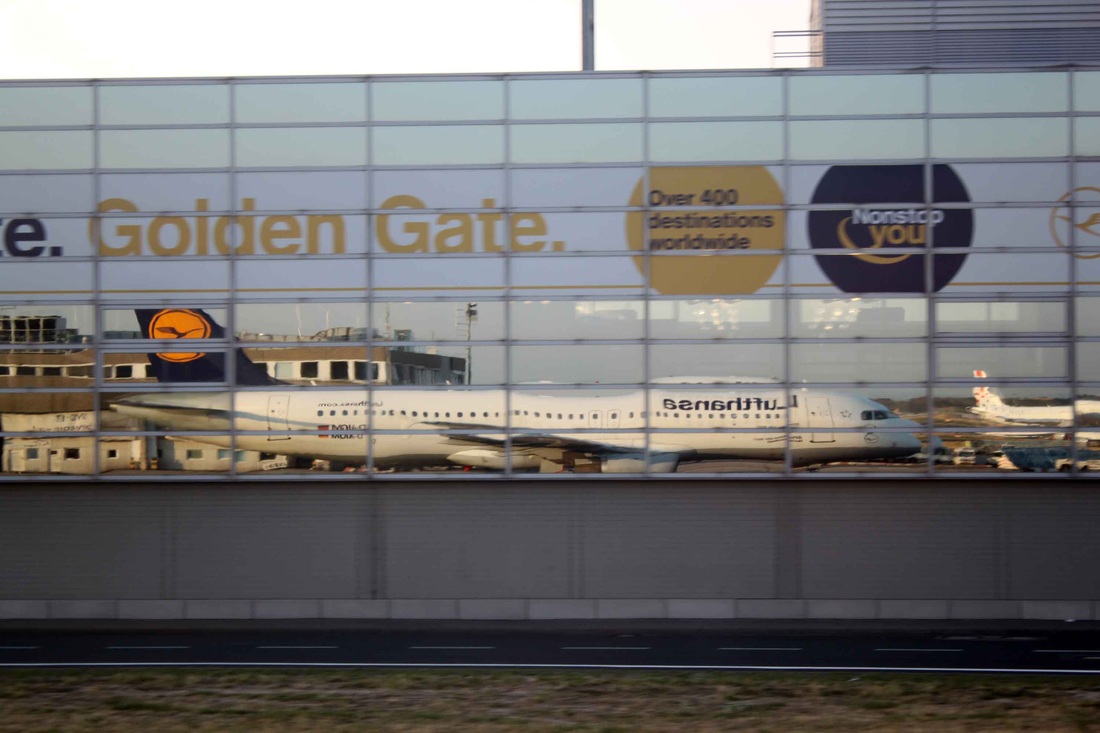
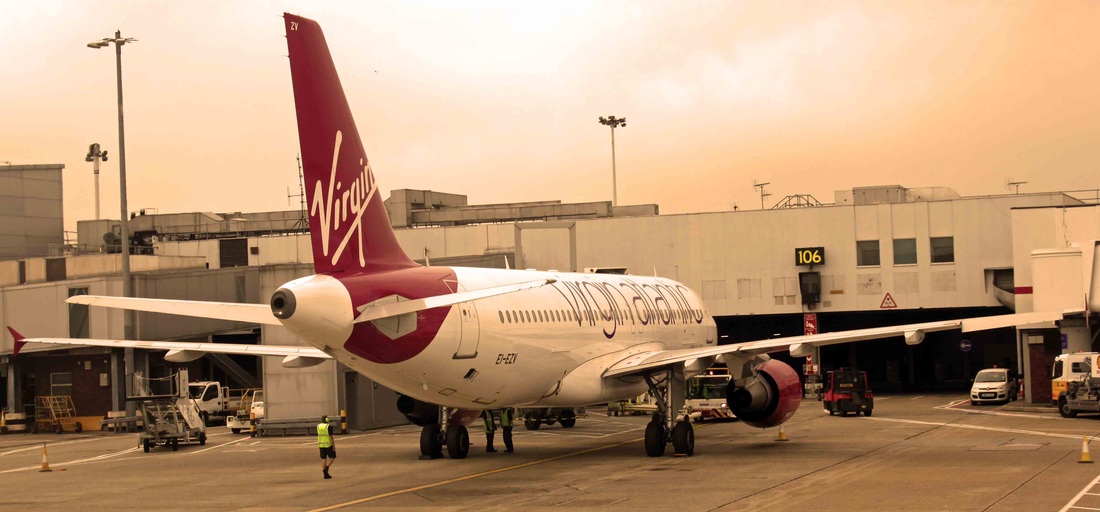
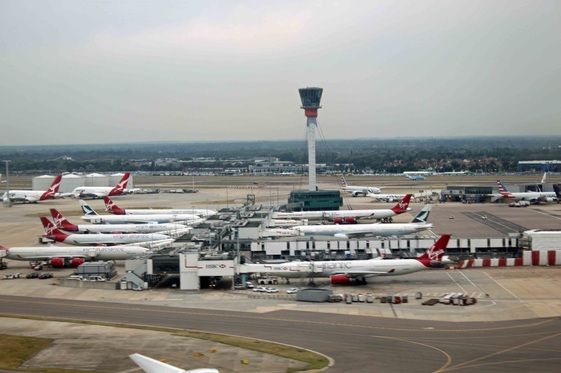
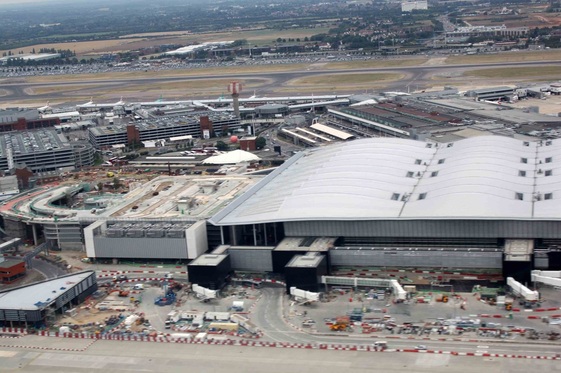
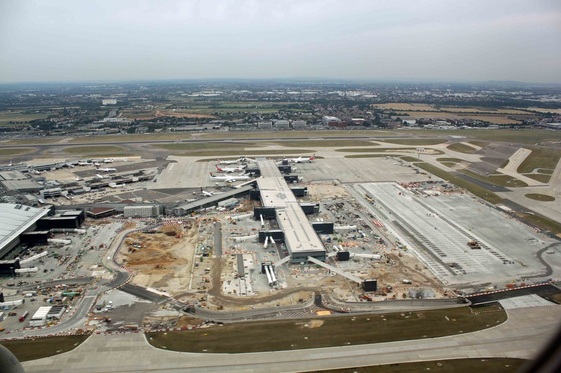
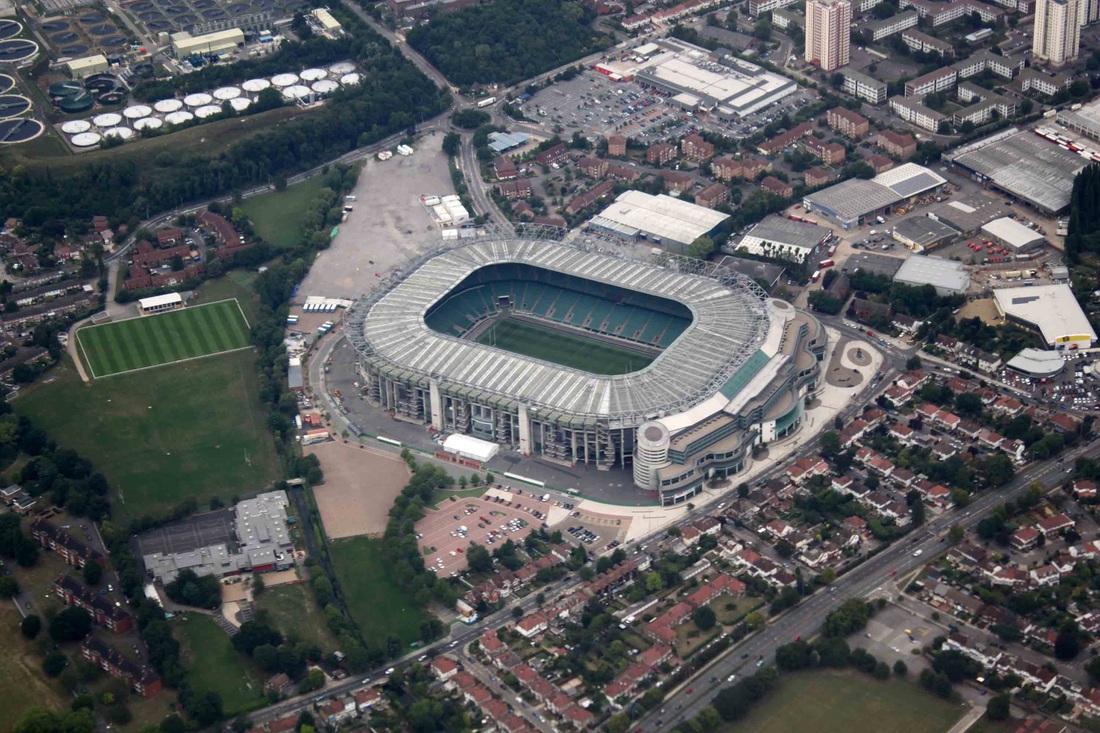
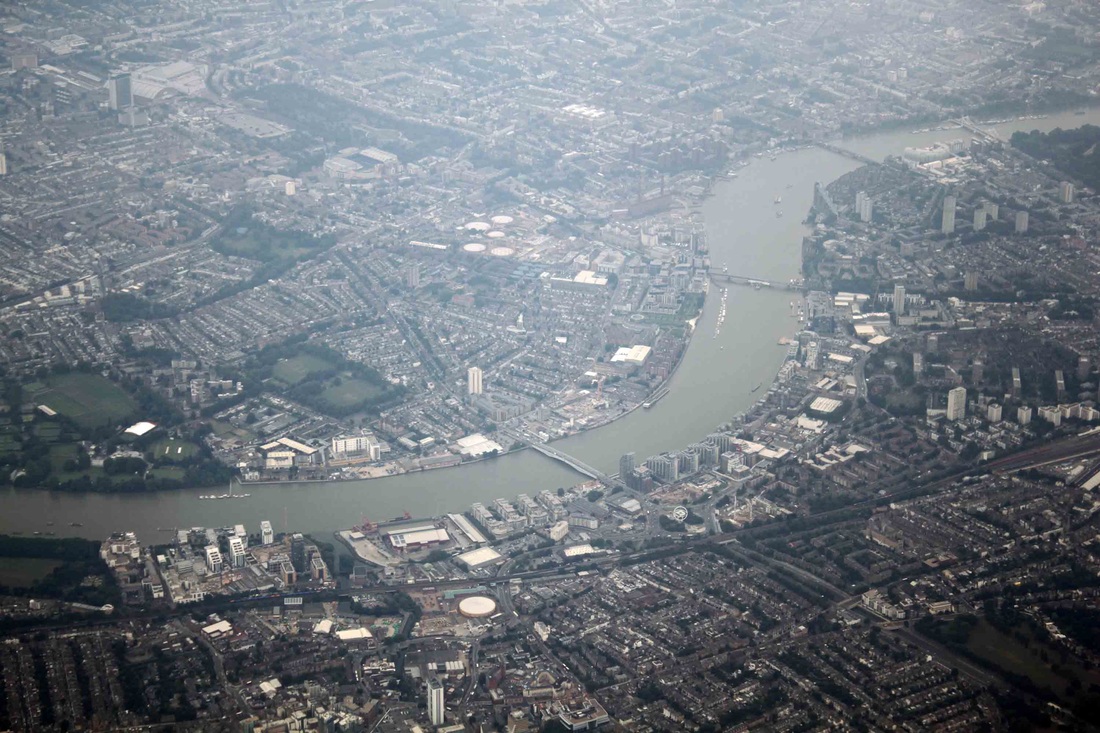
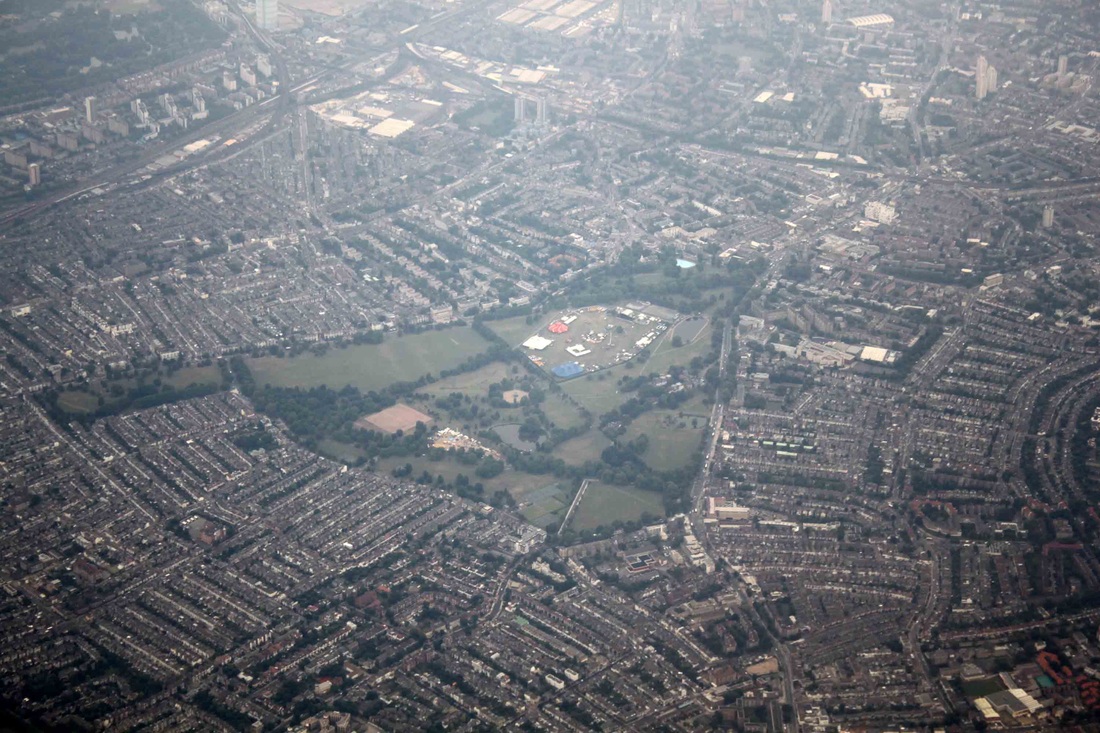
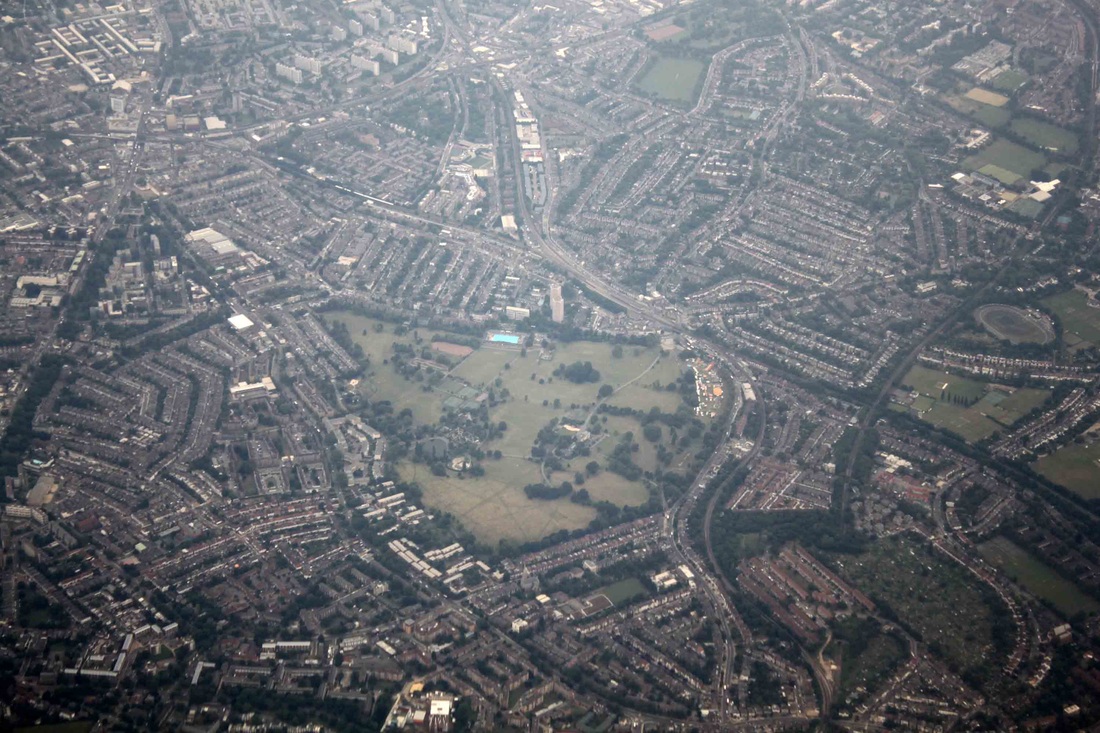
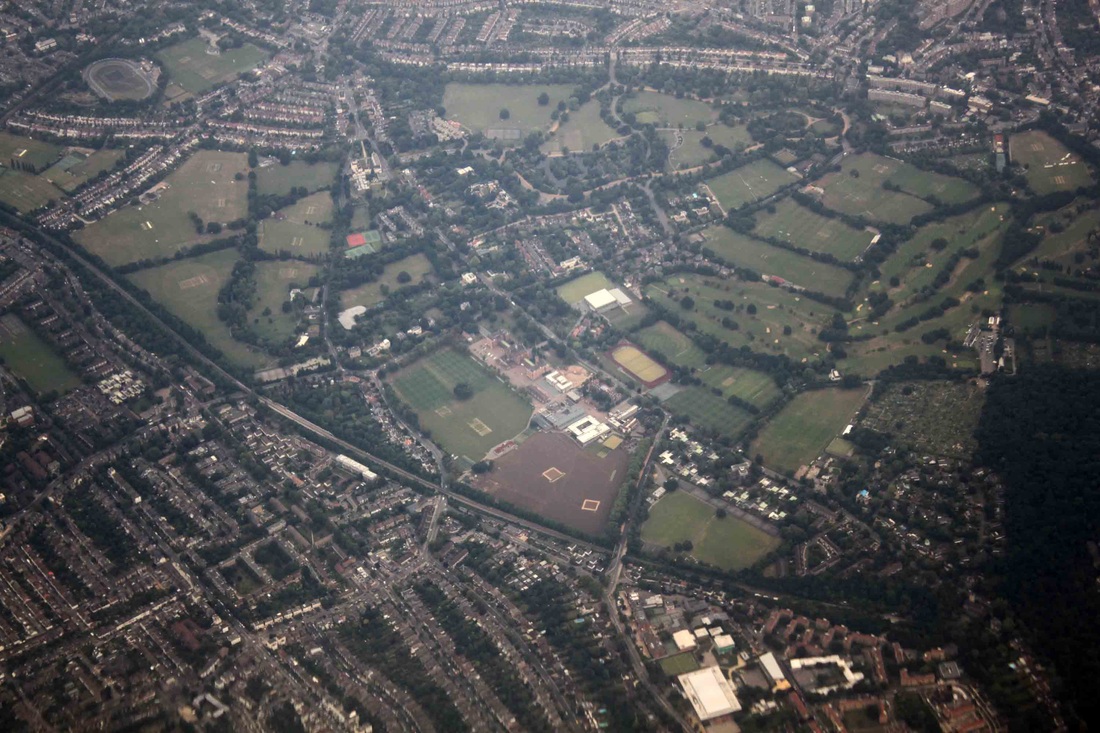



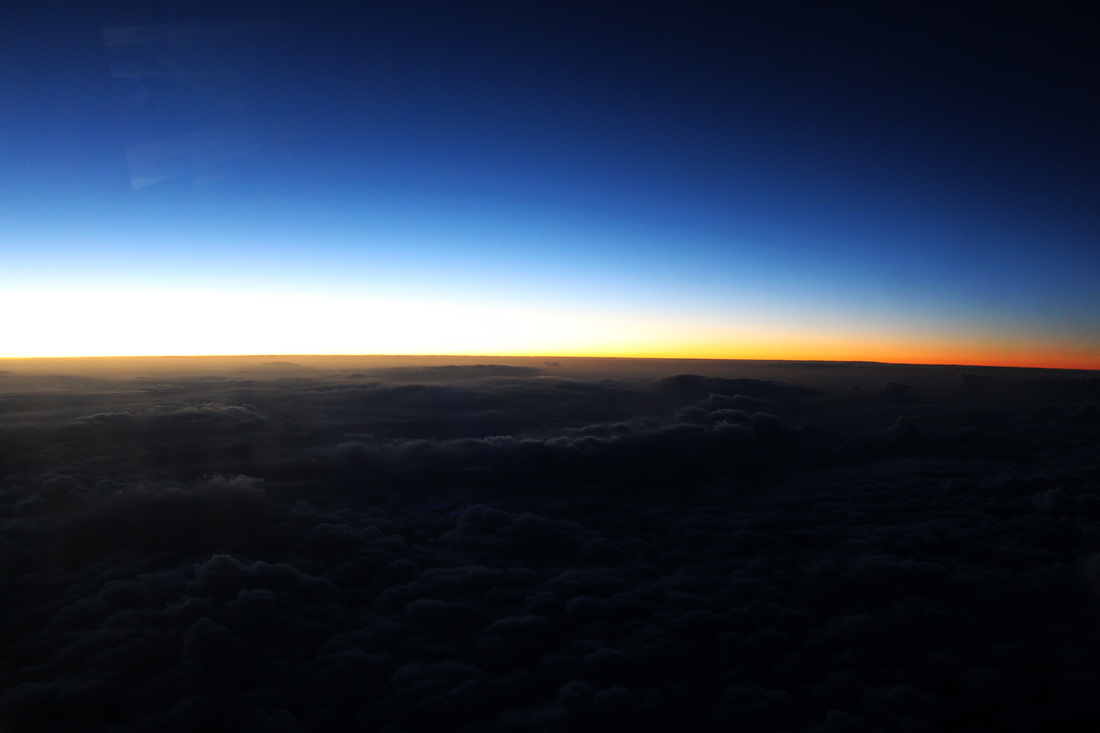
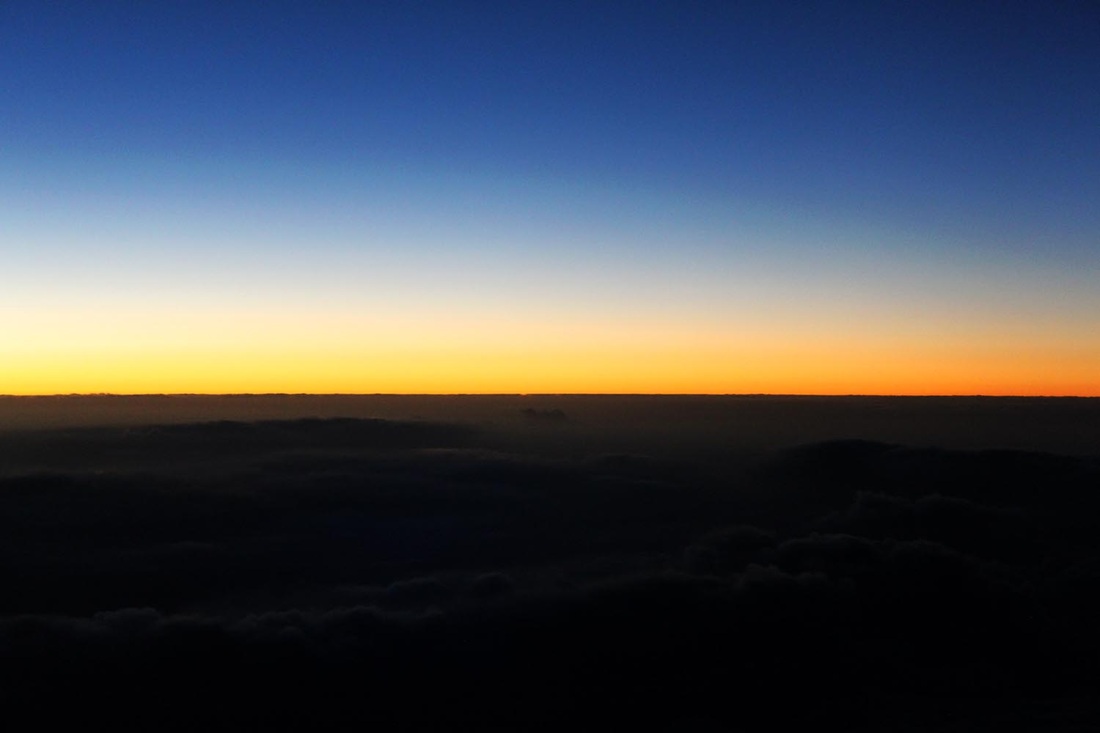
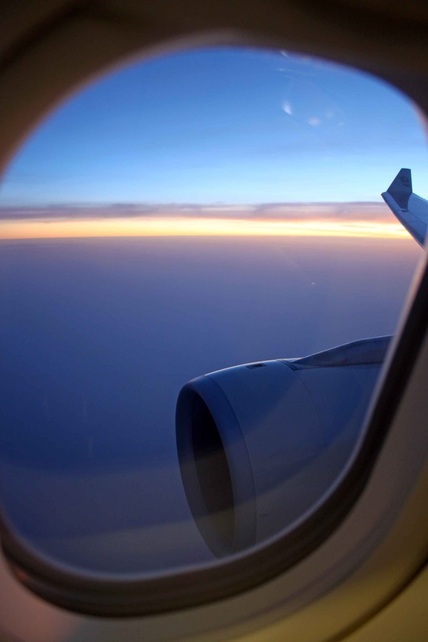
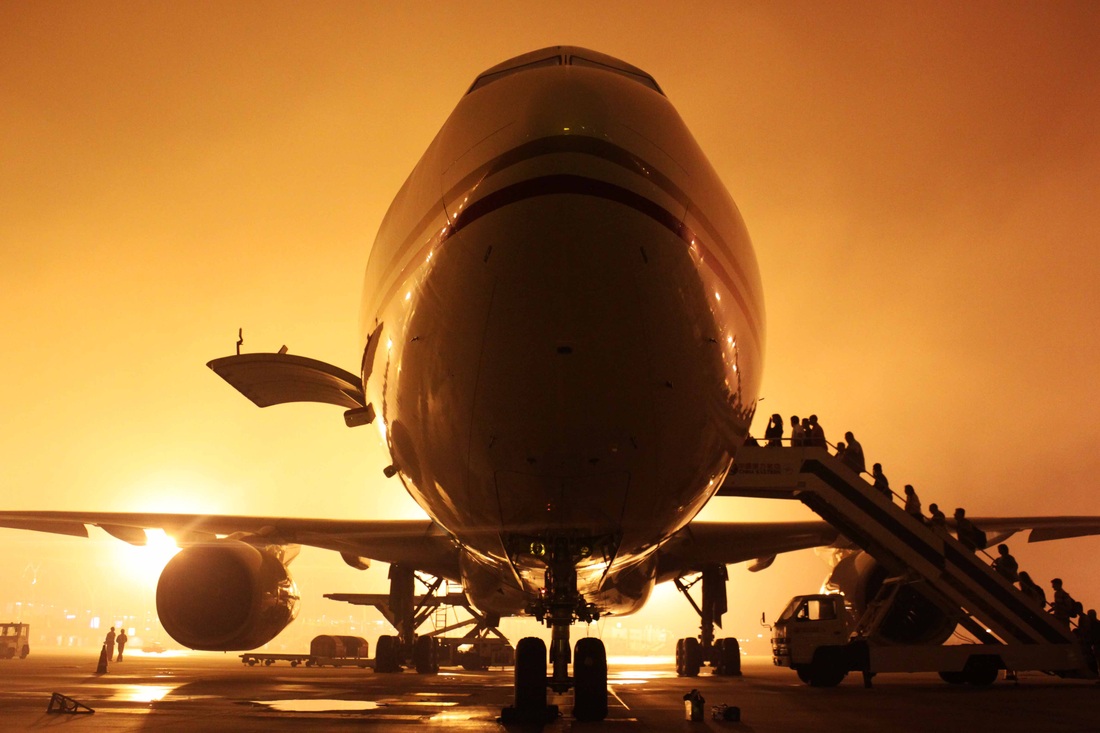
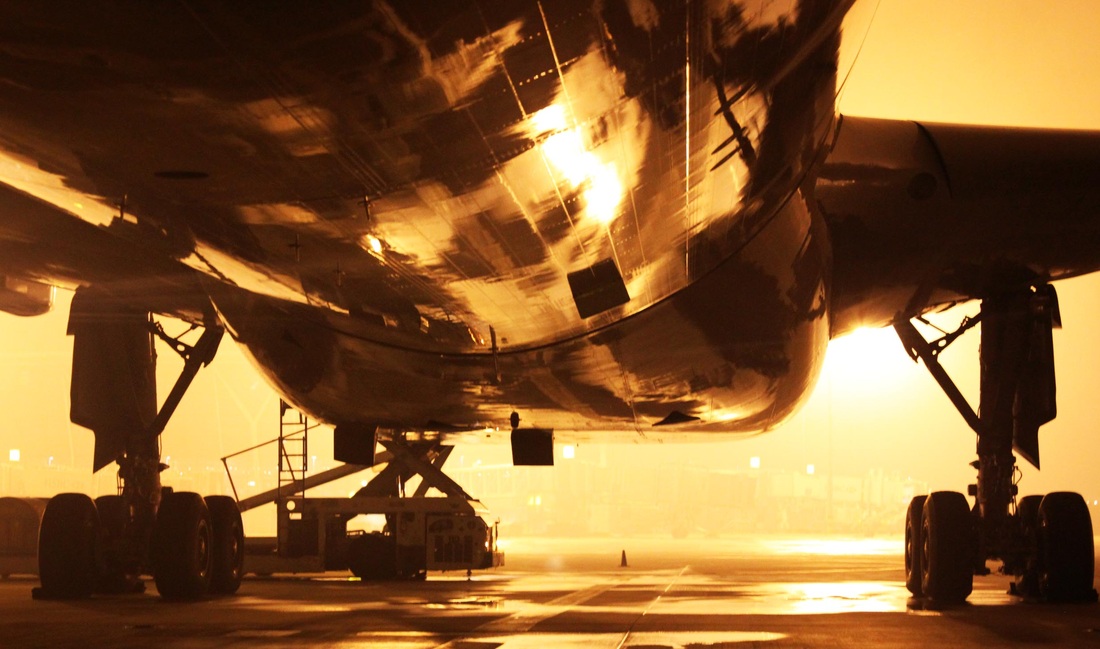

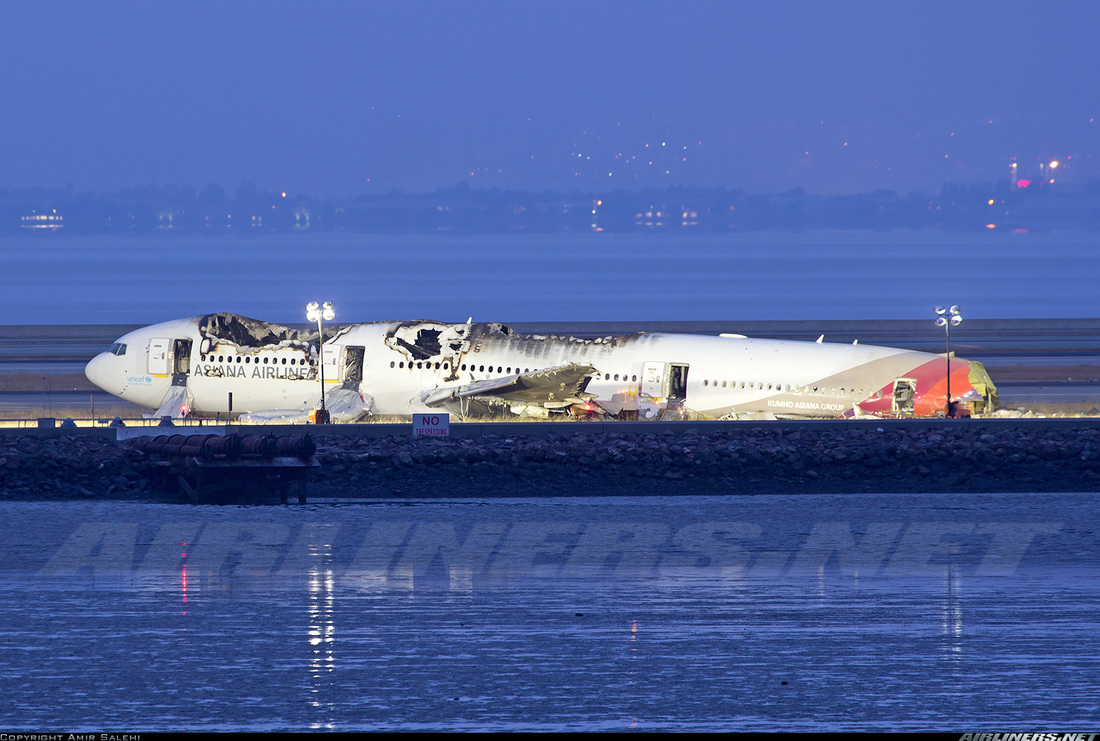
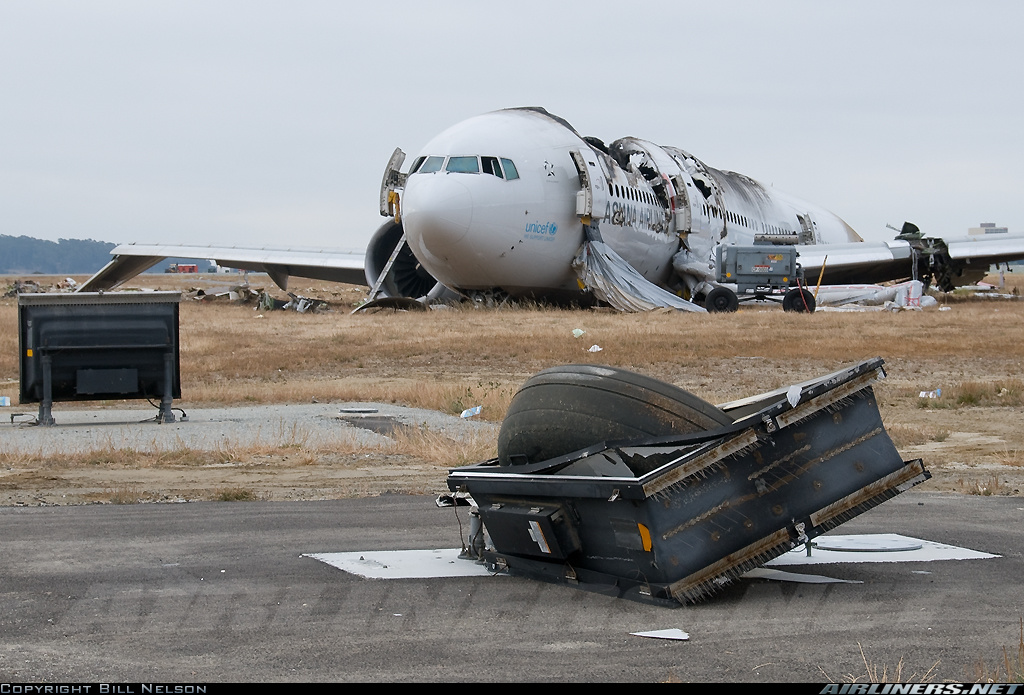

 RSS Feed
RSS Feed



